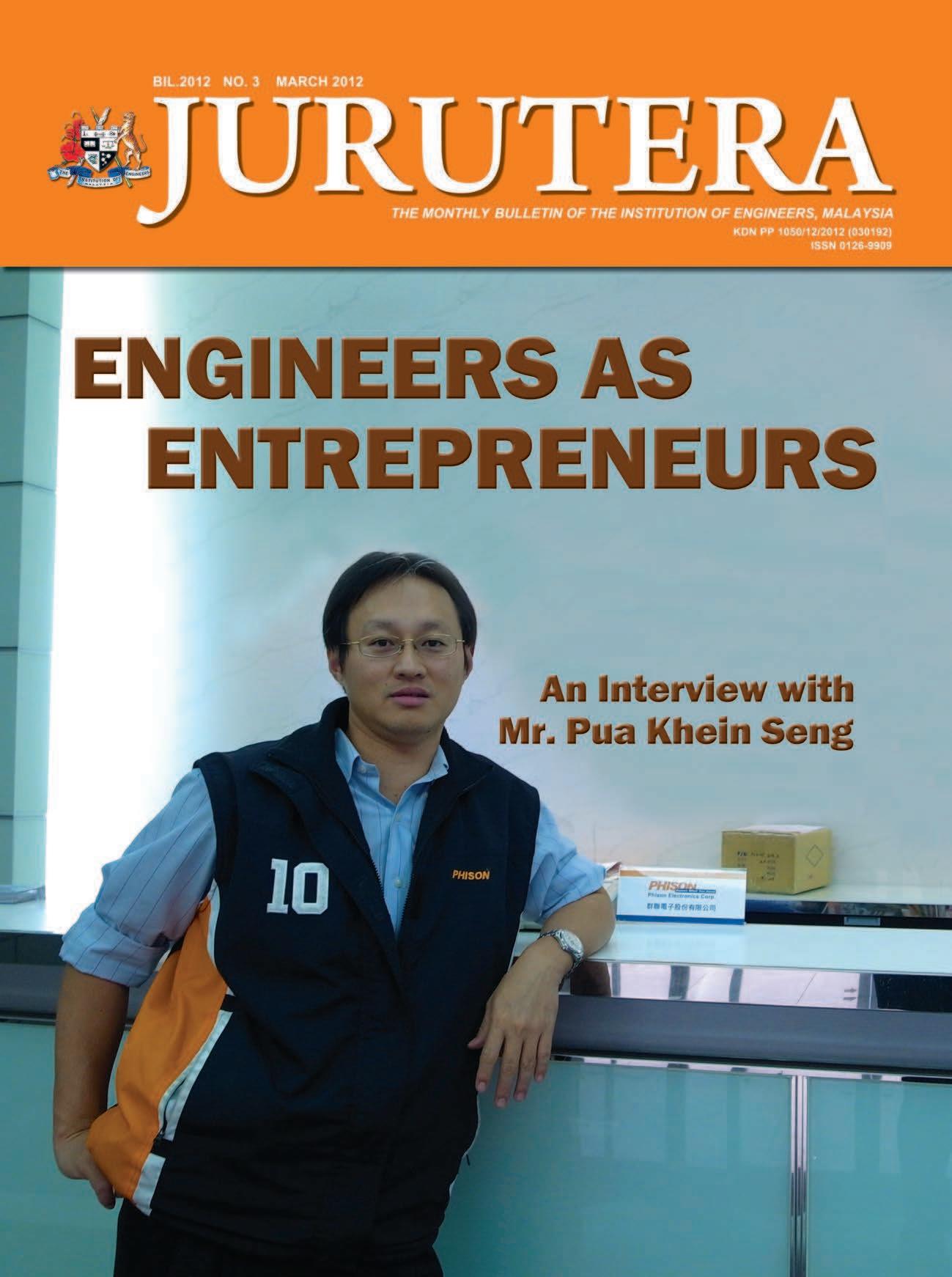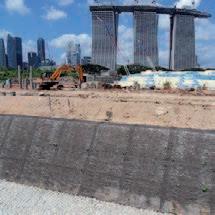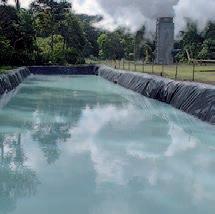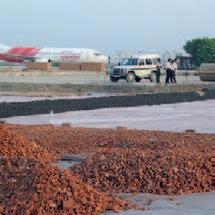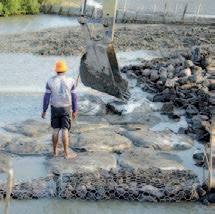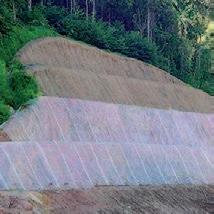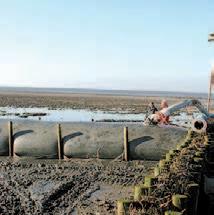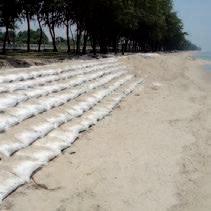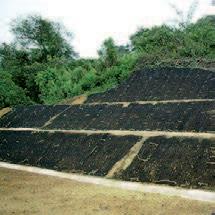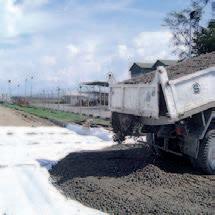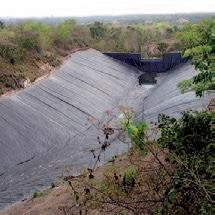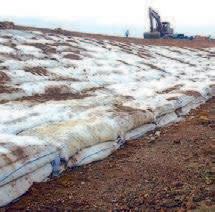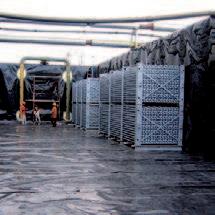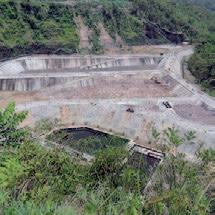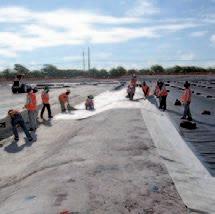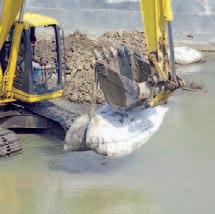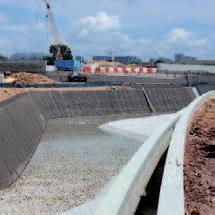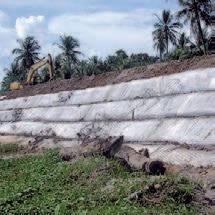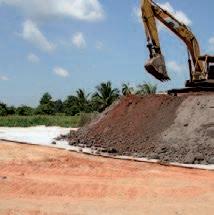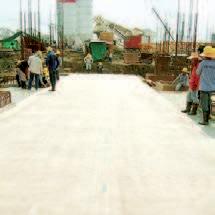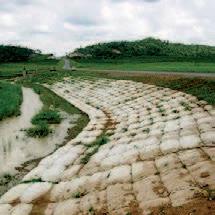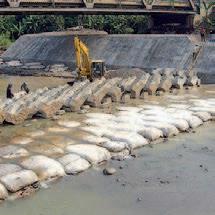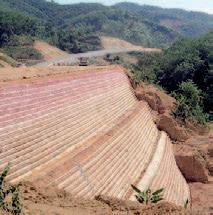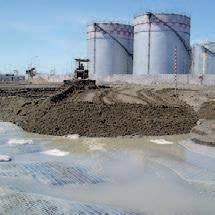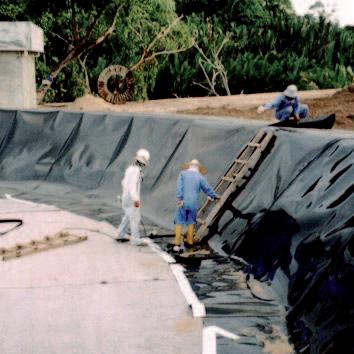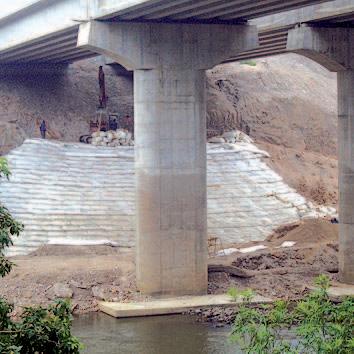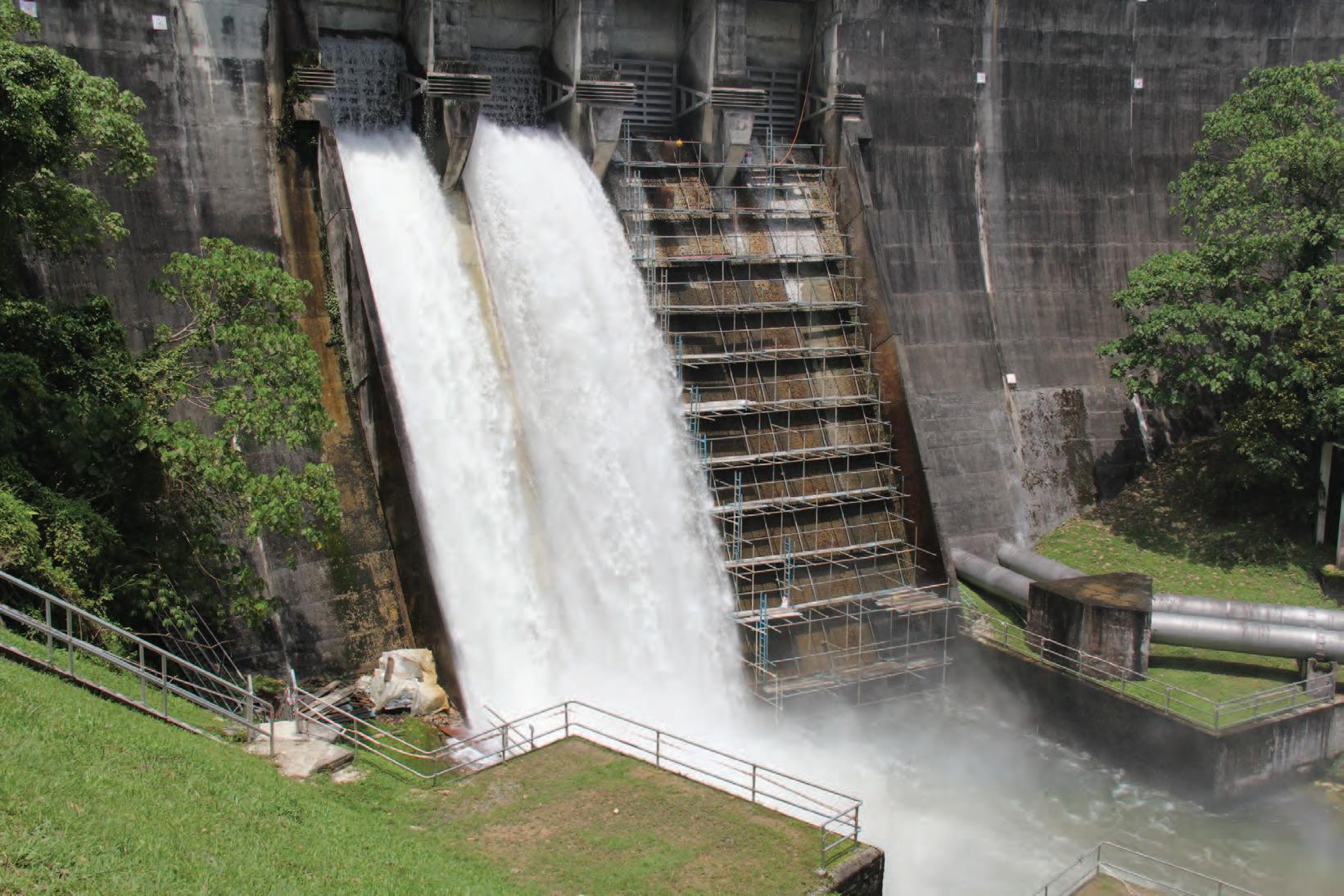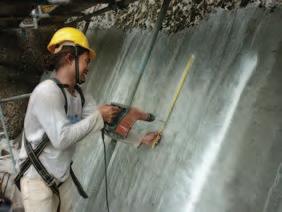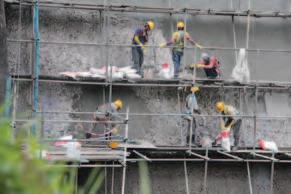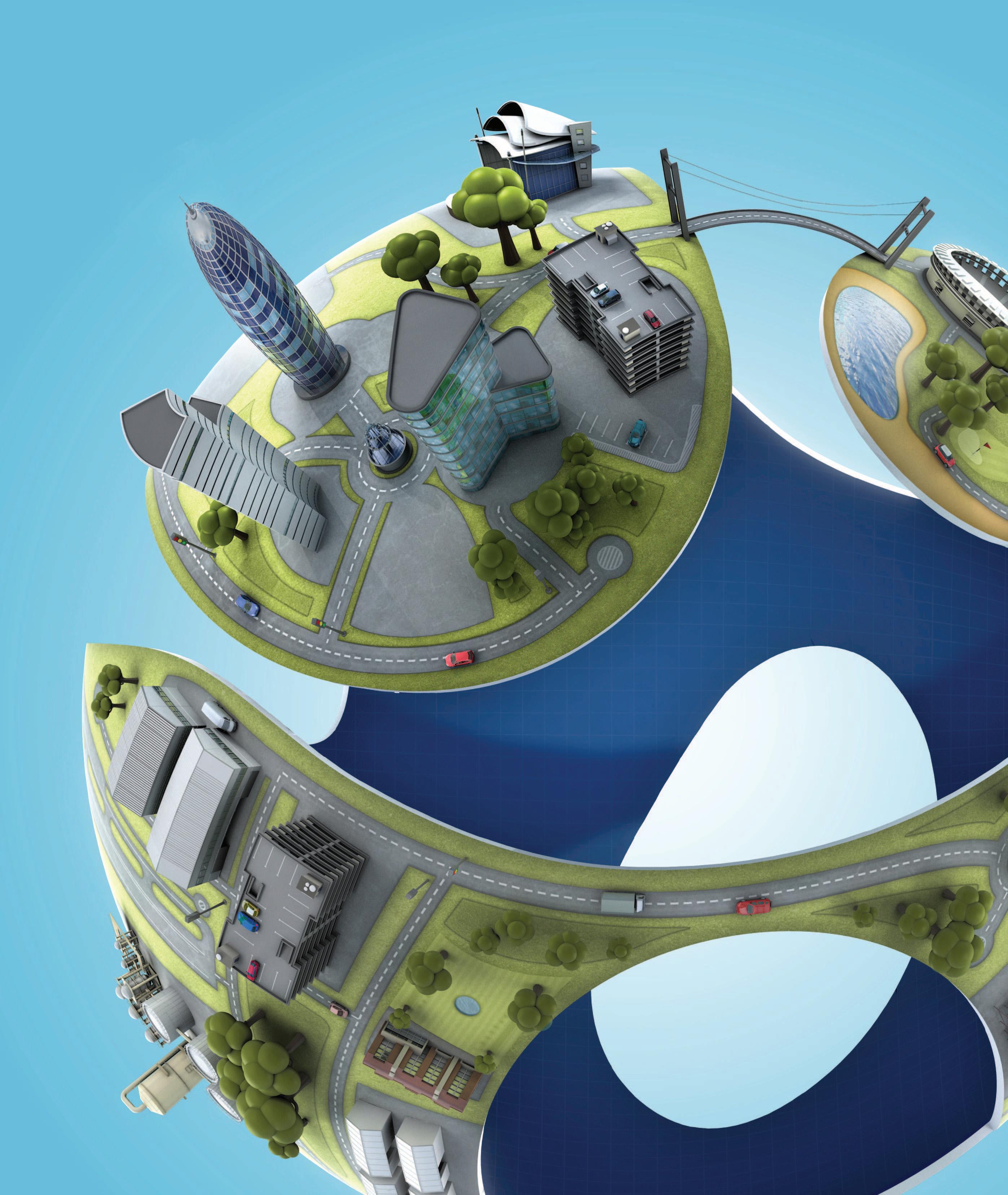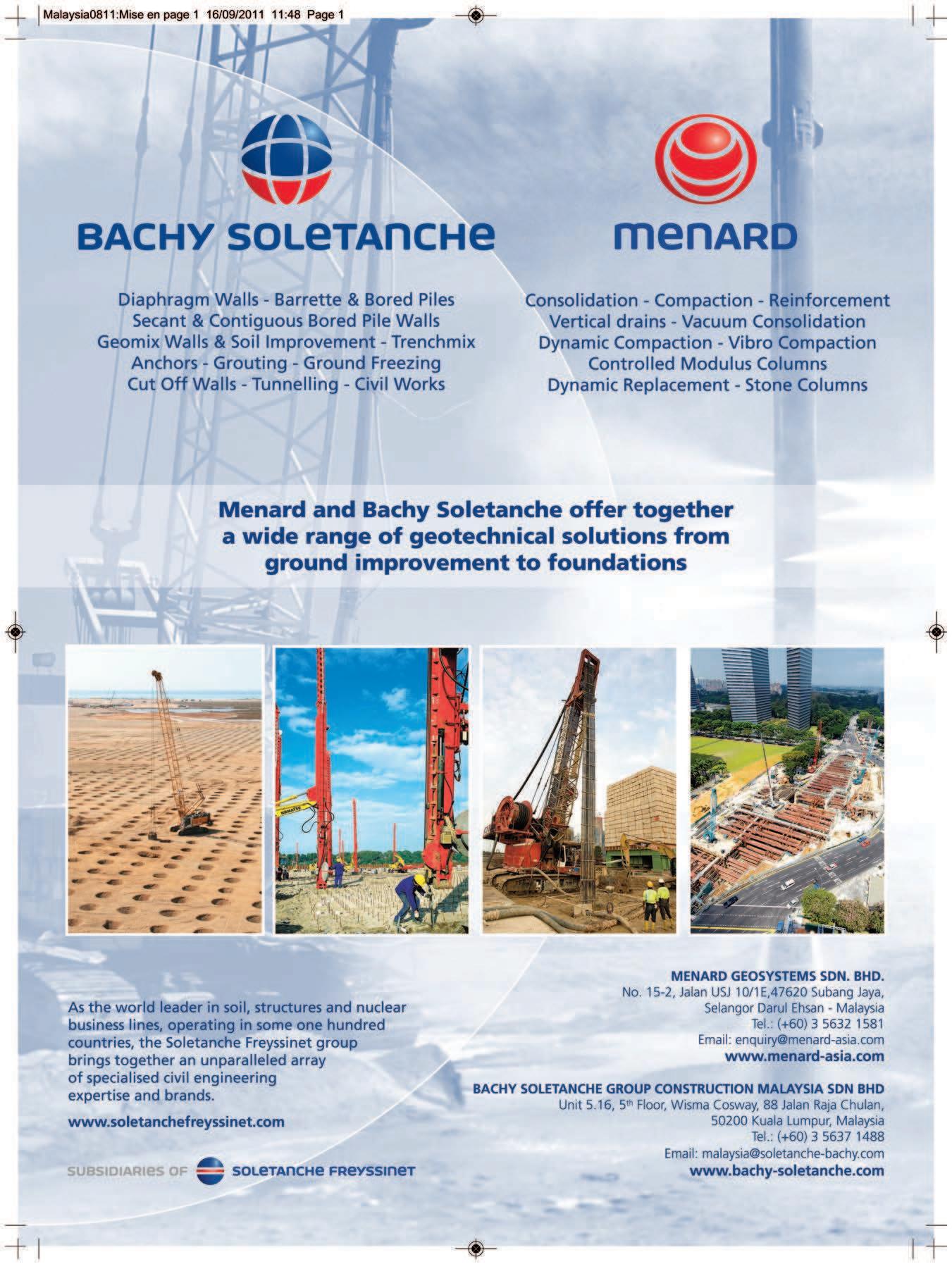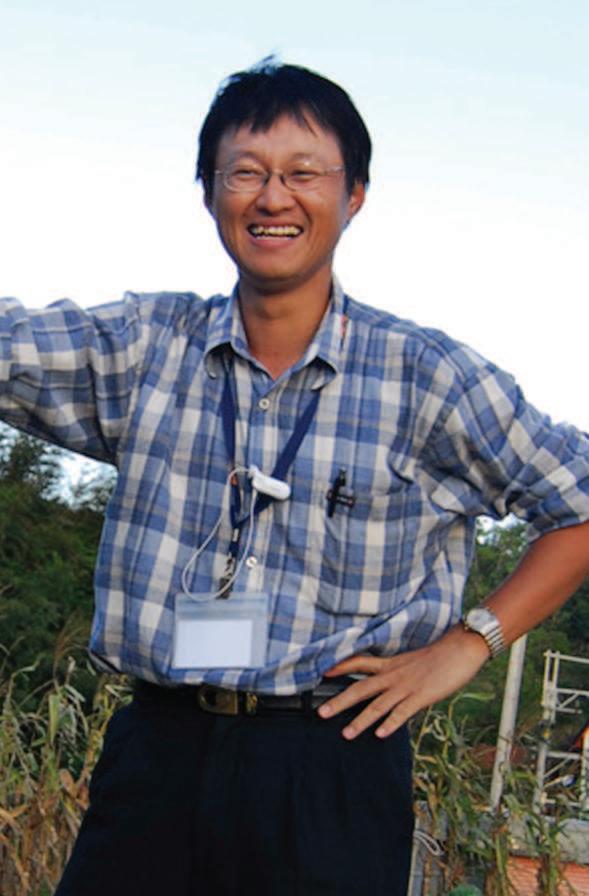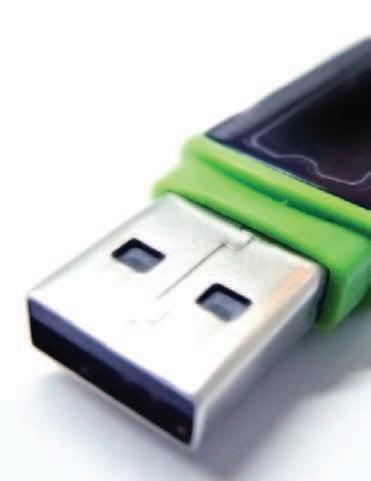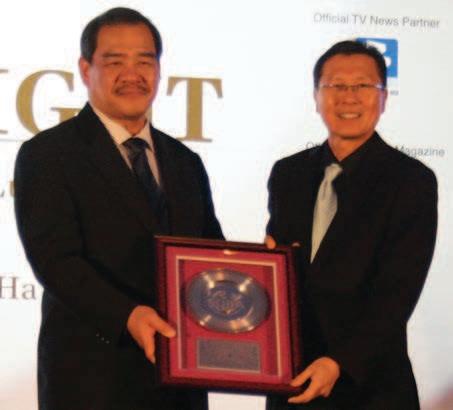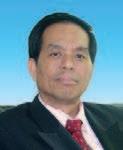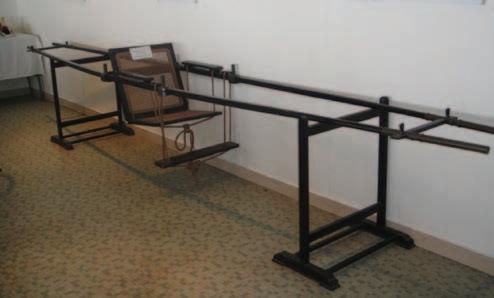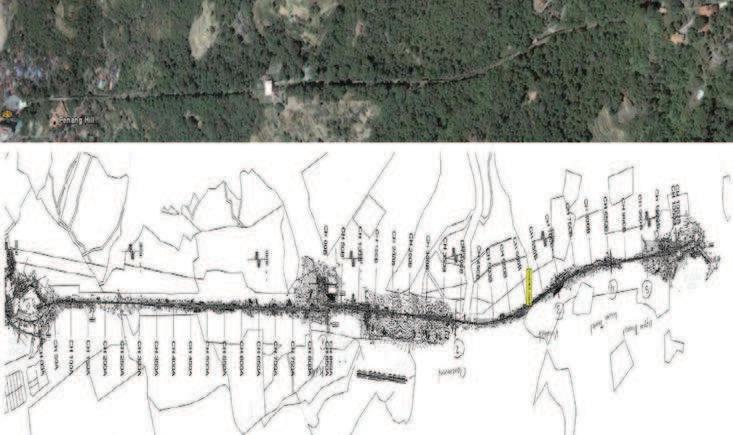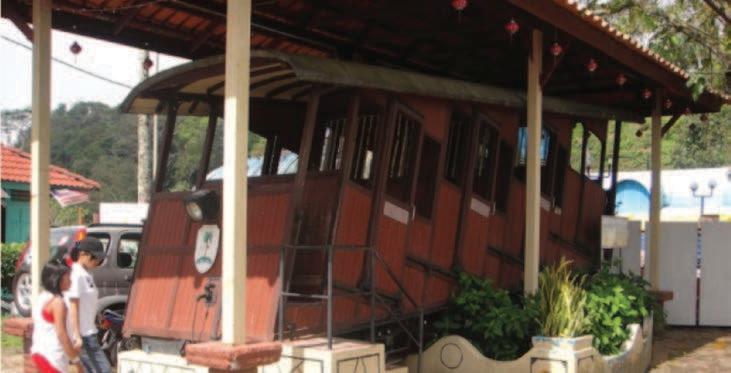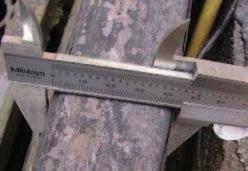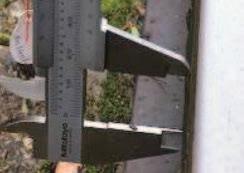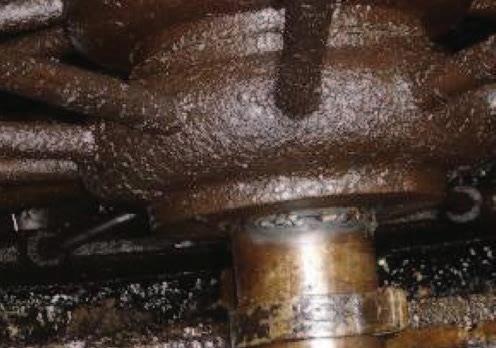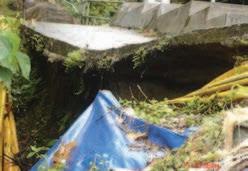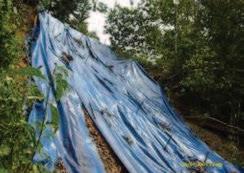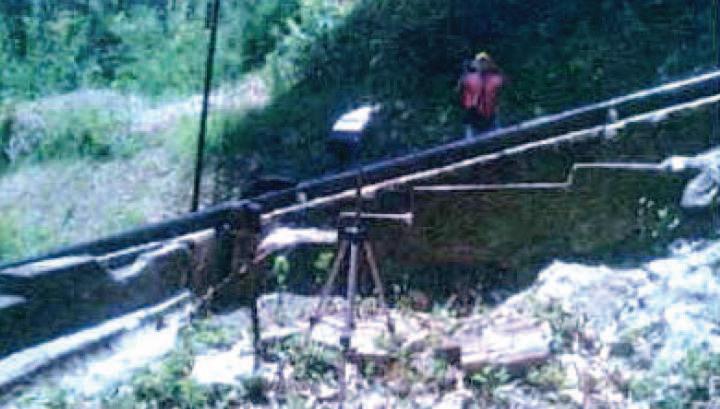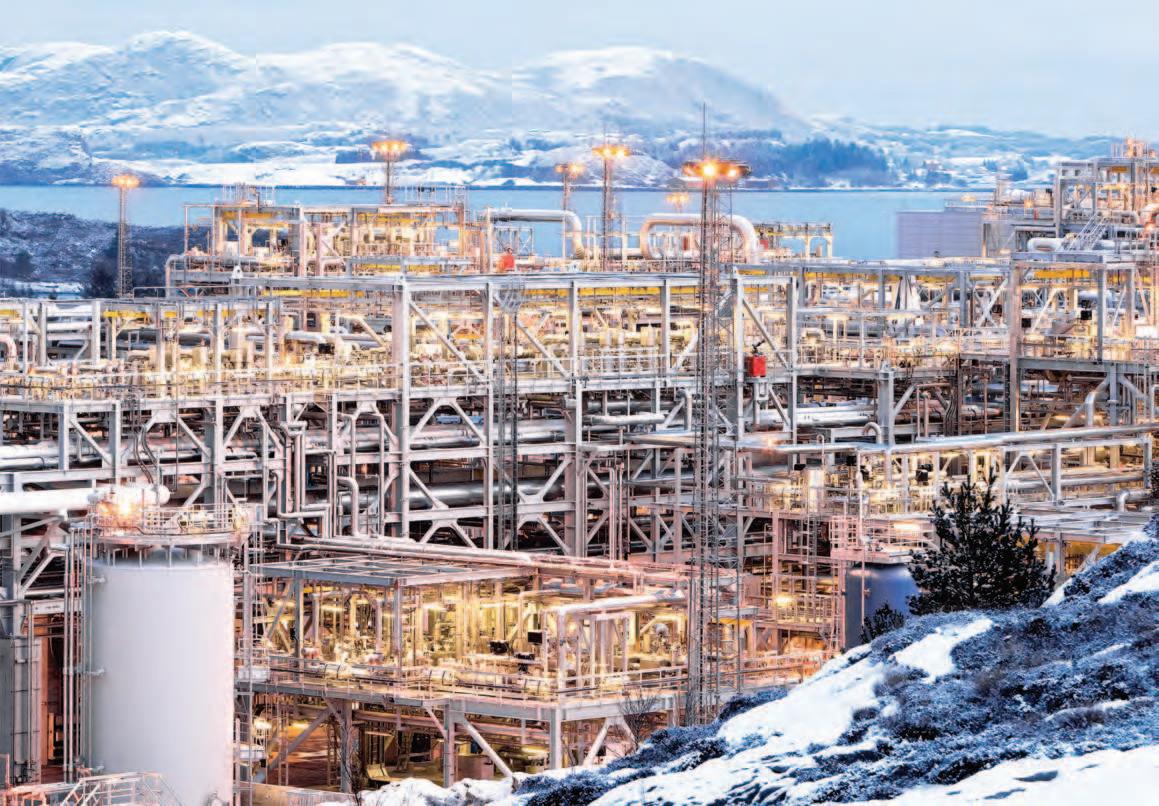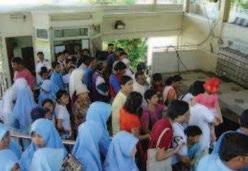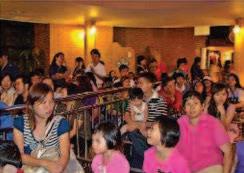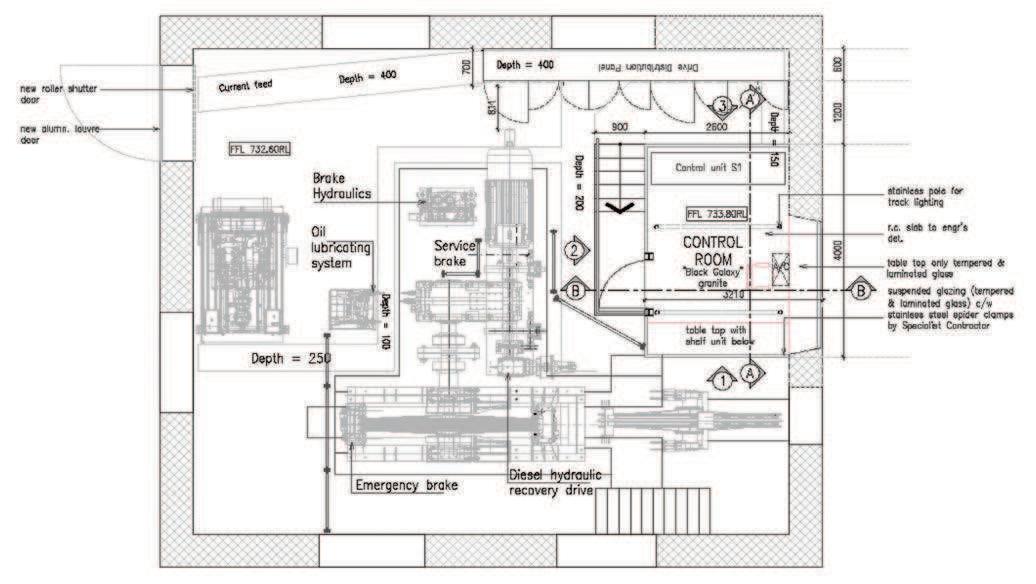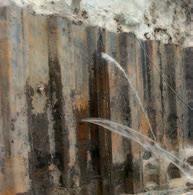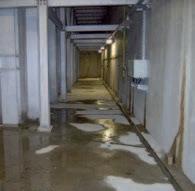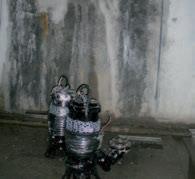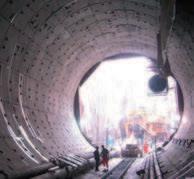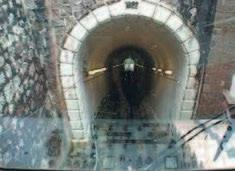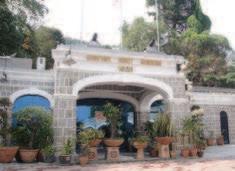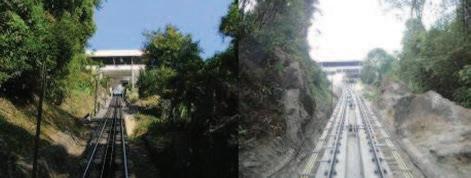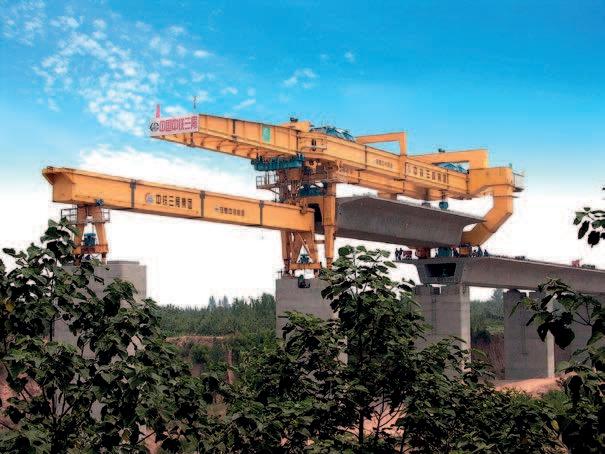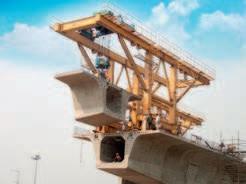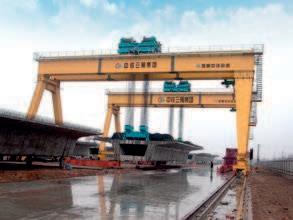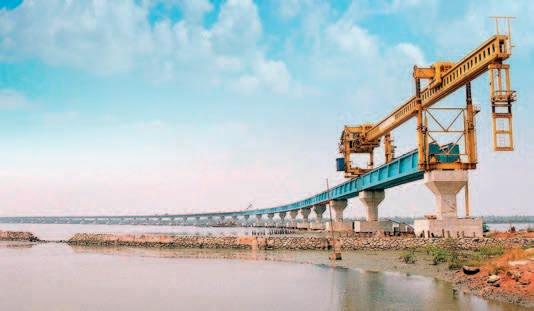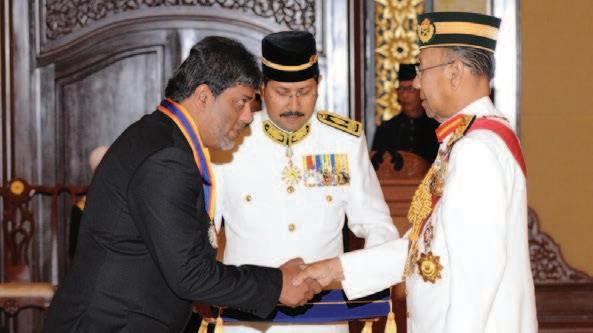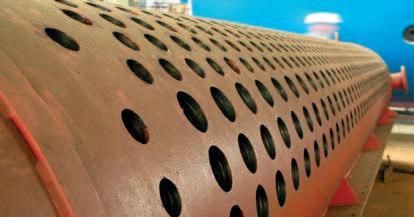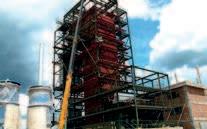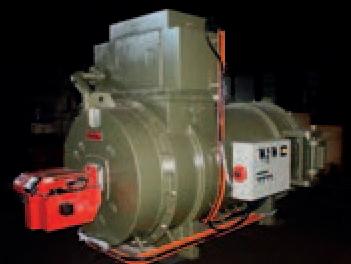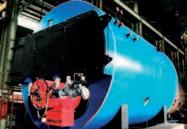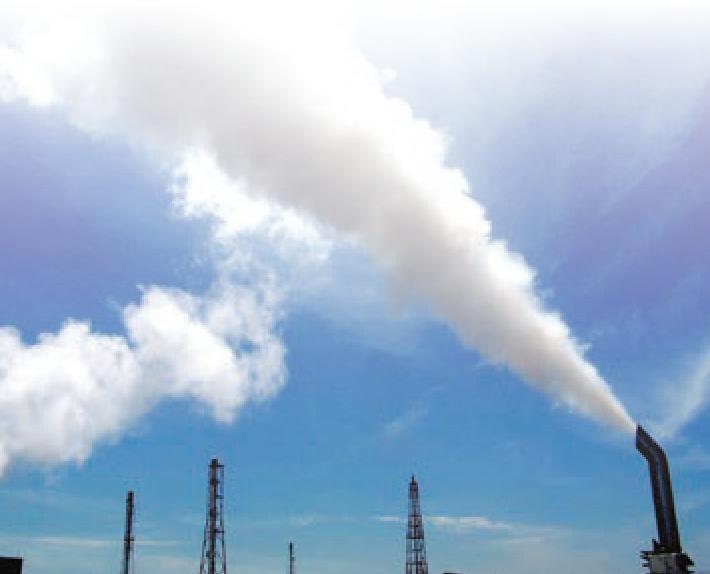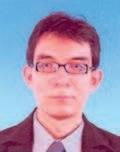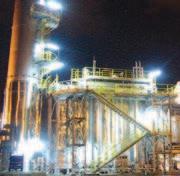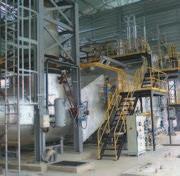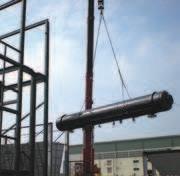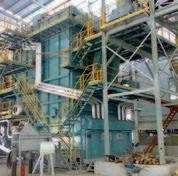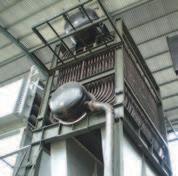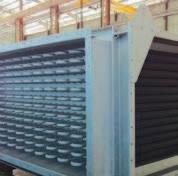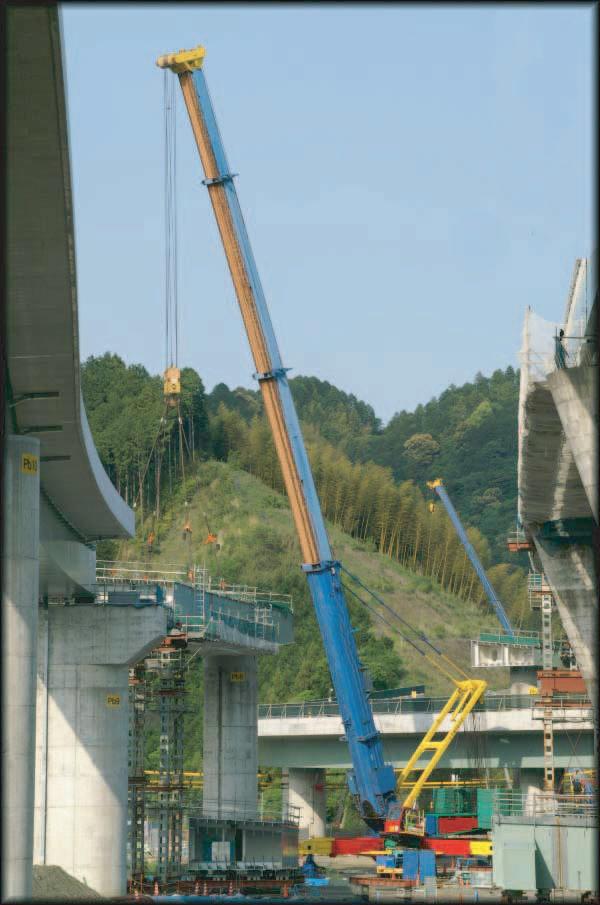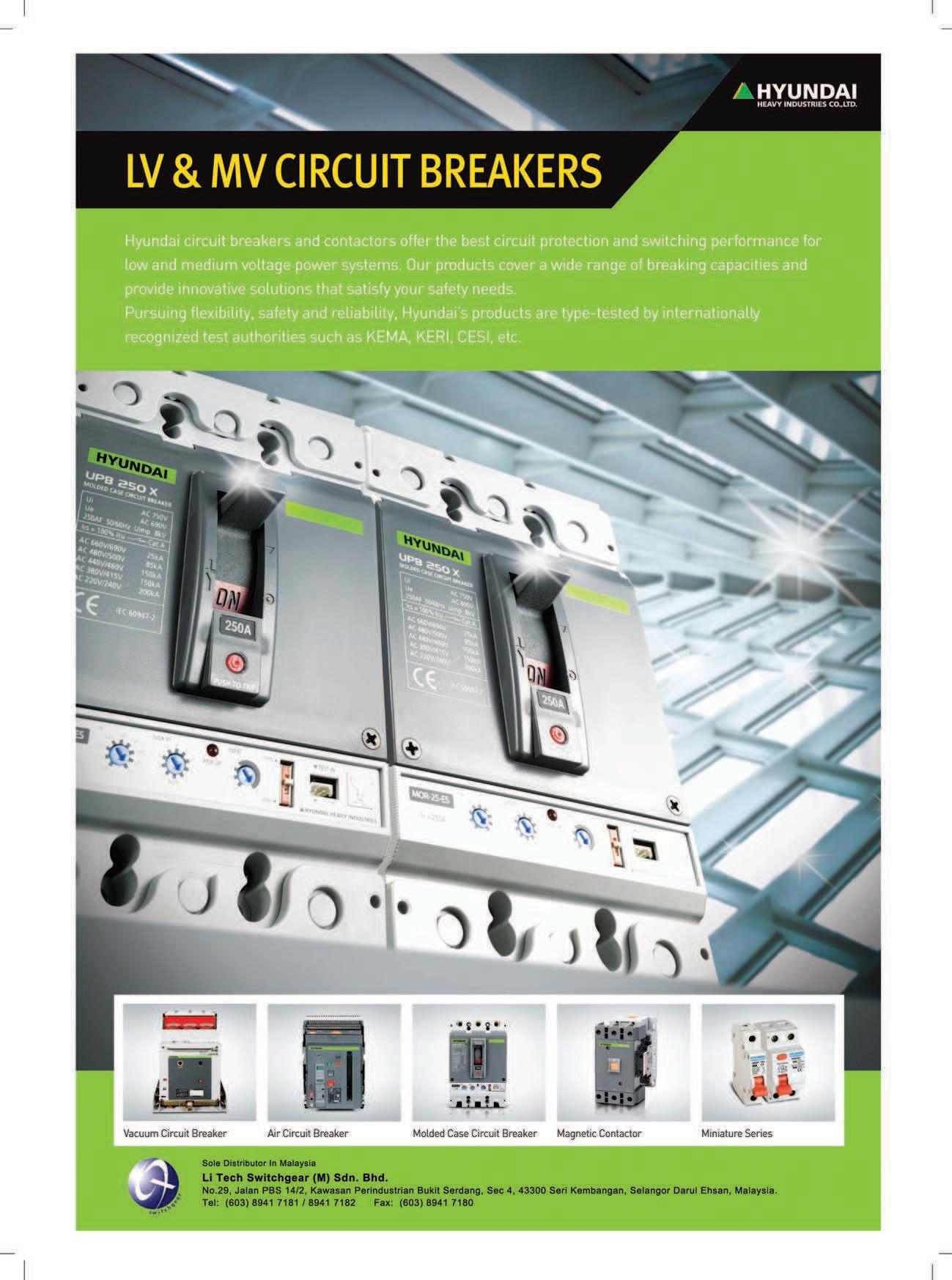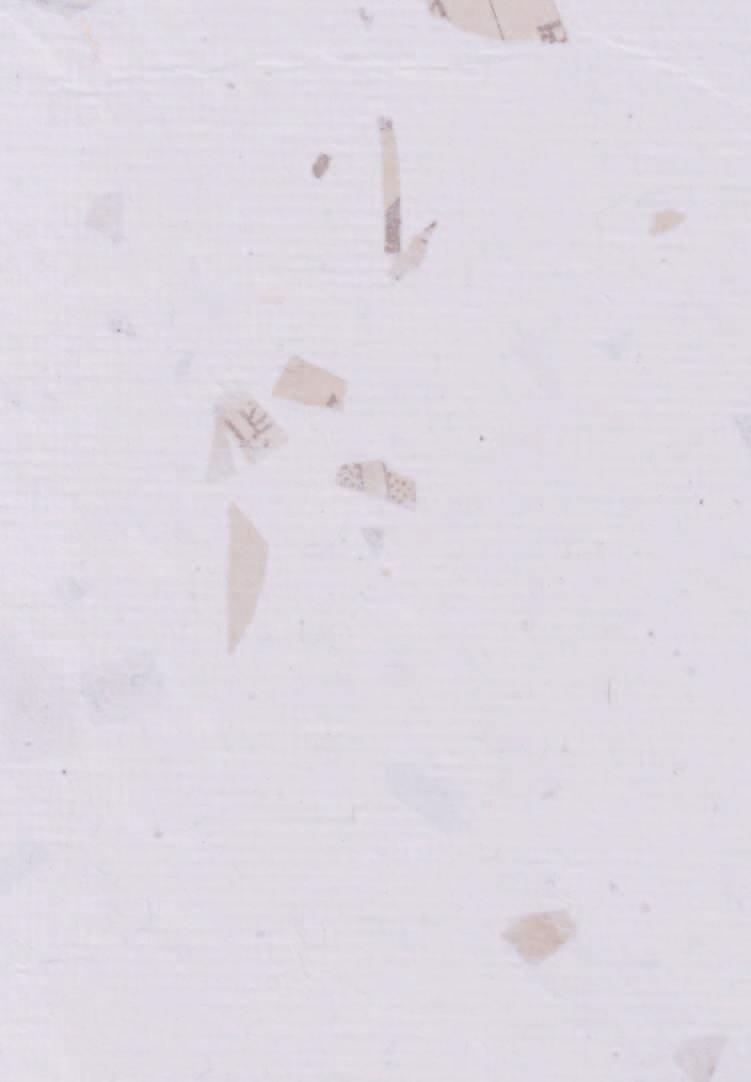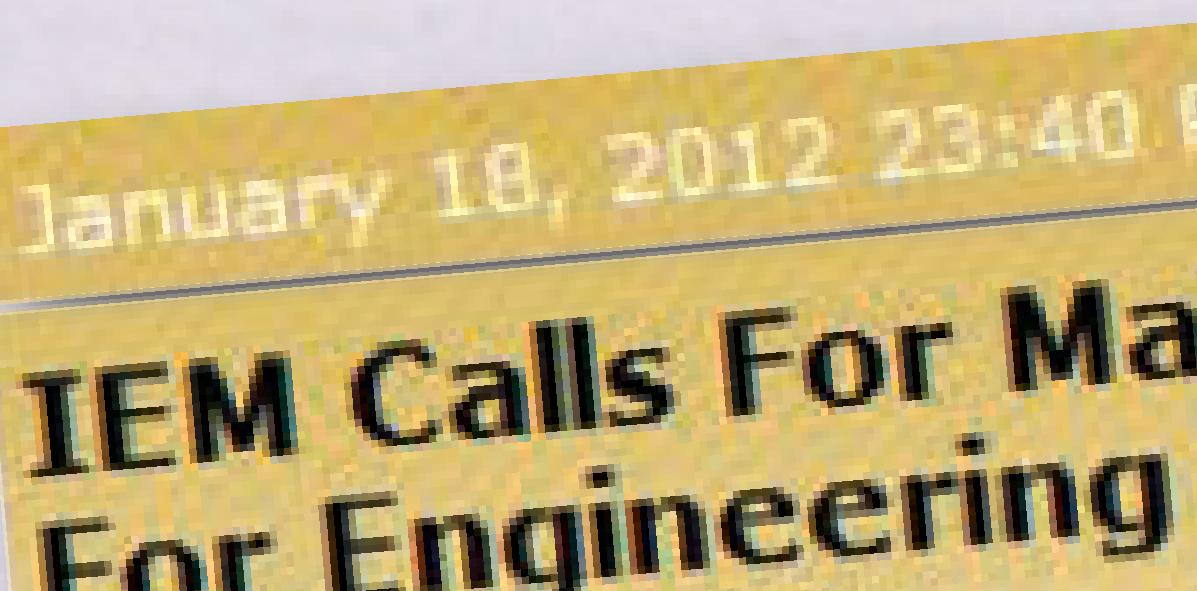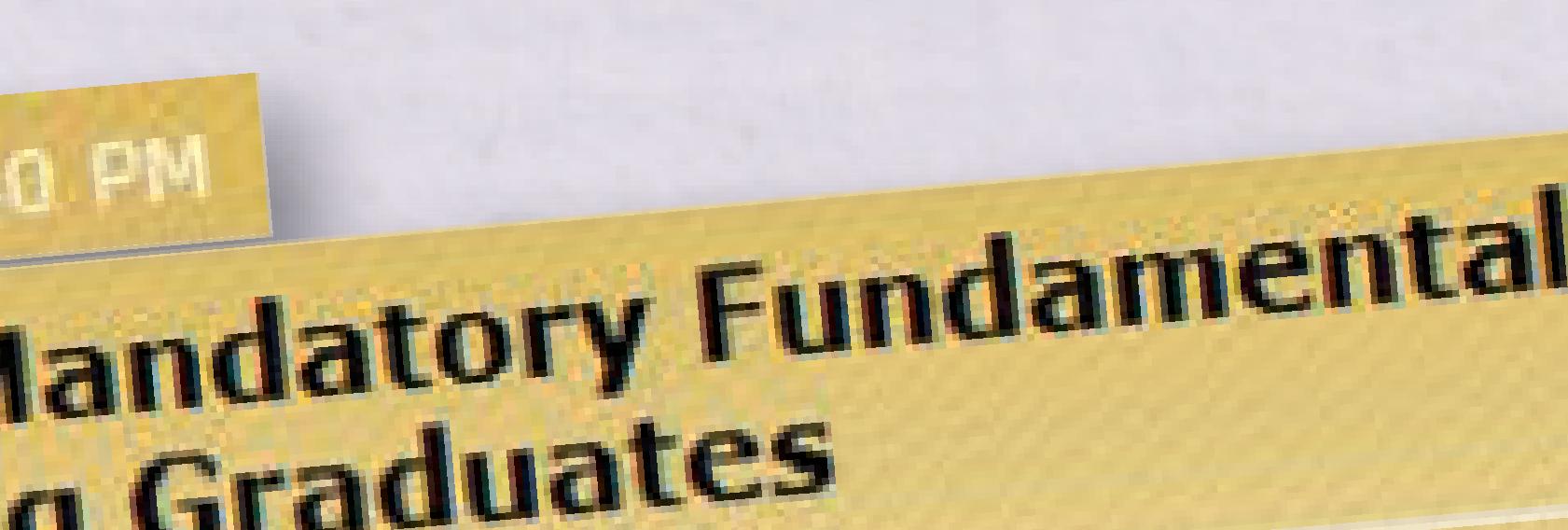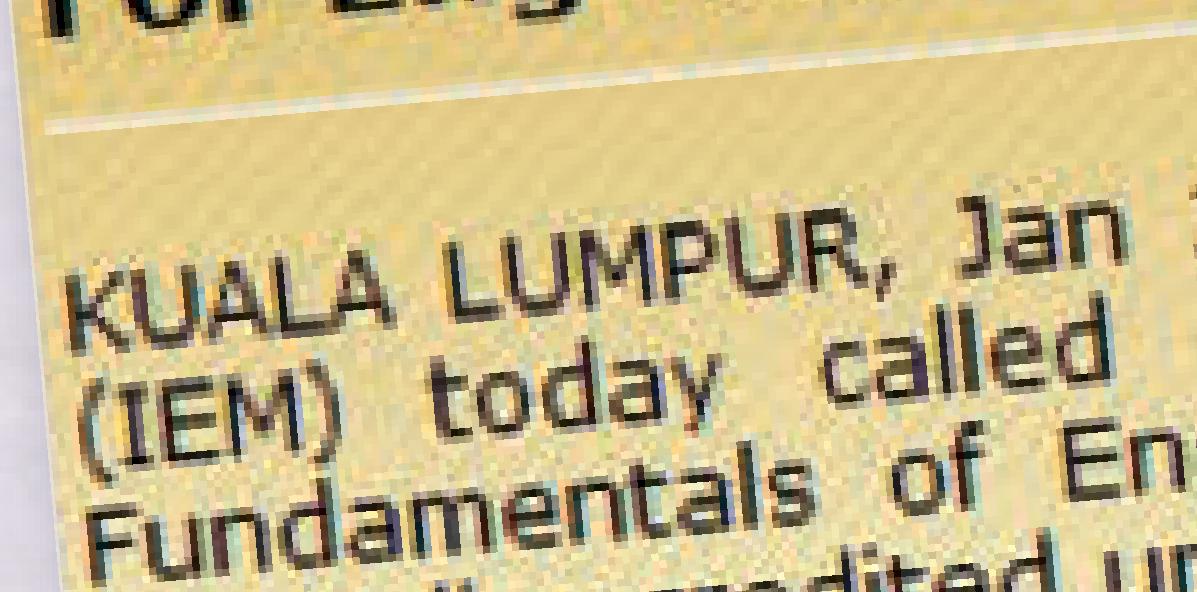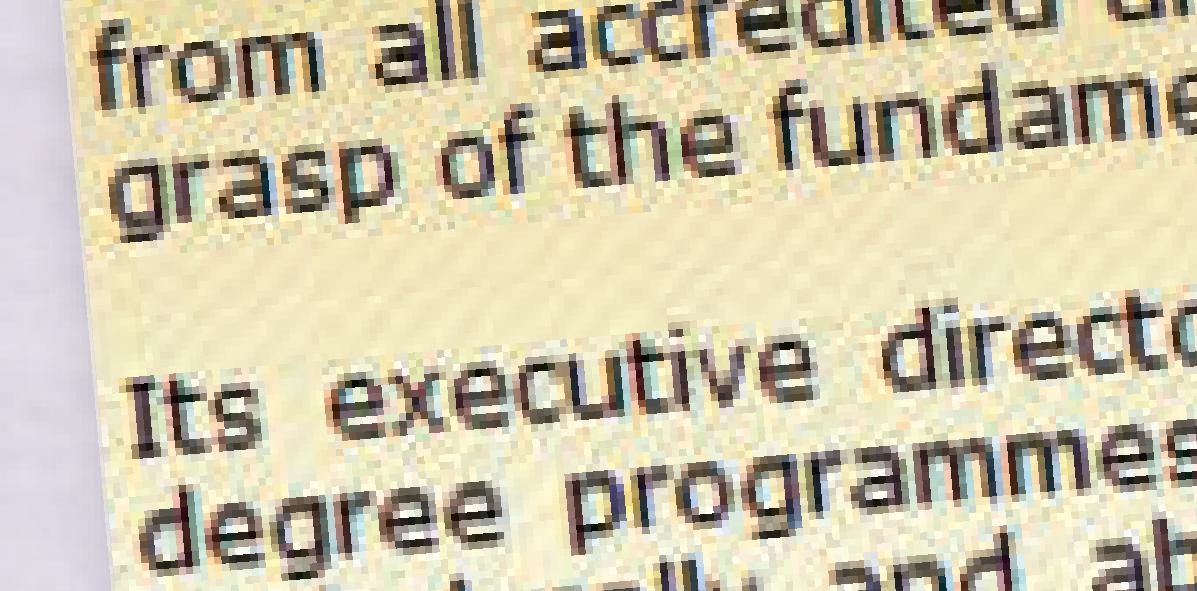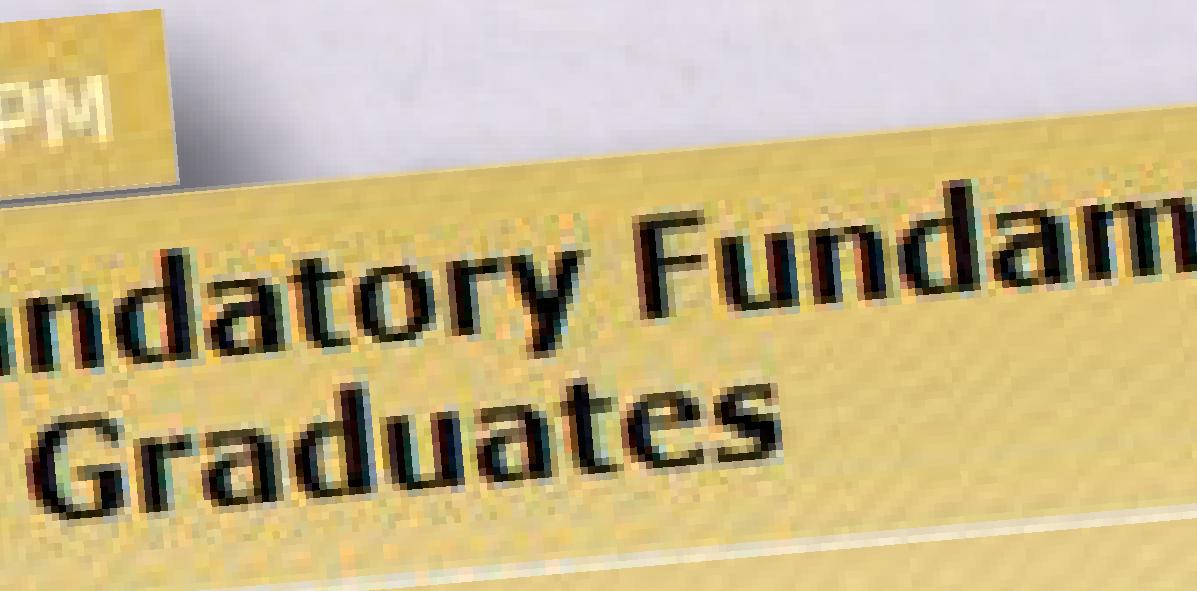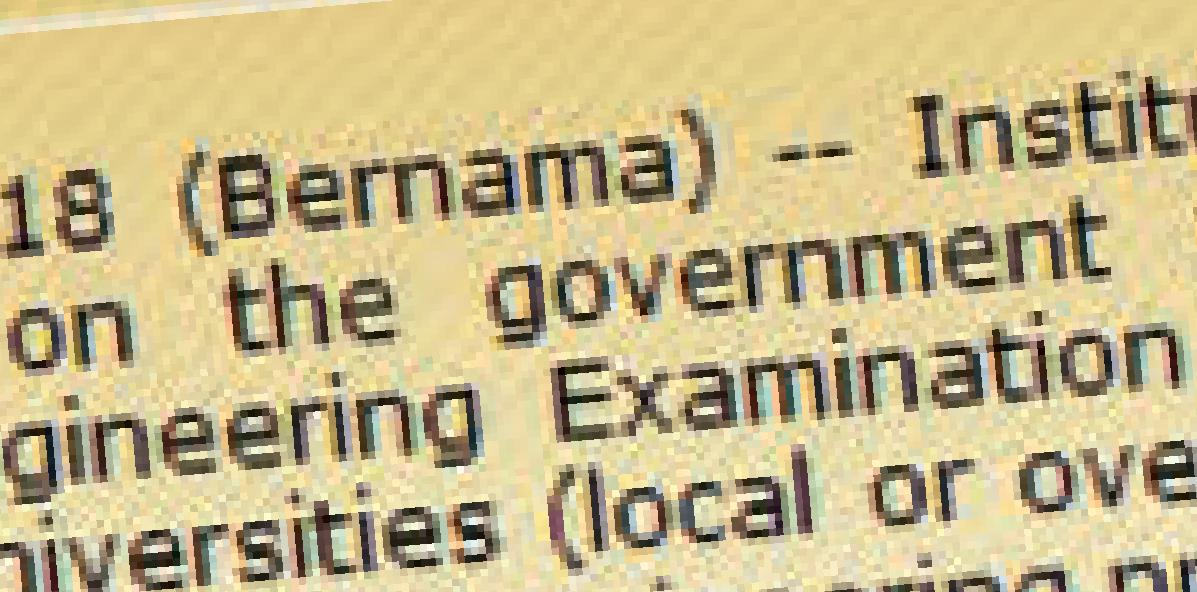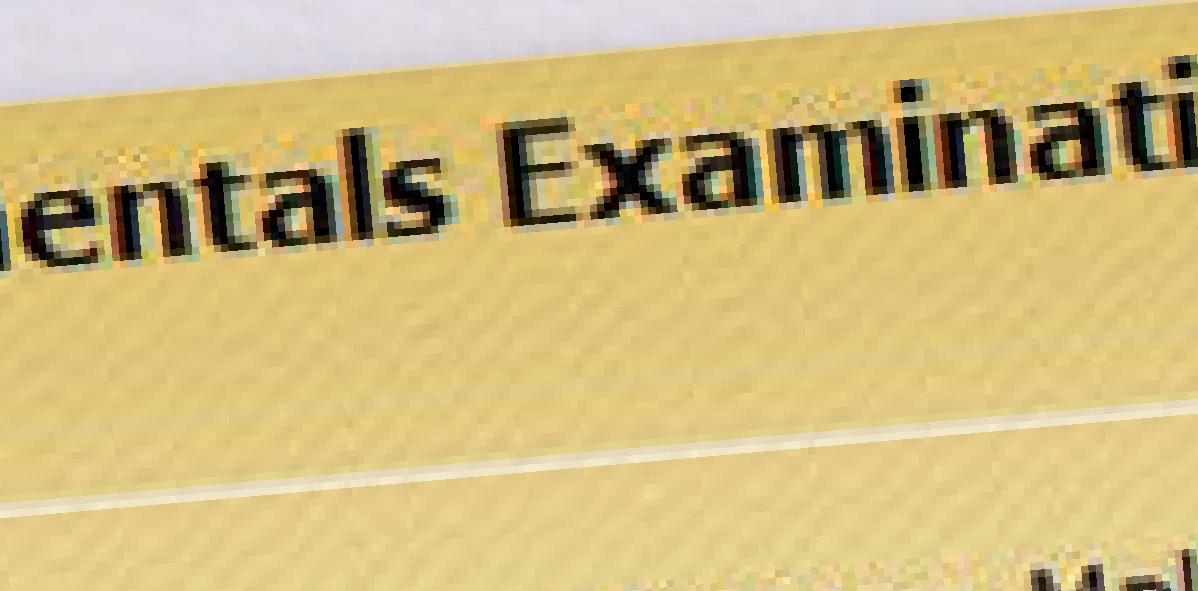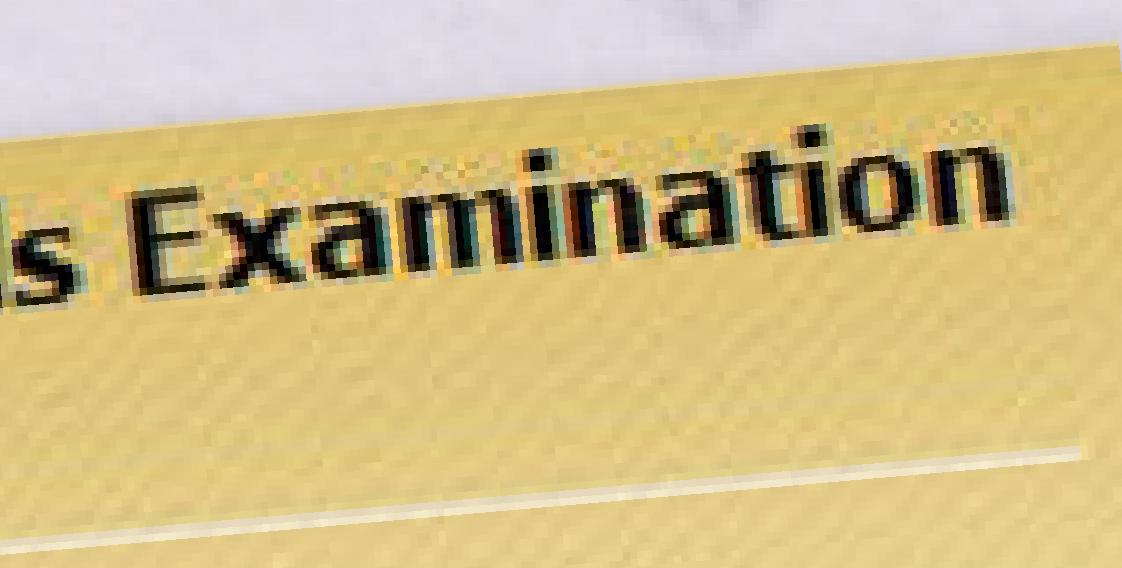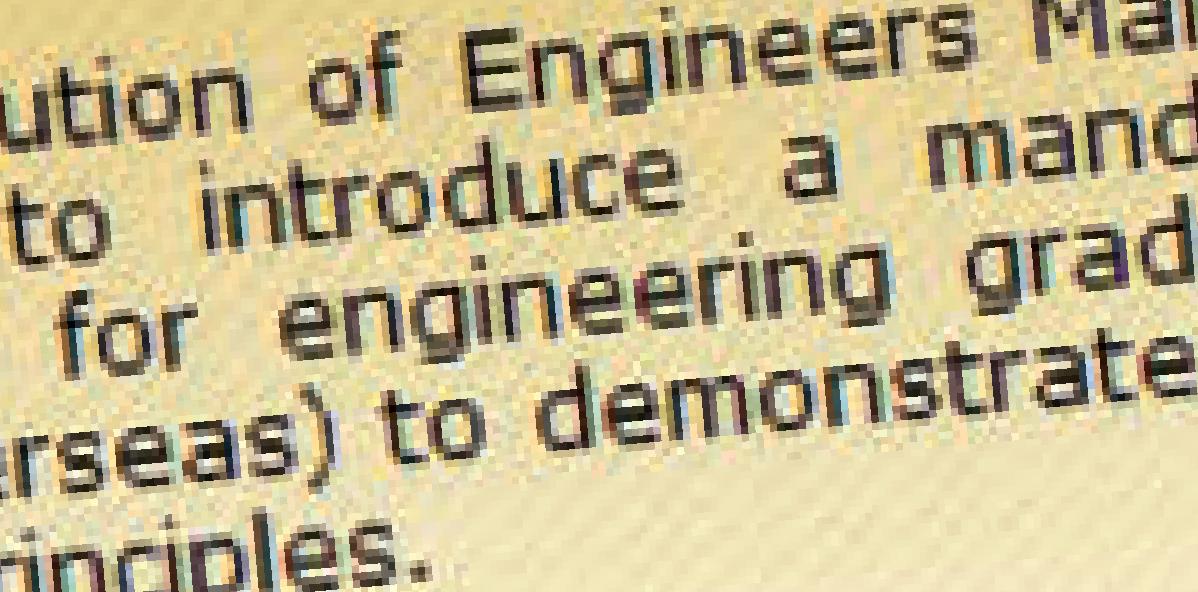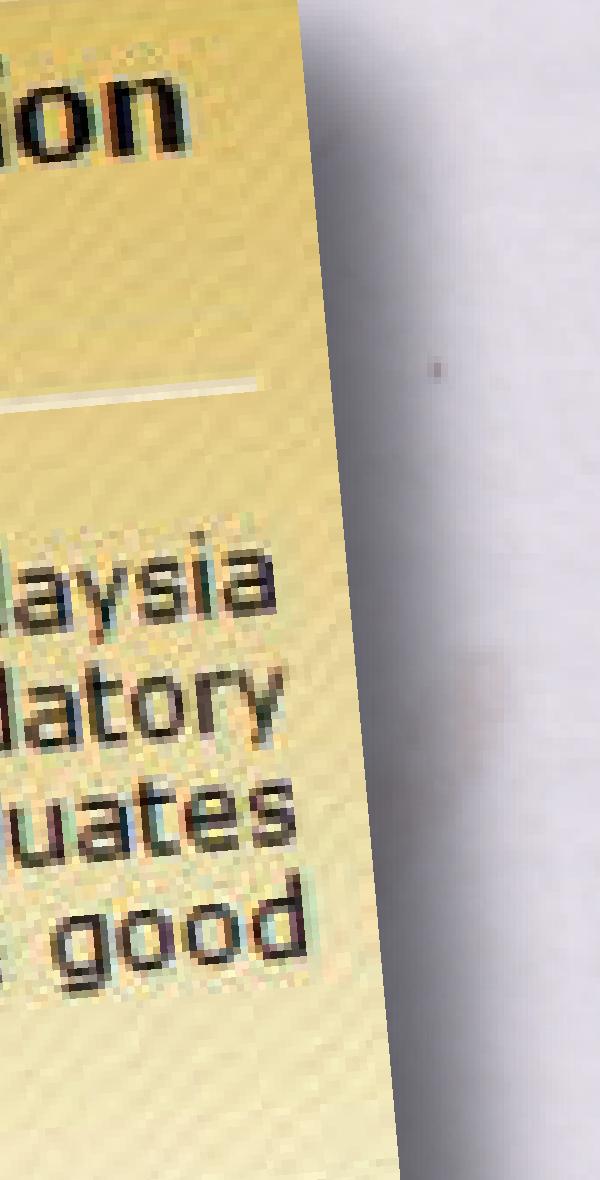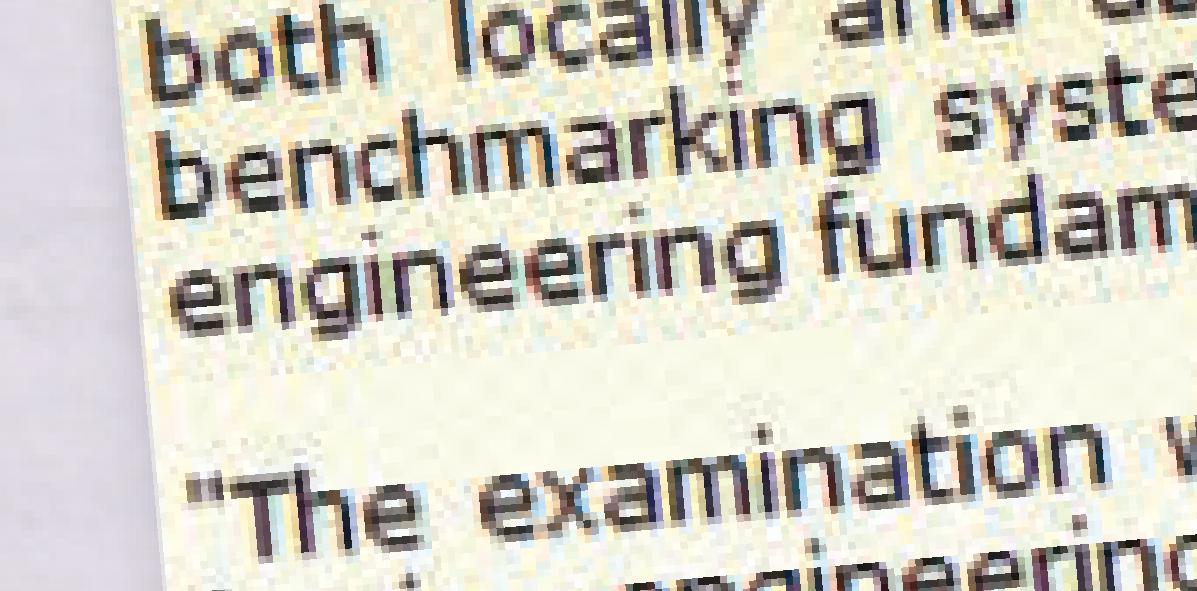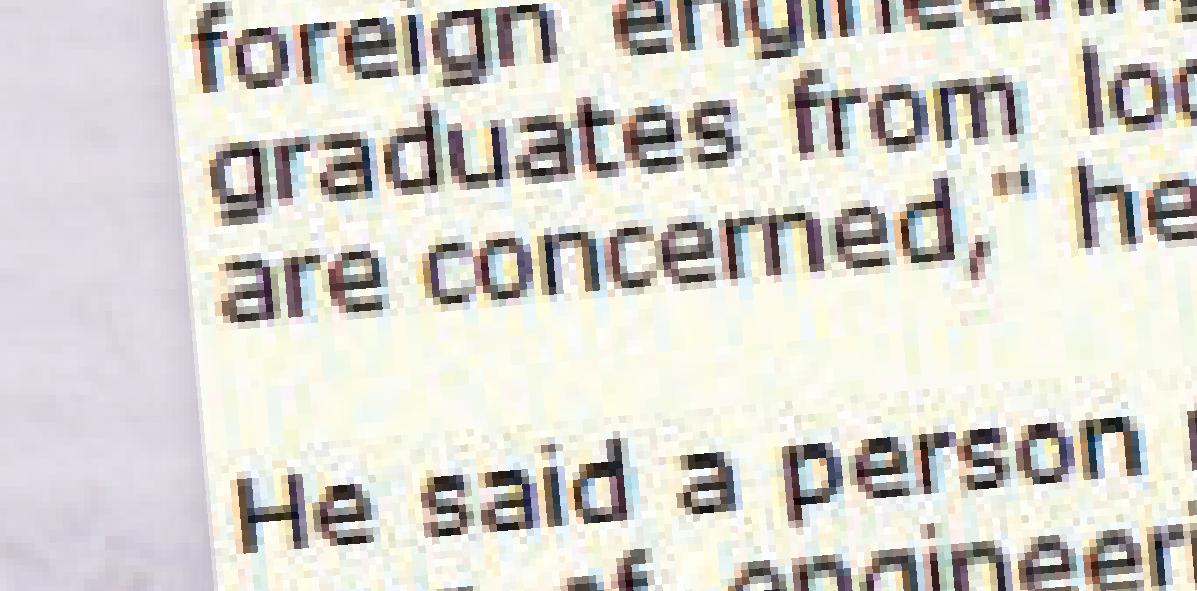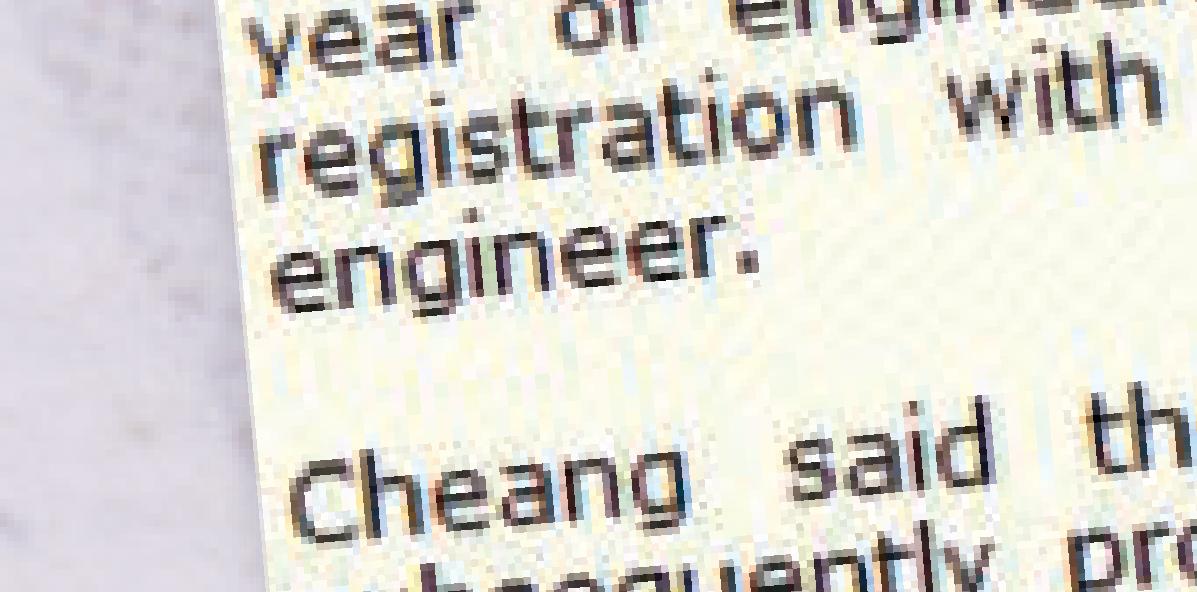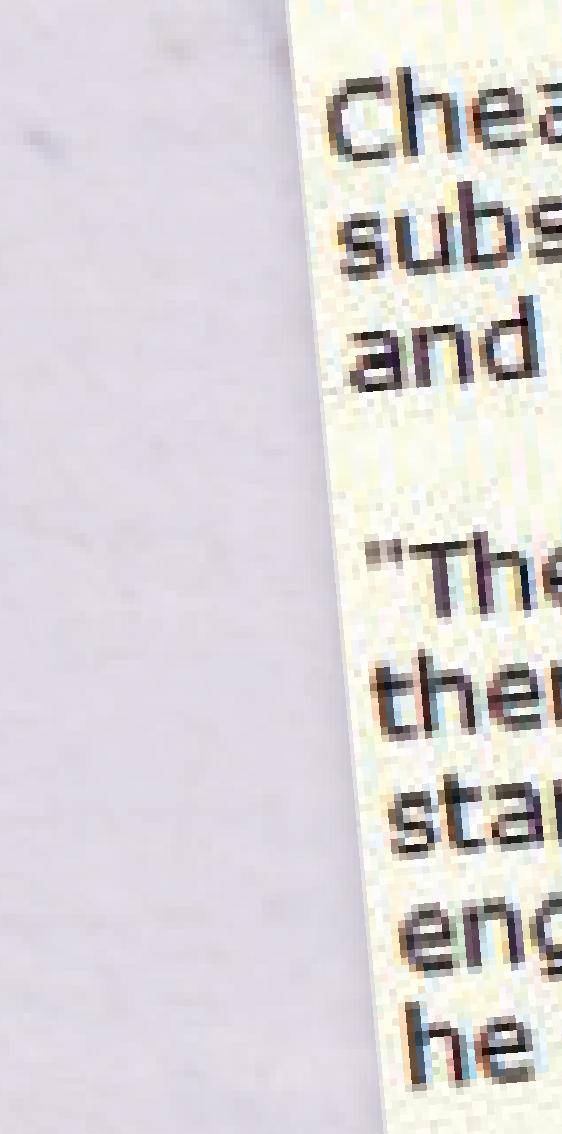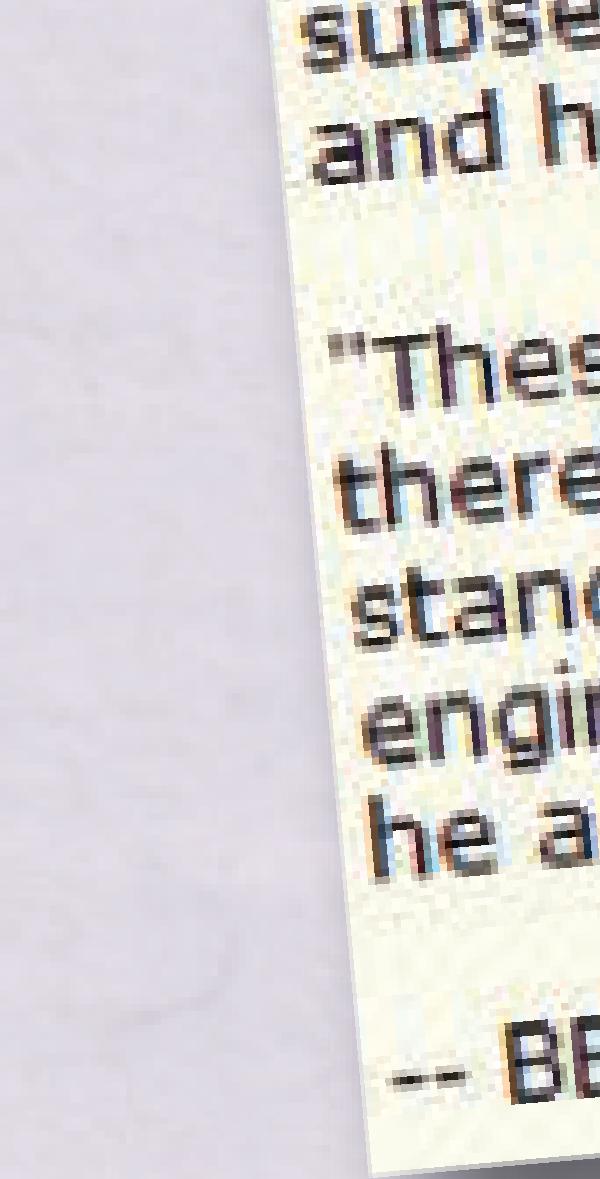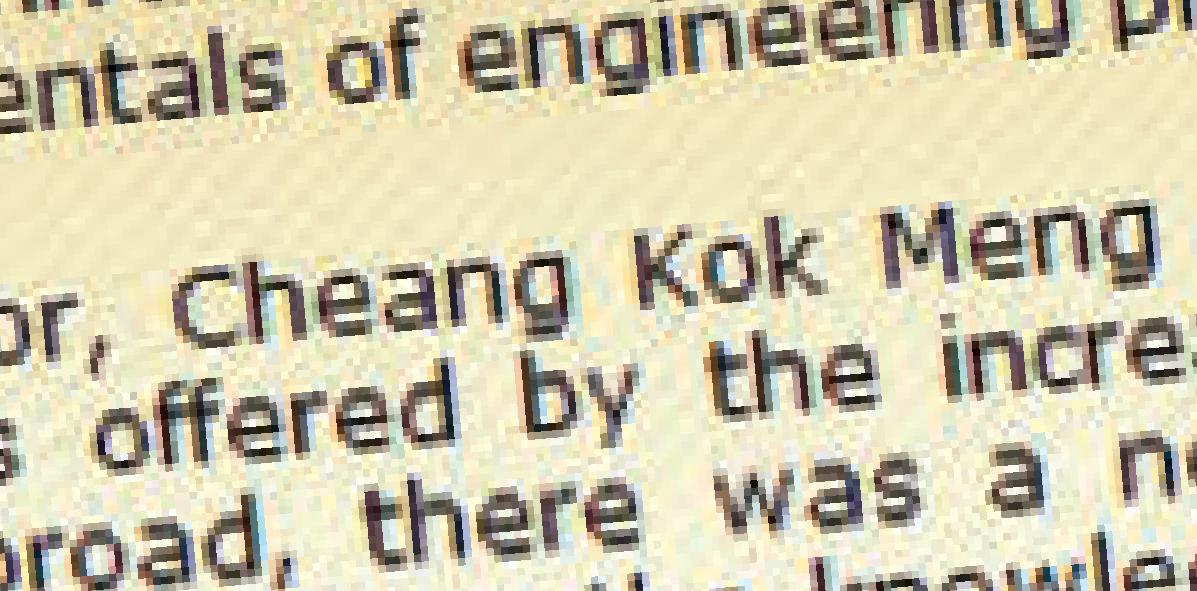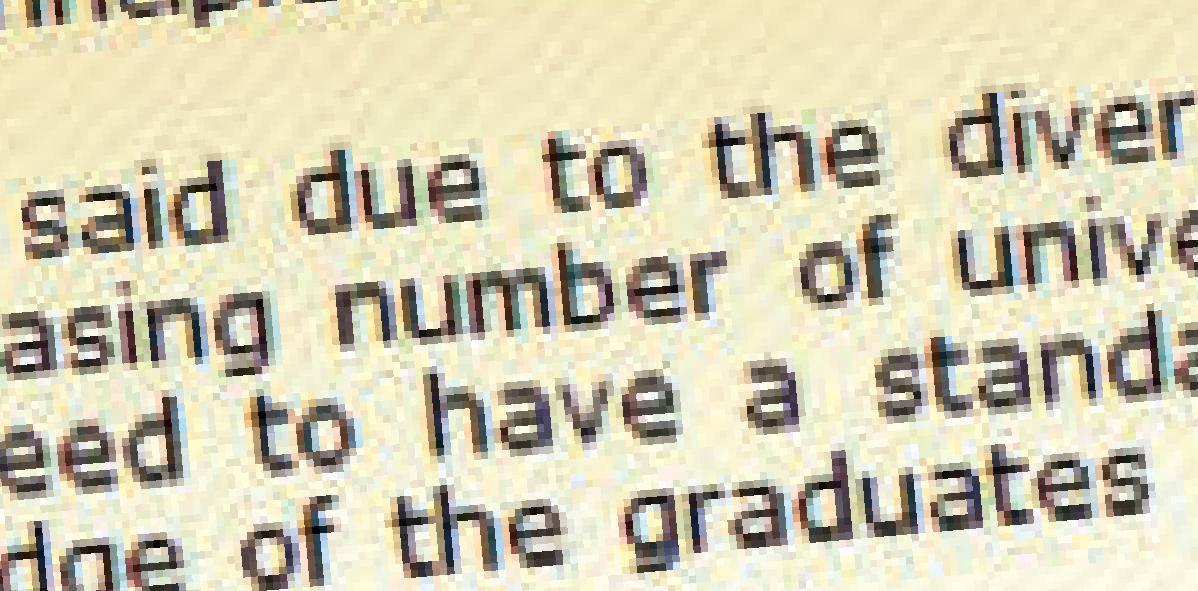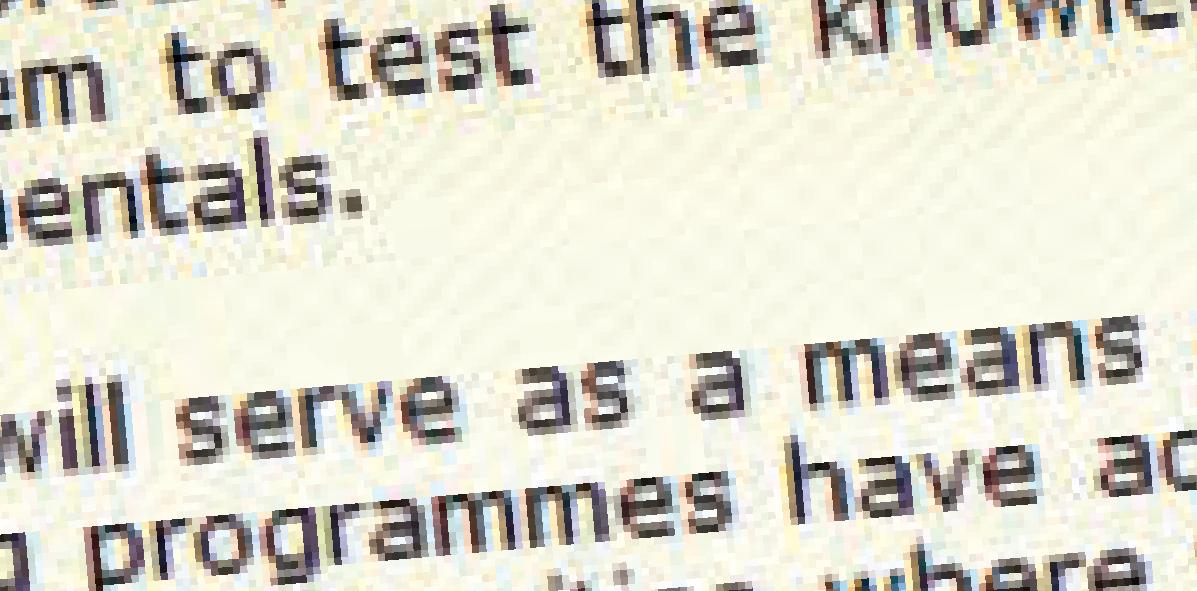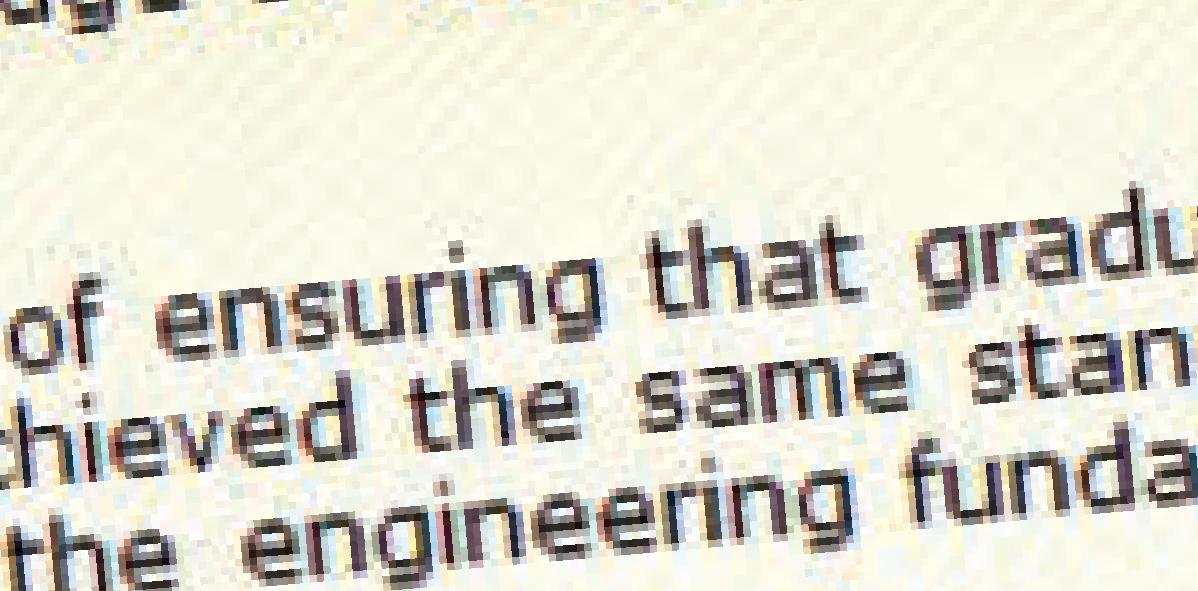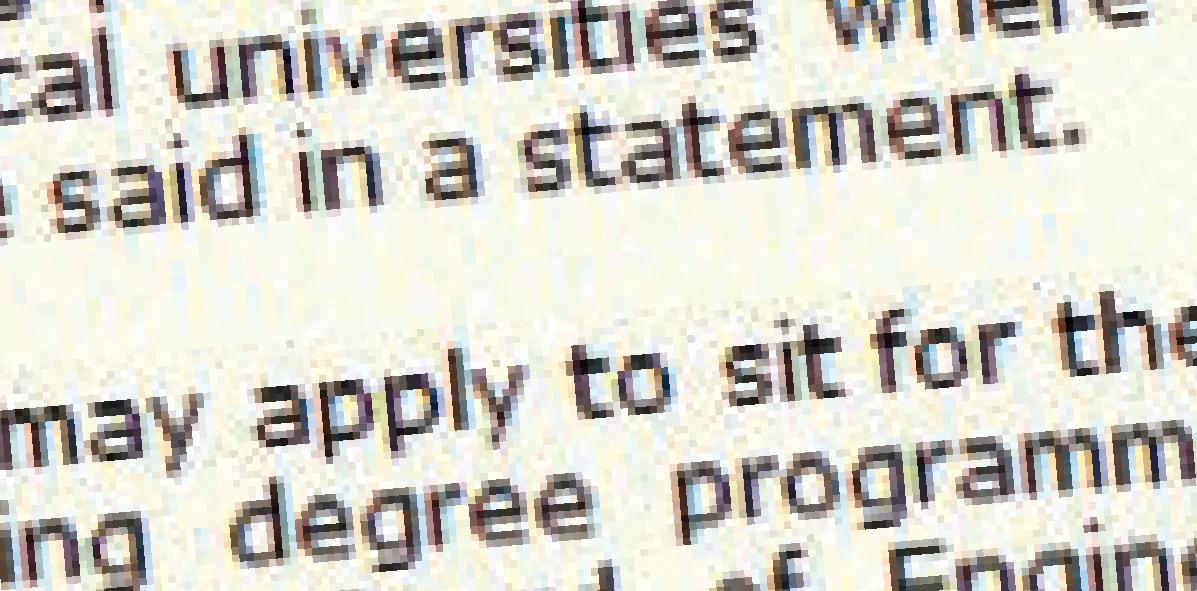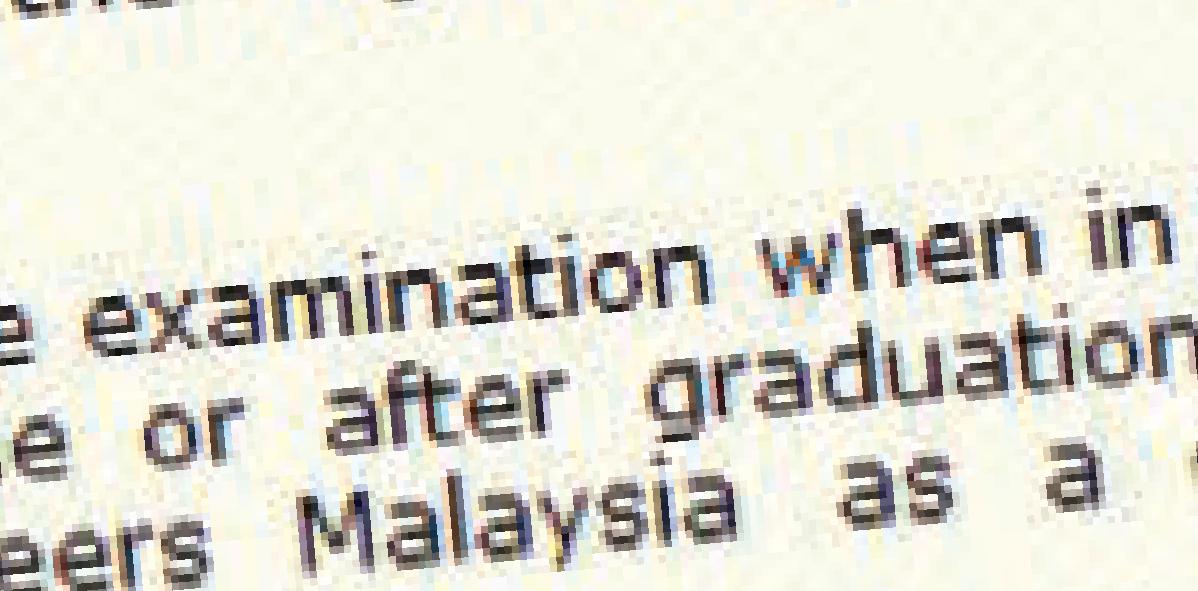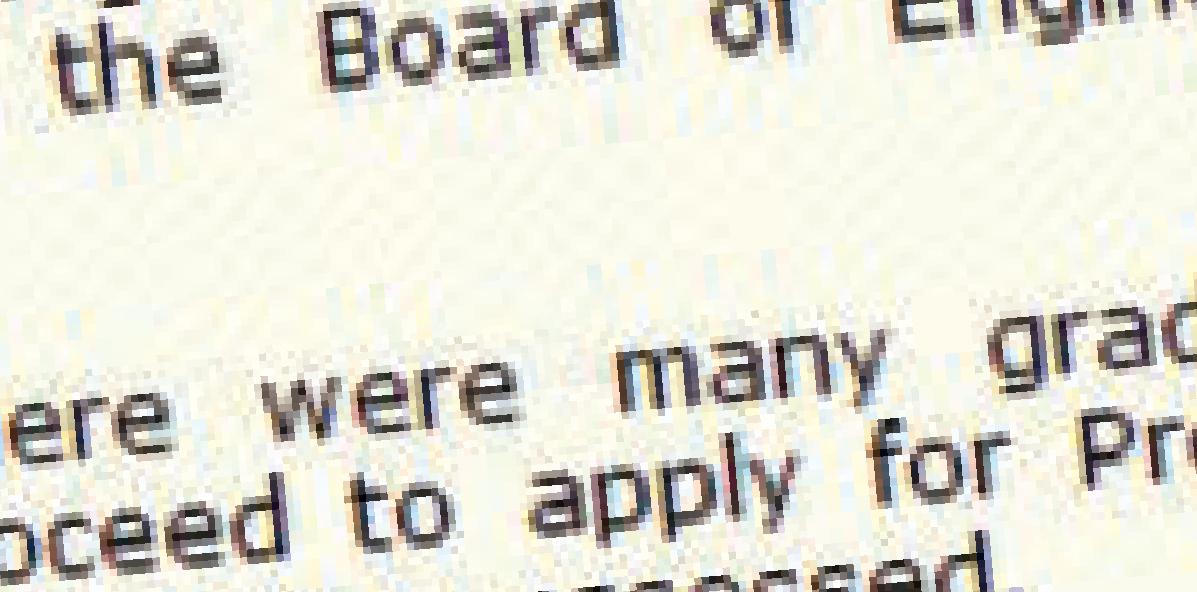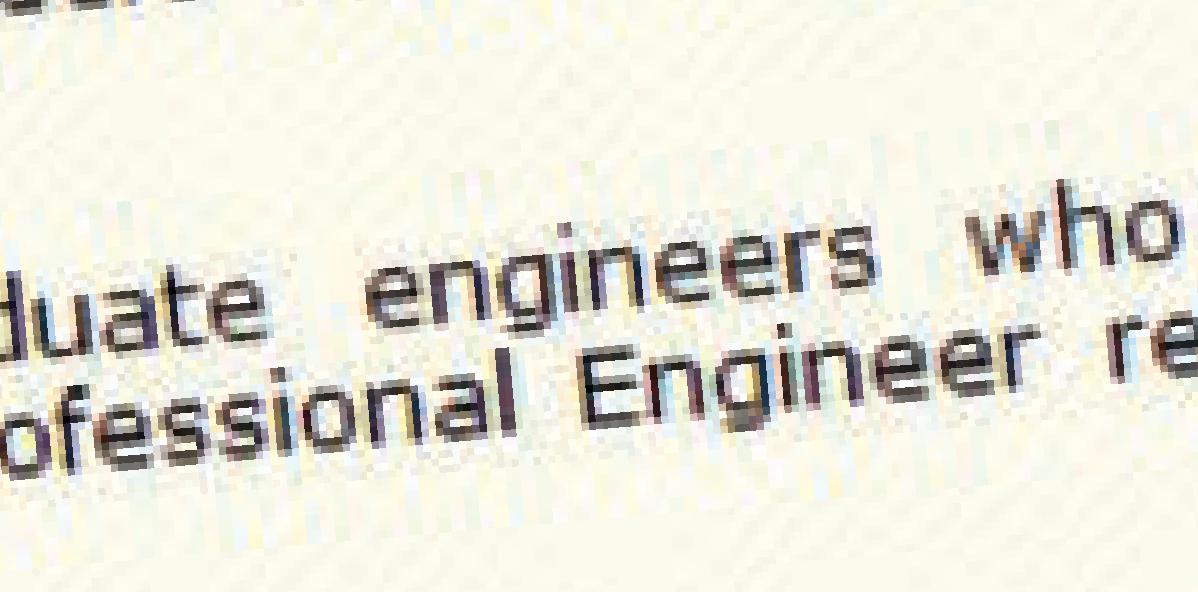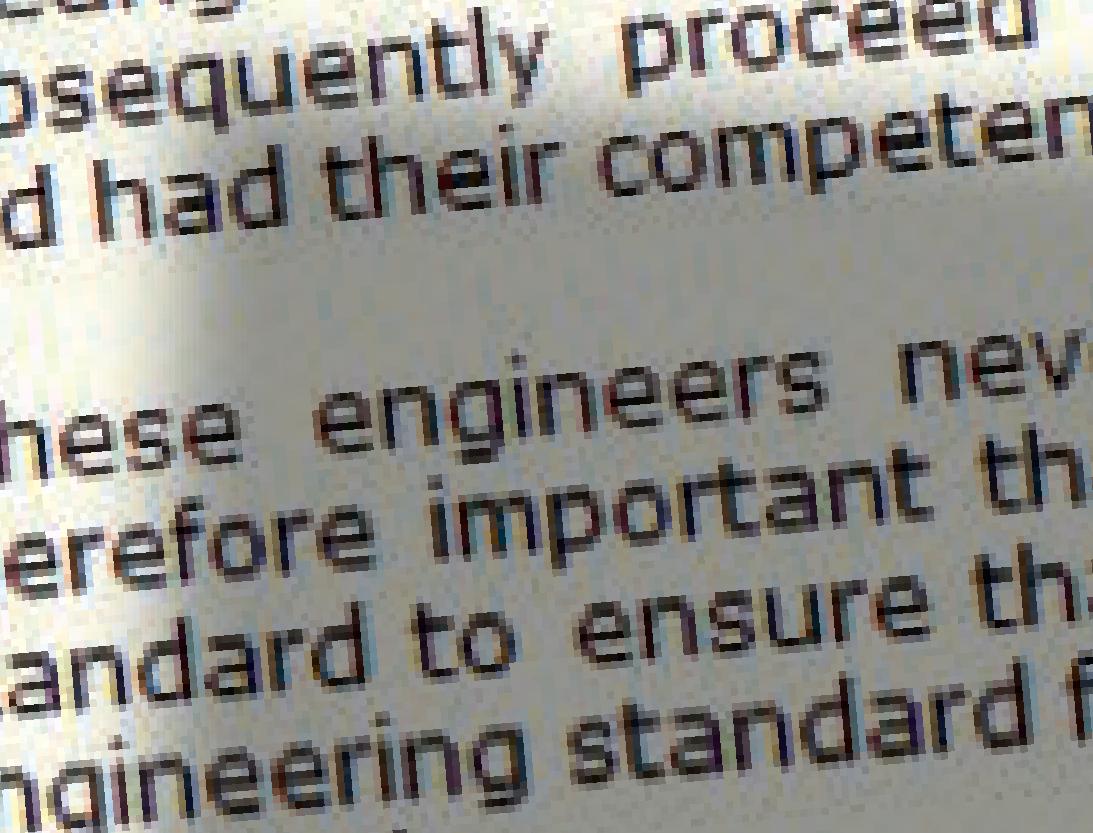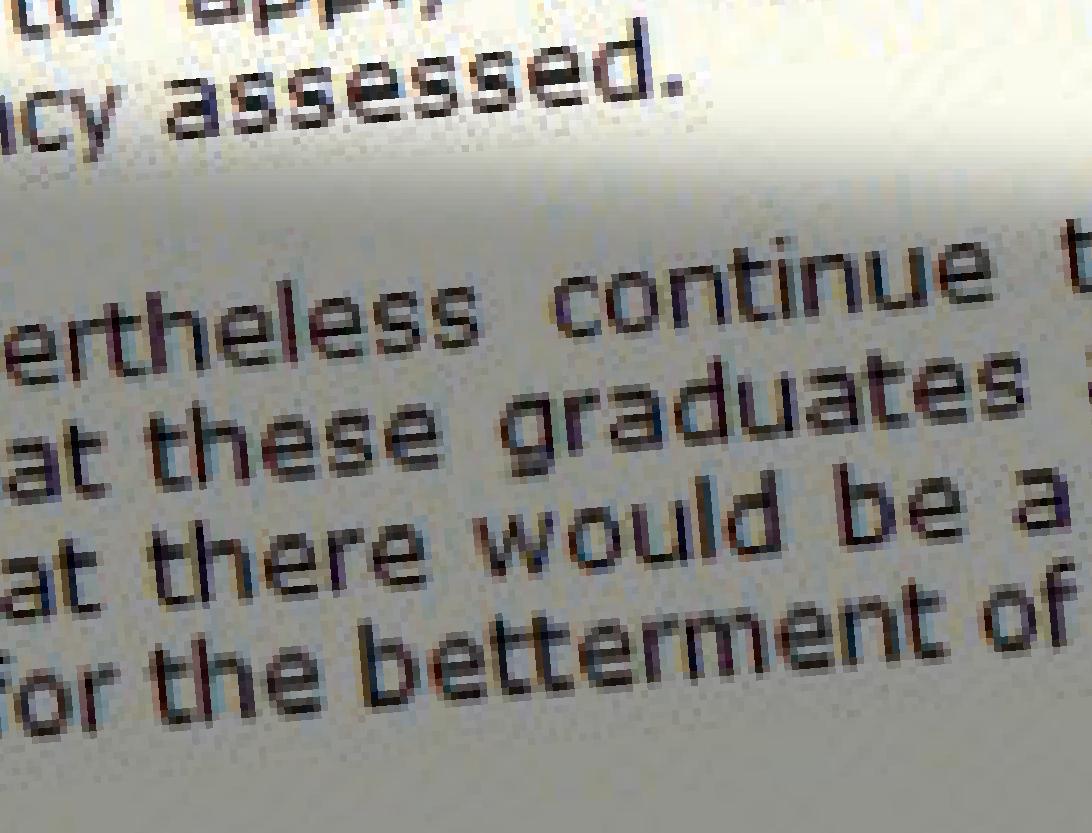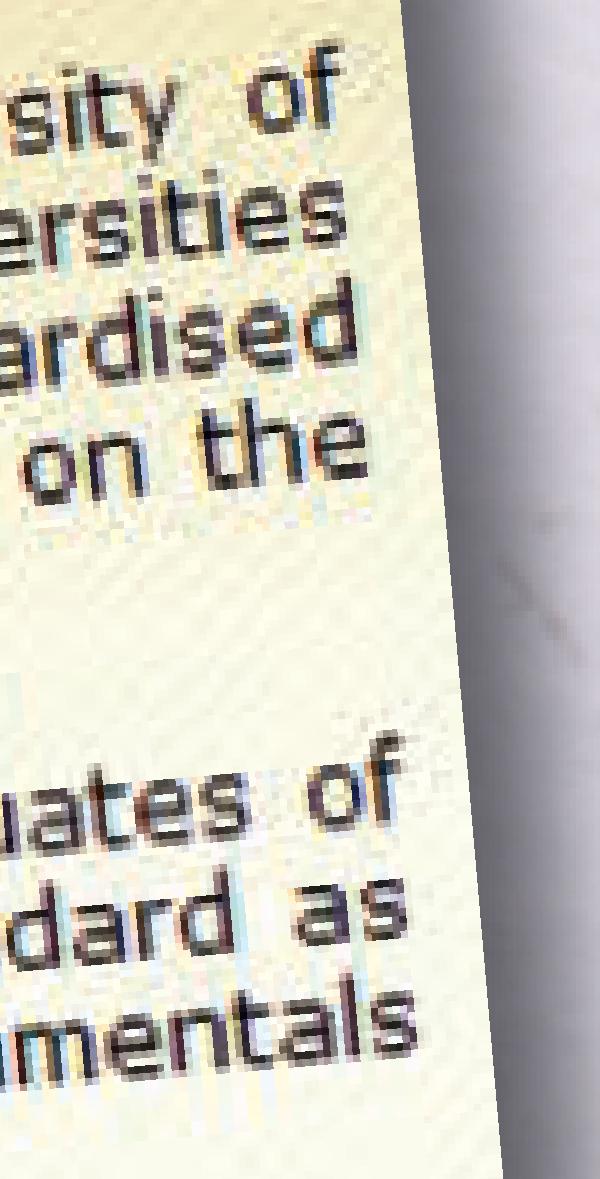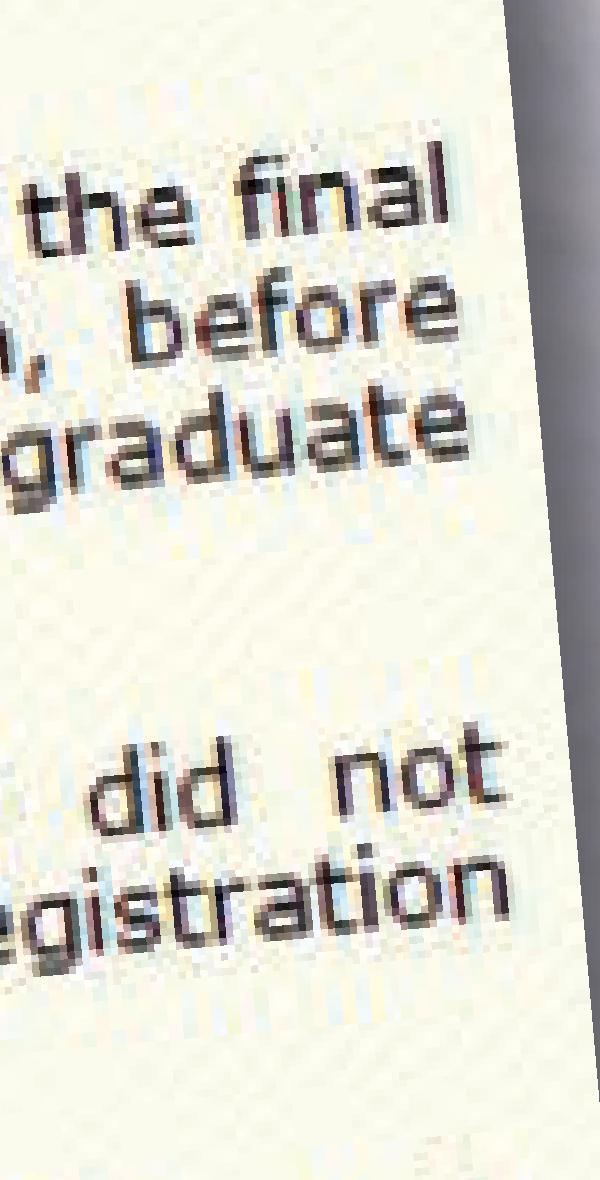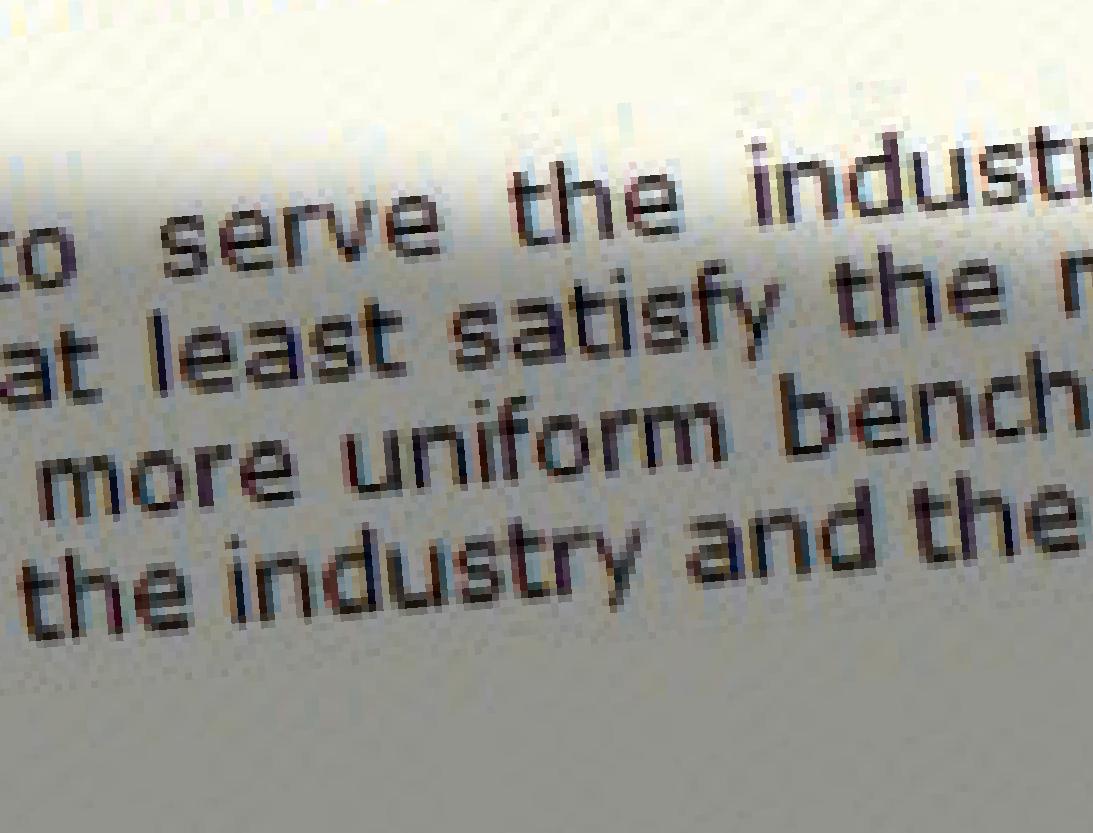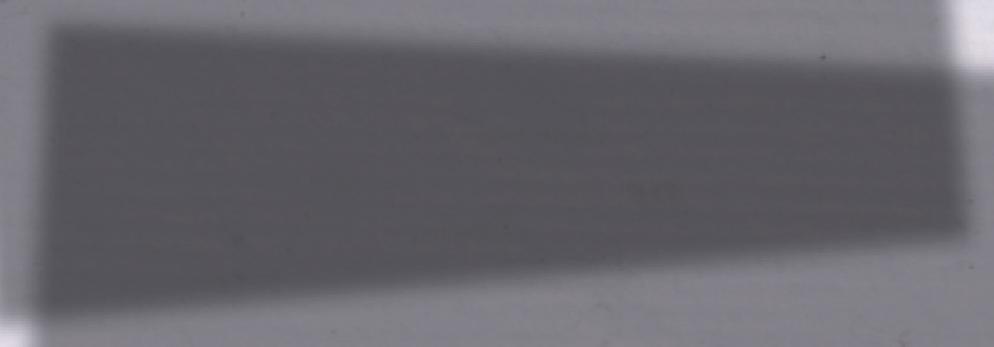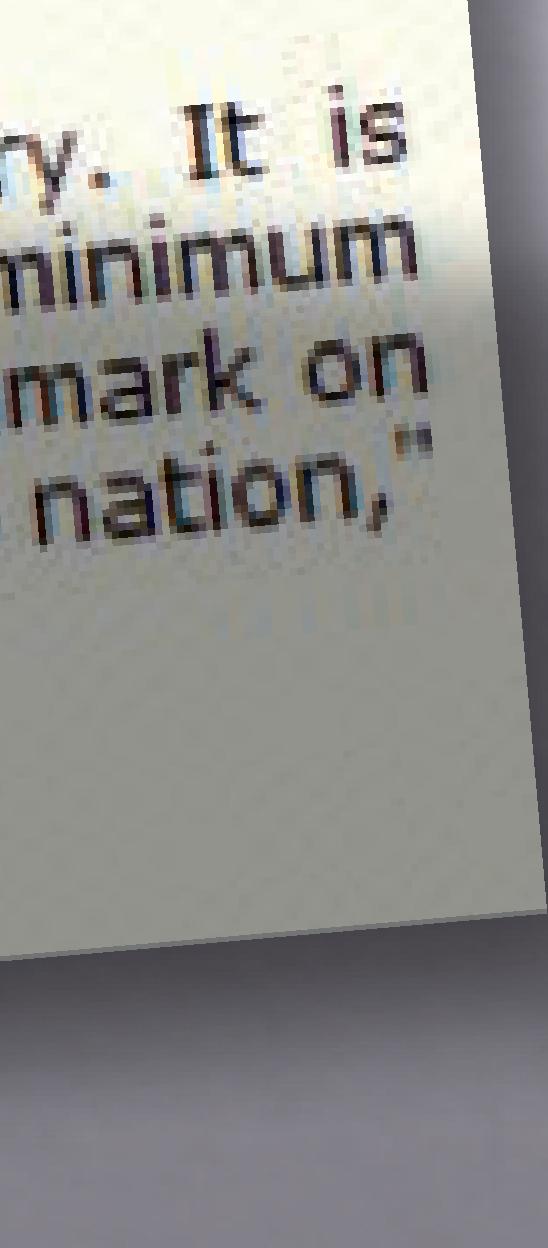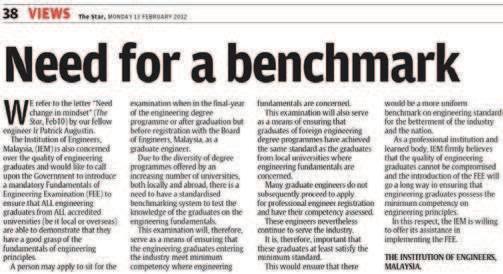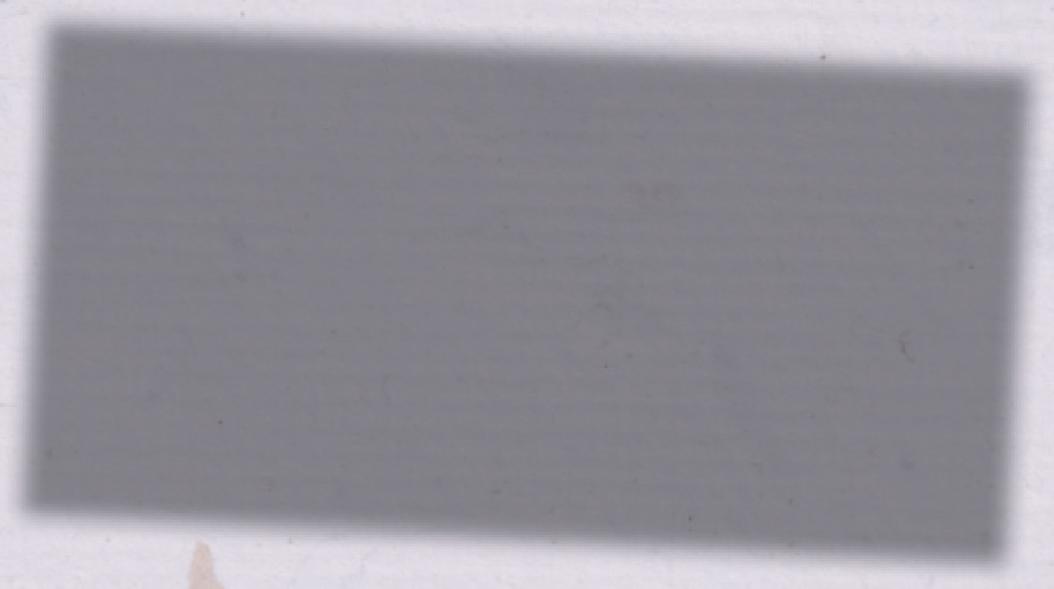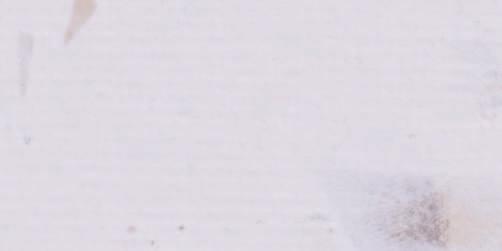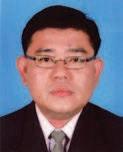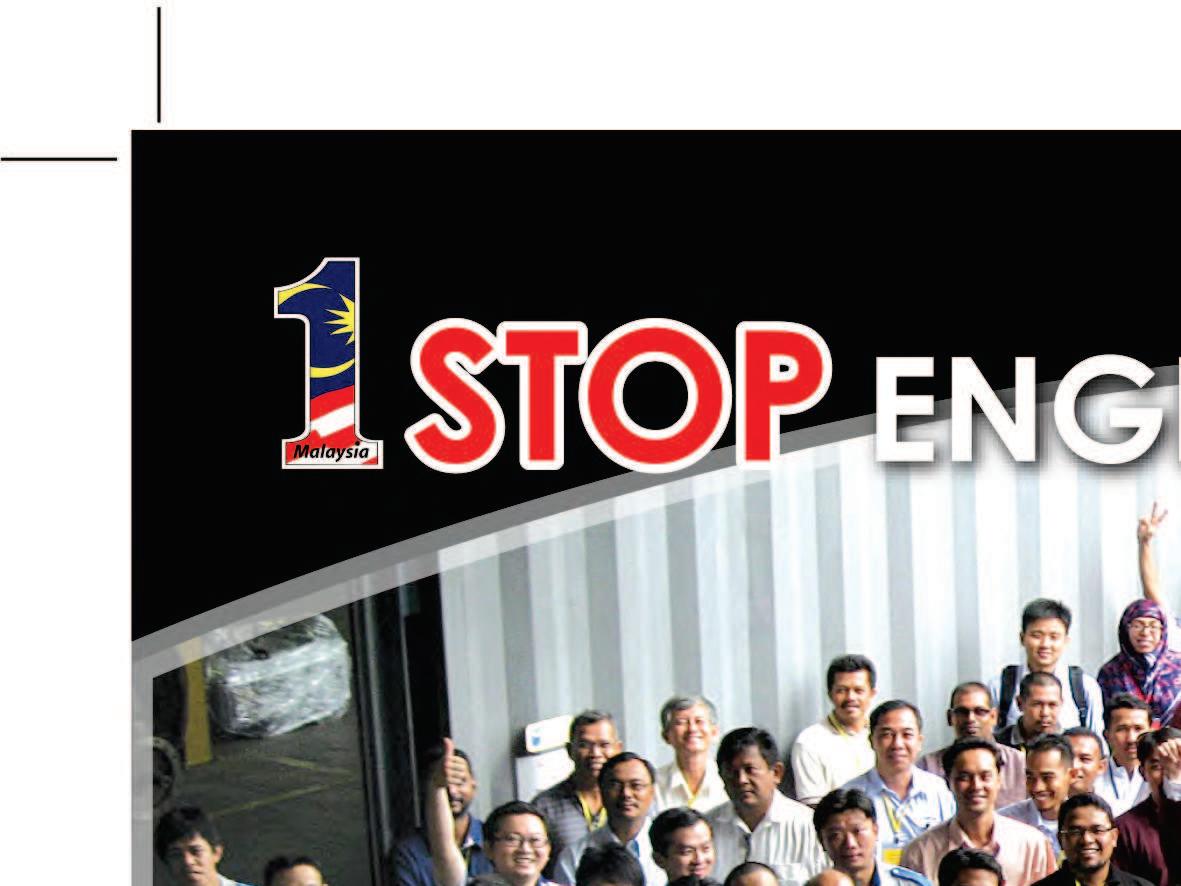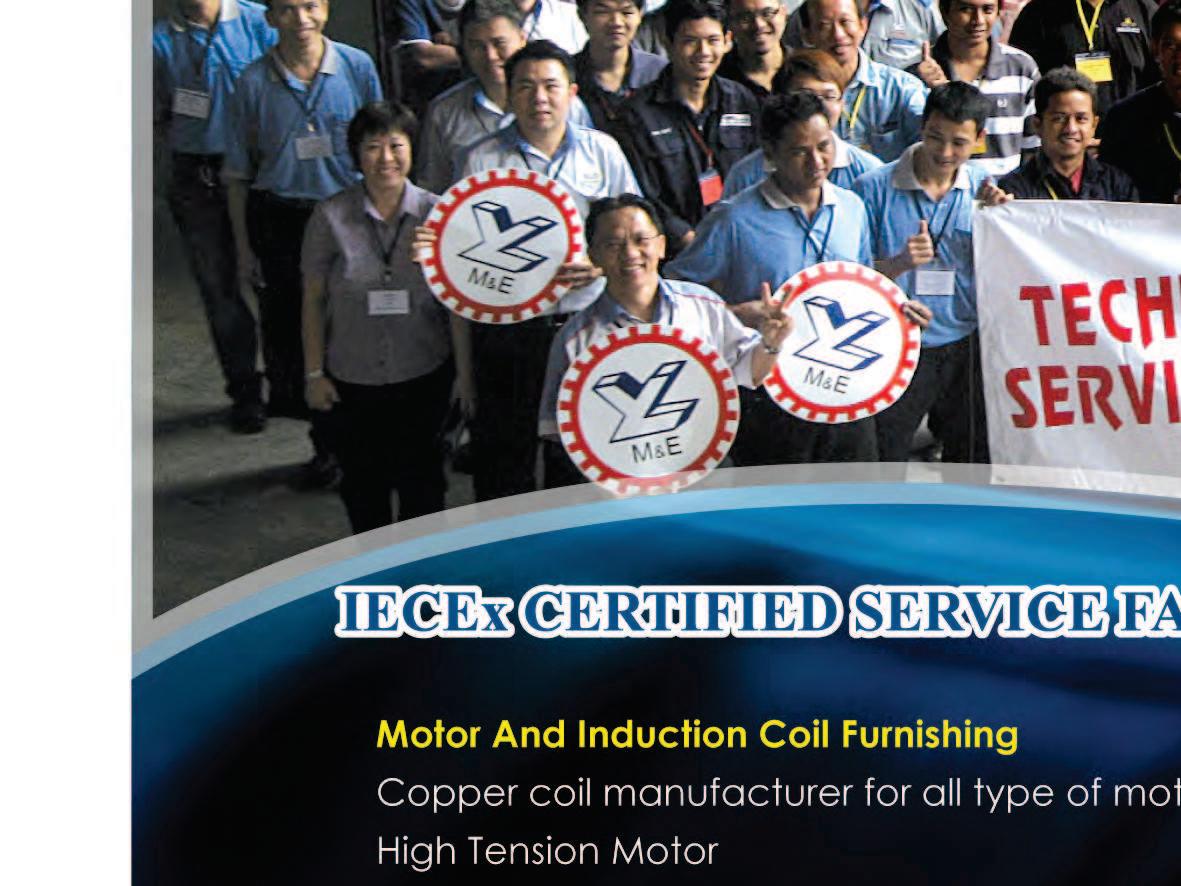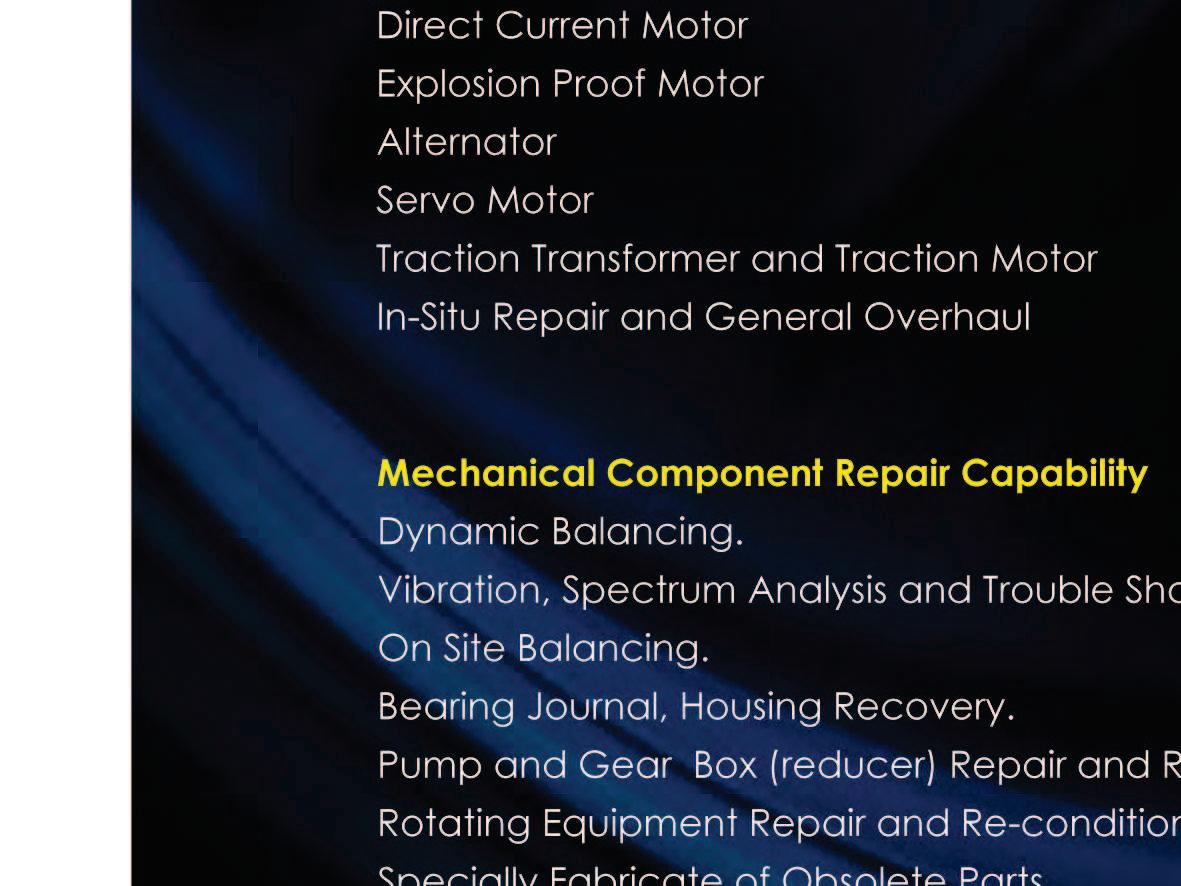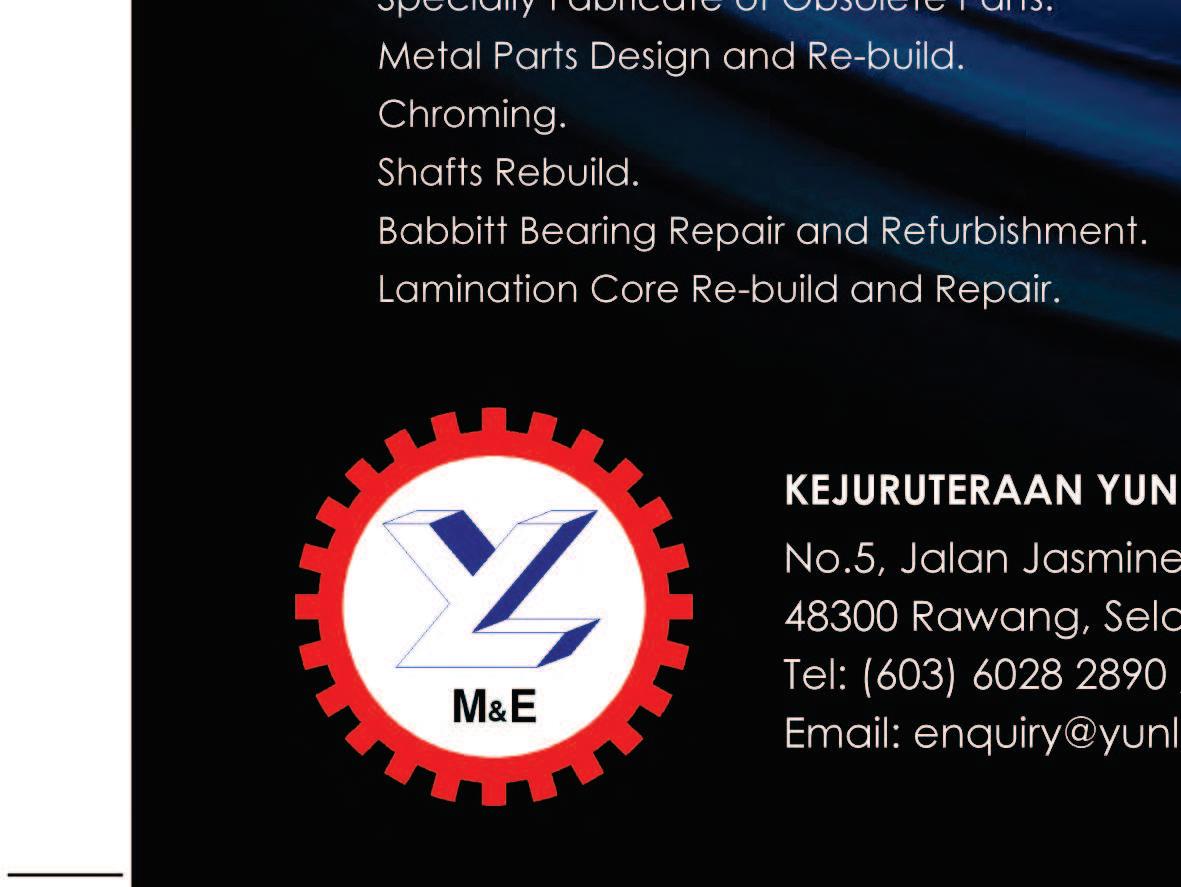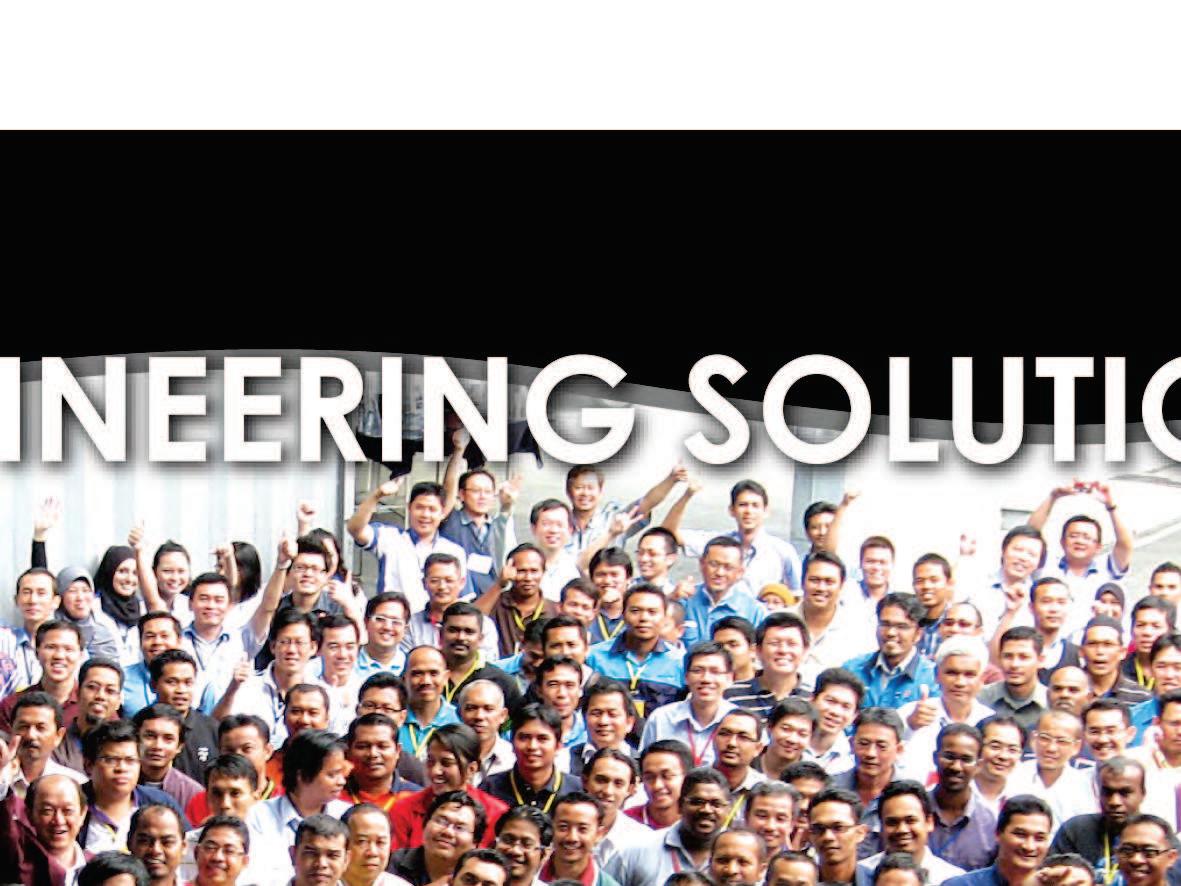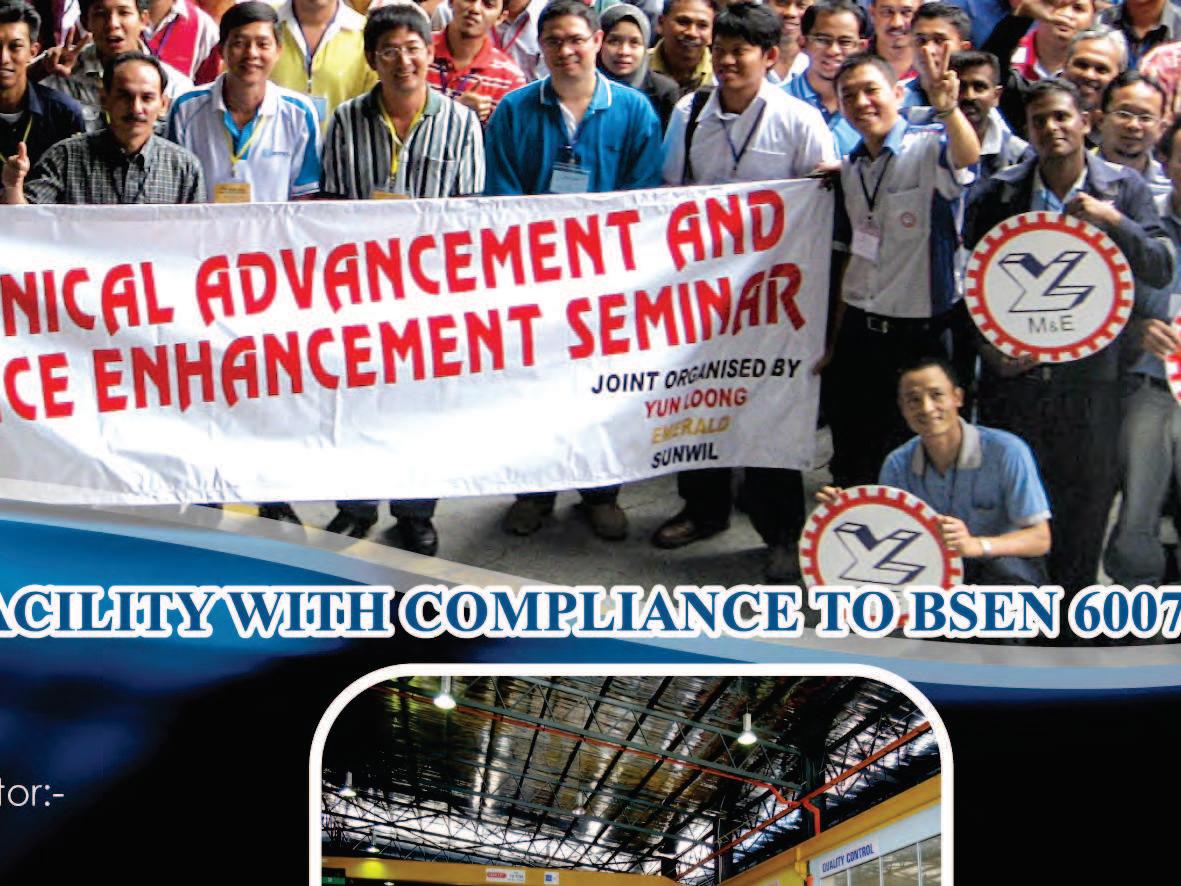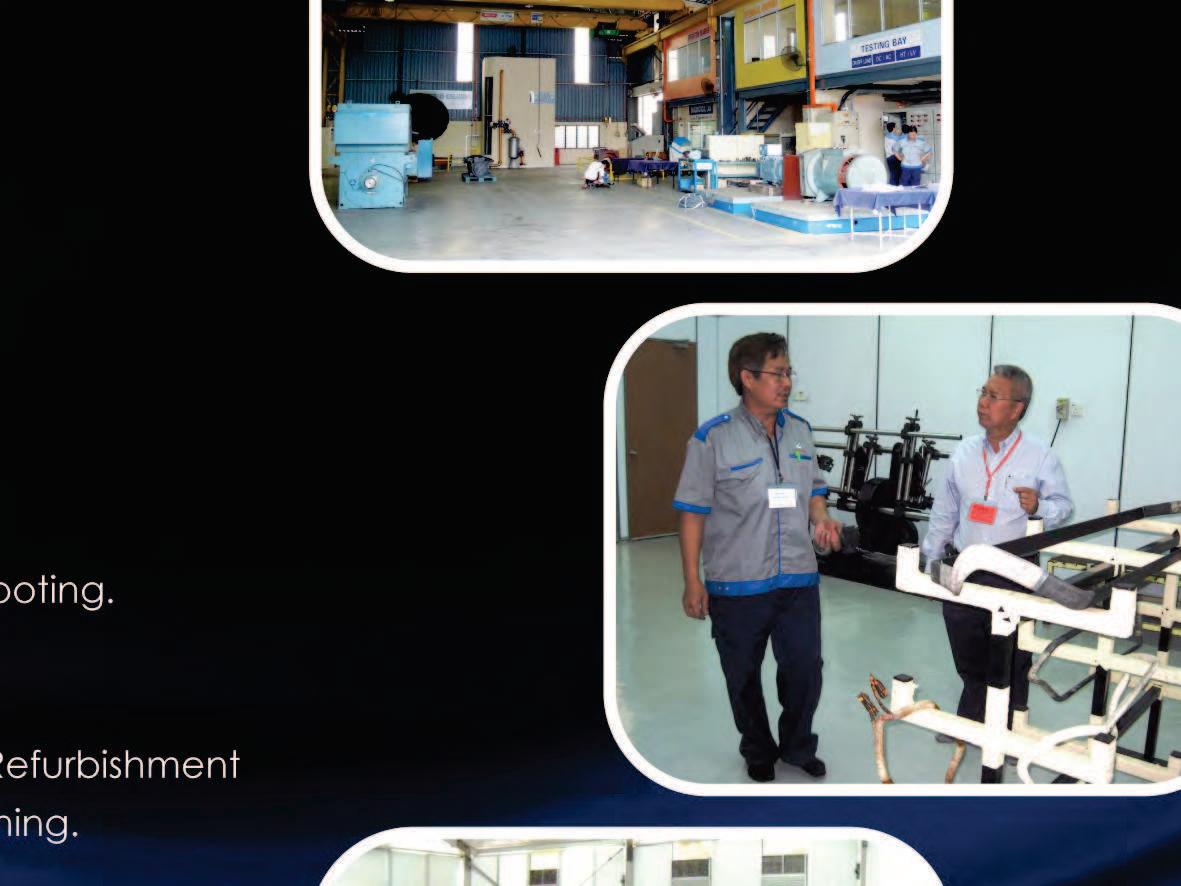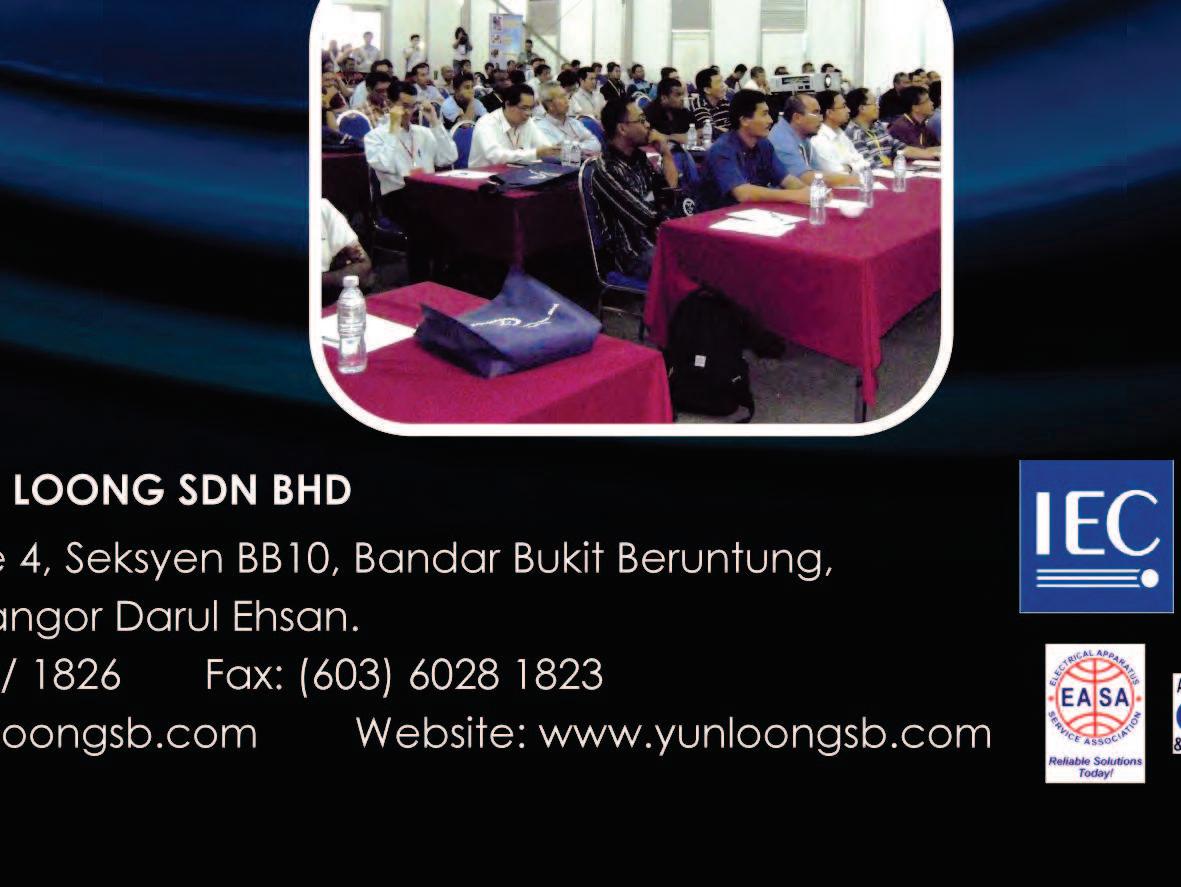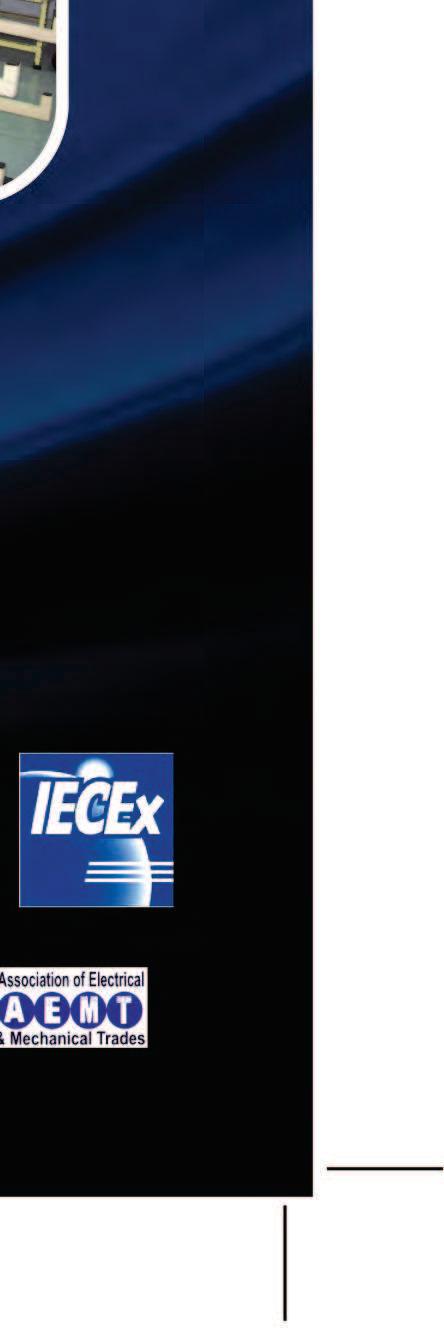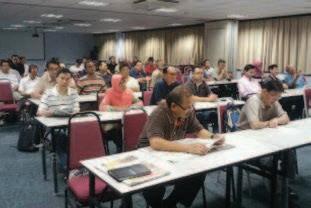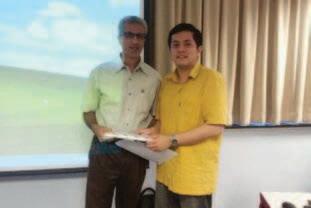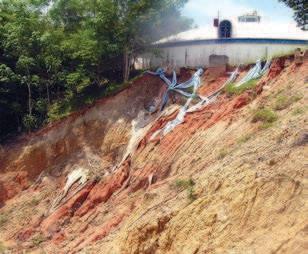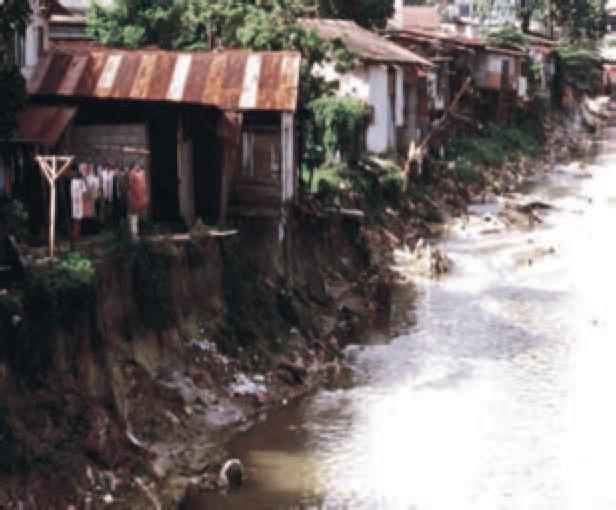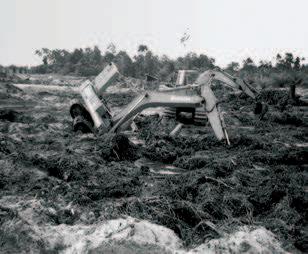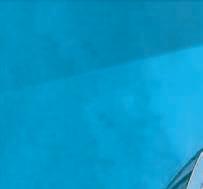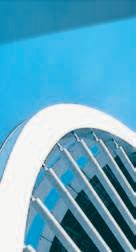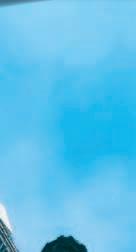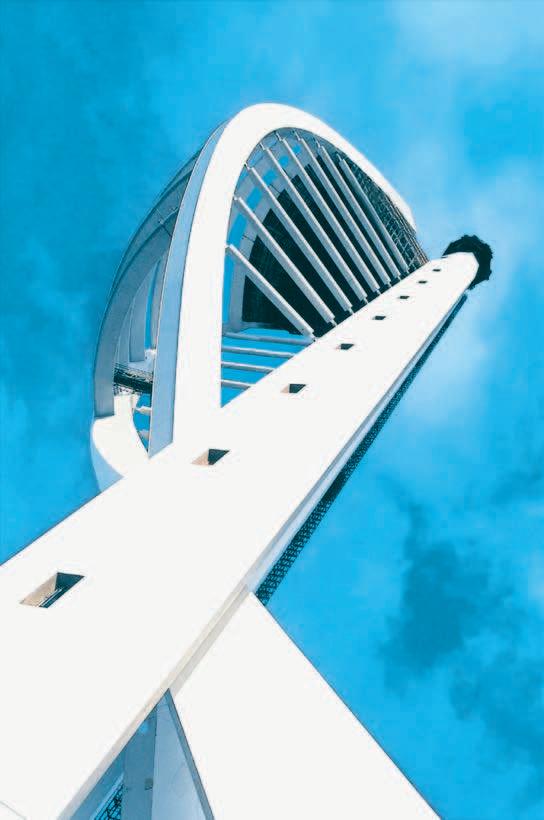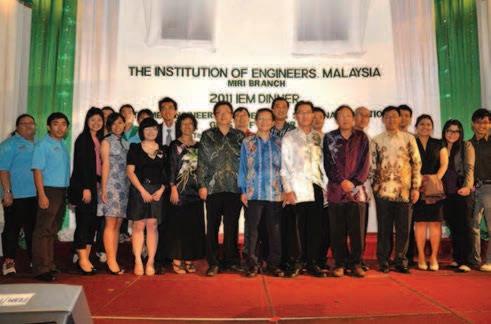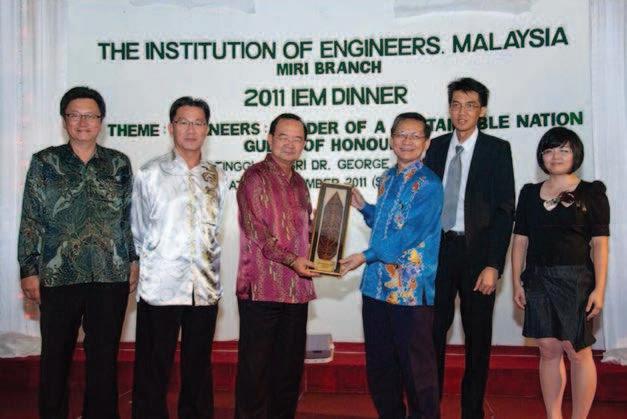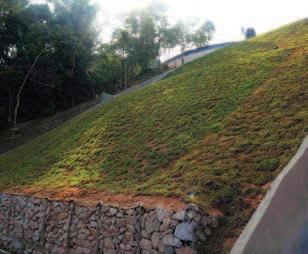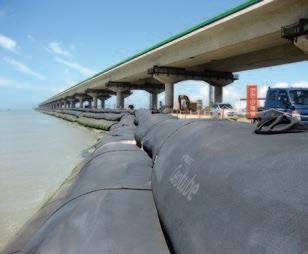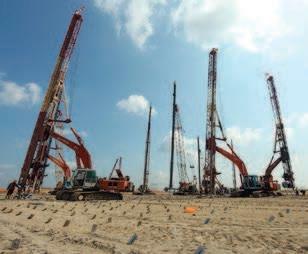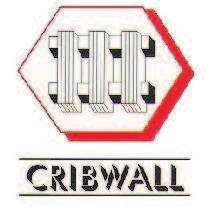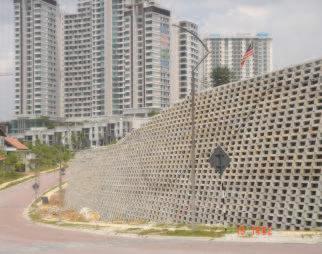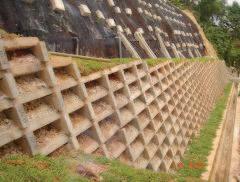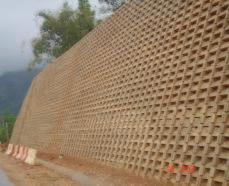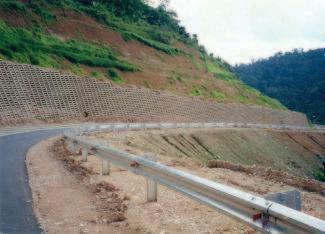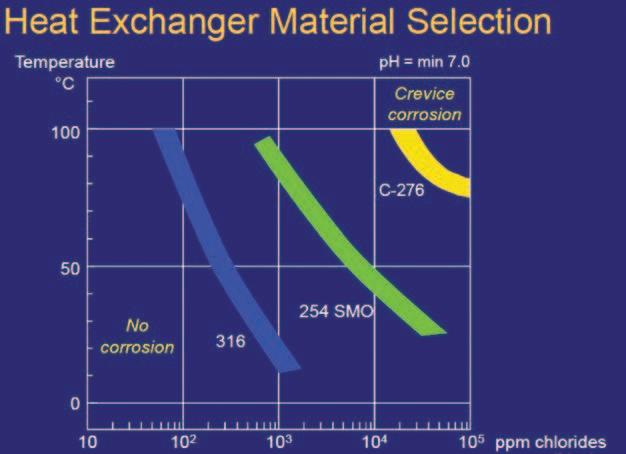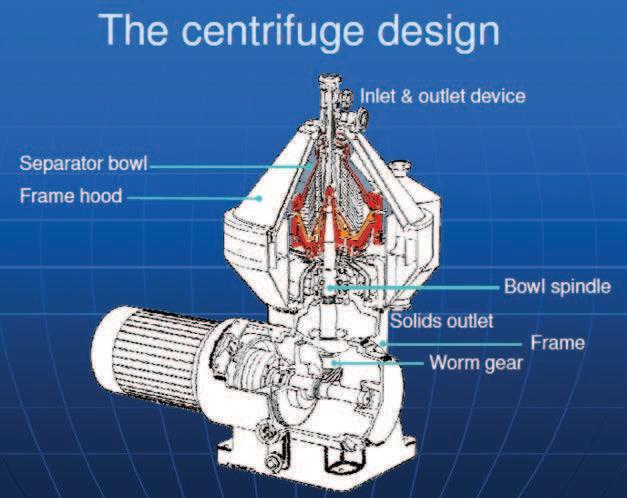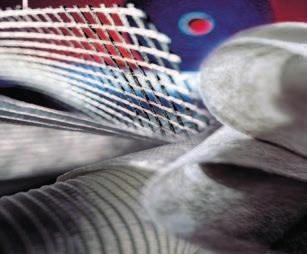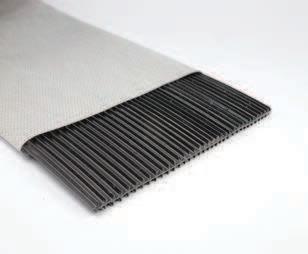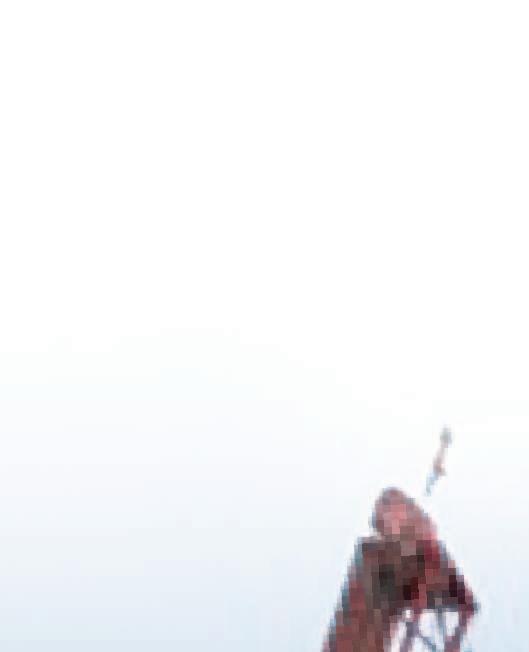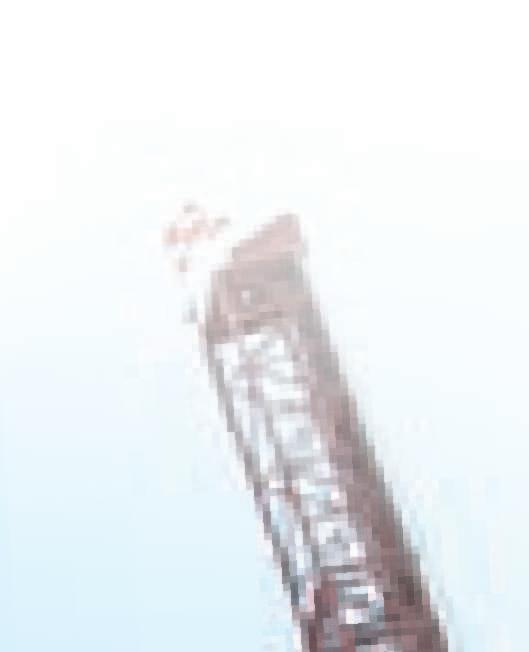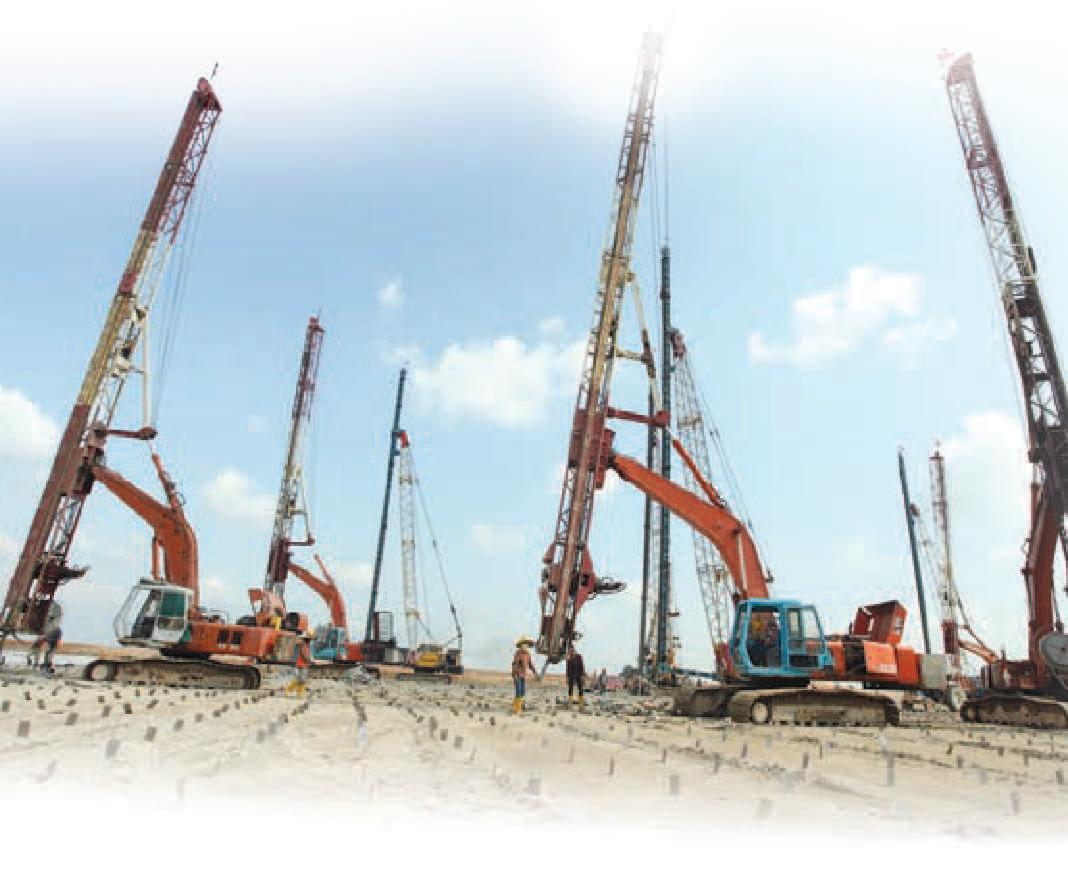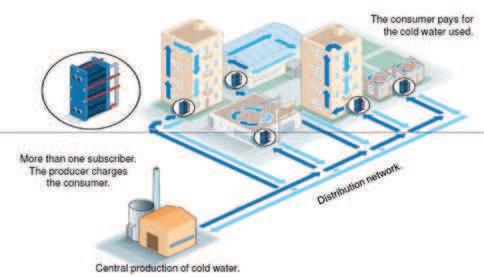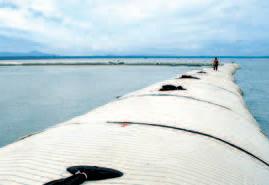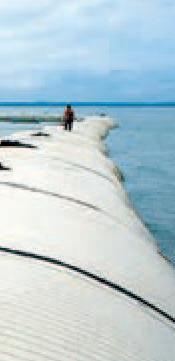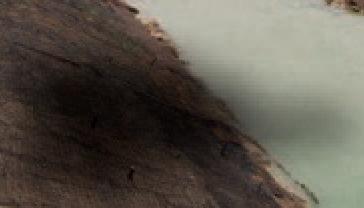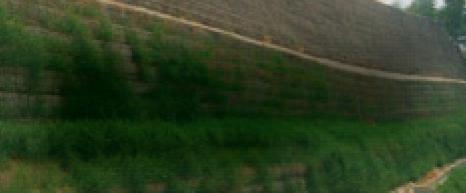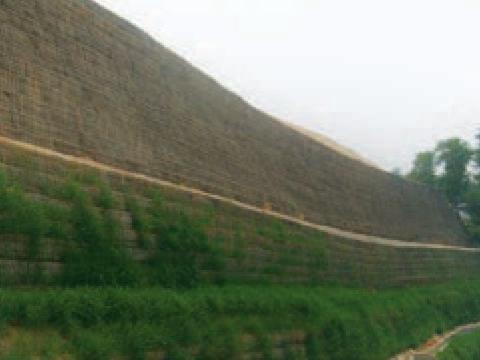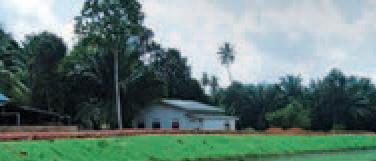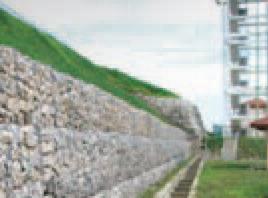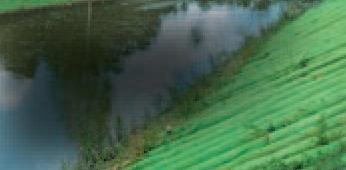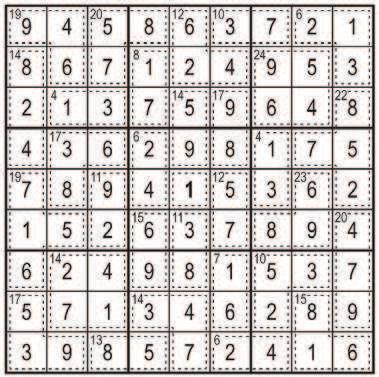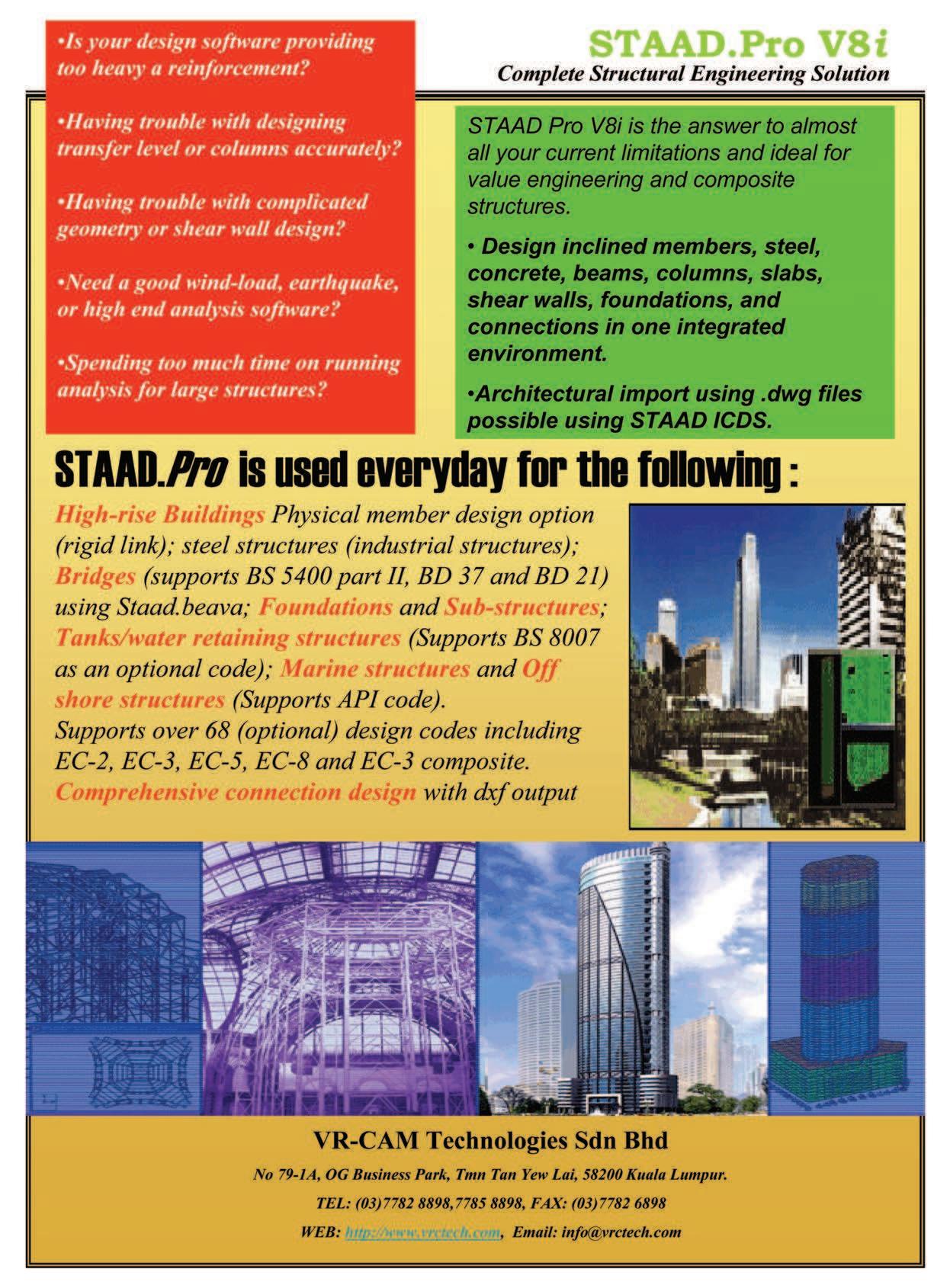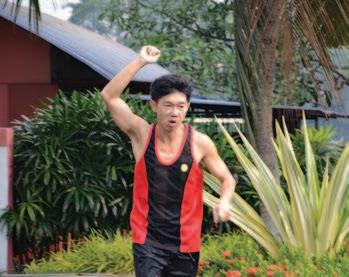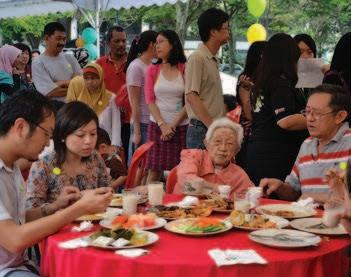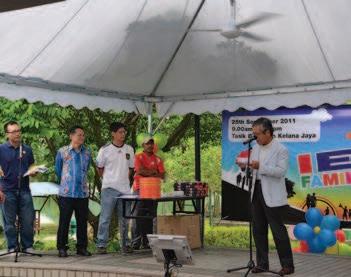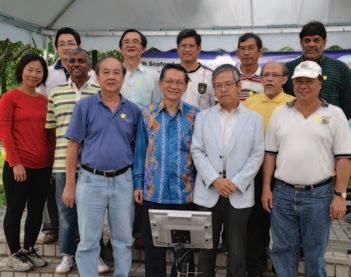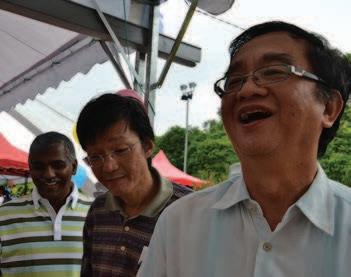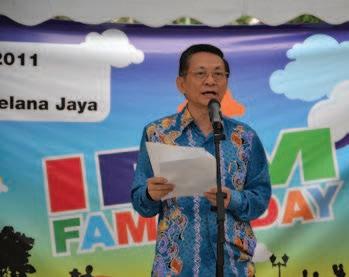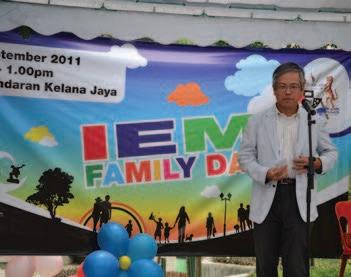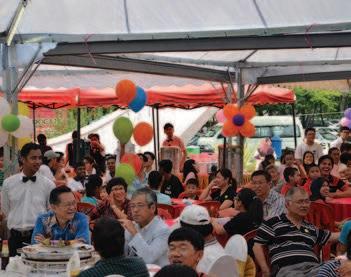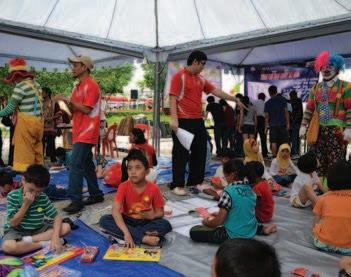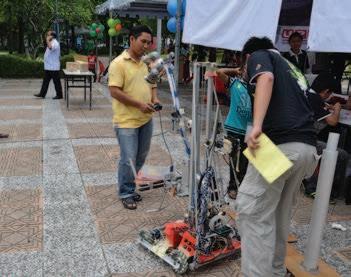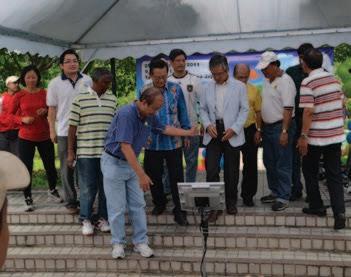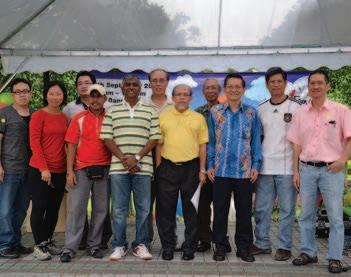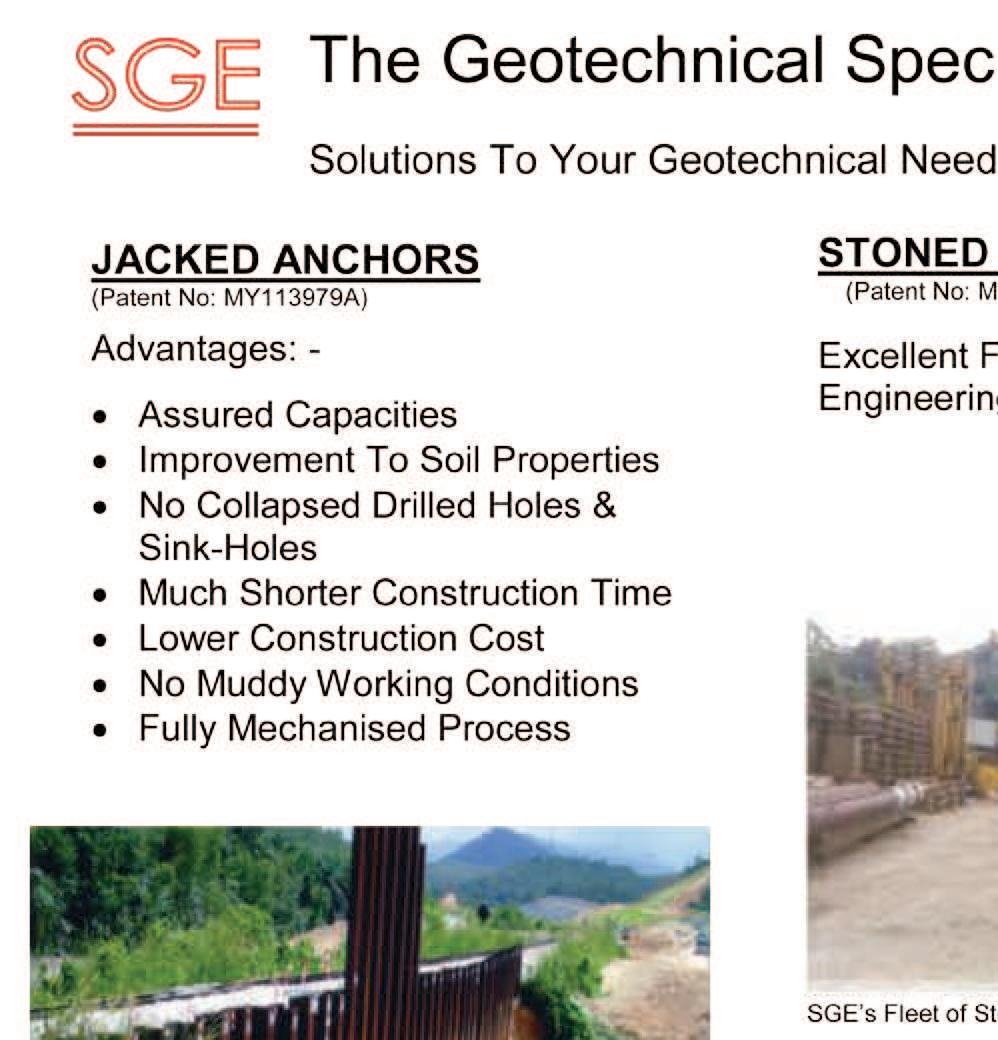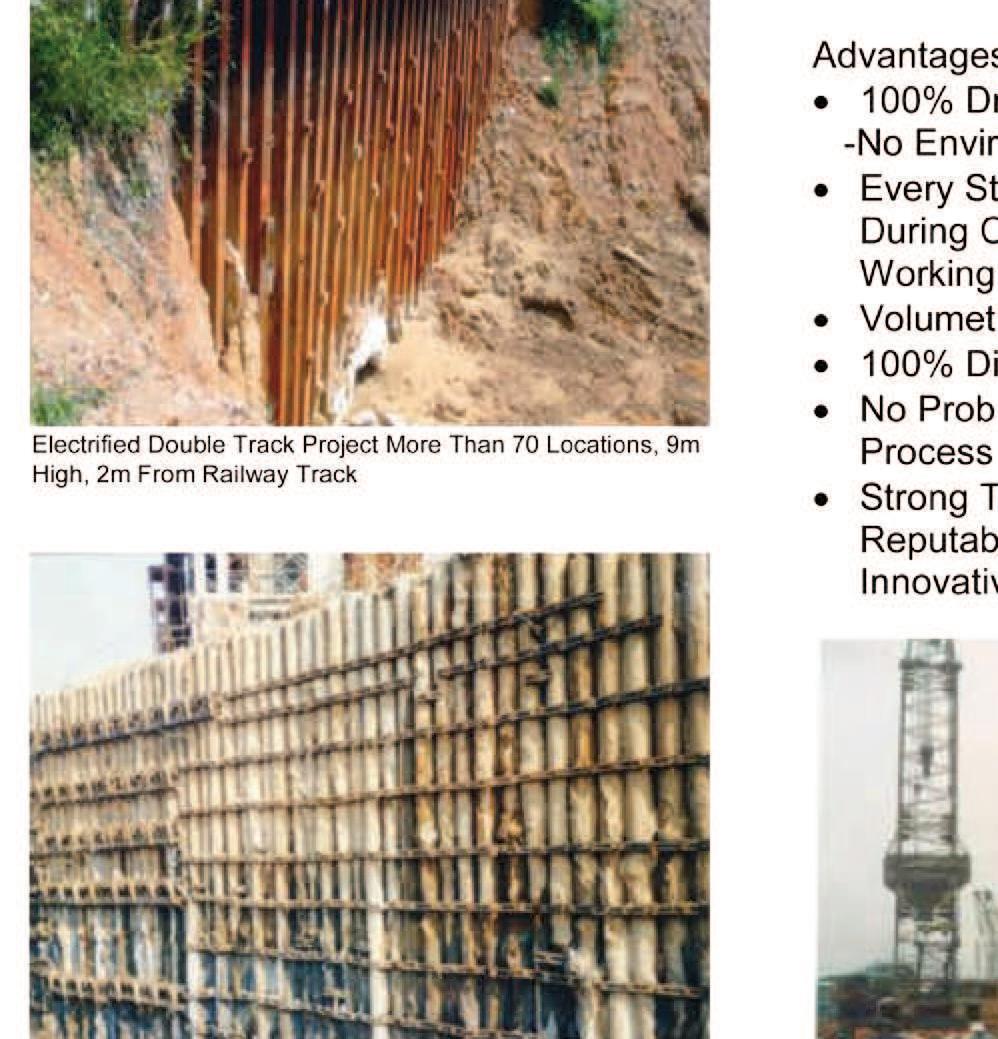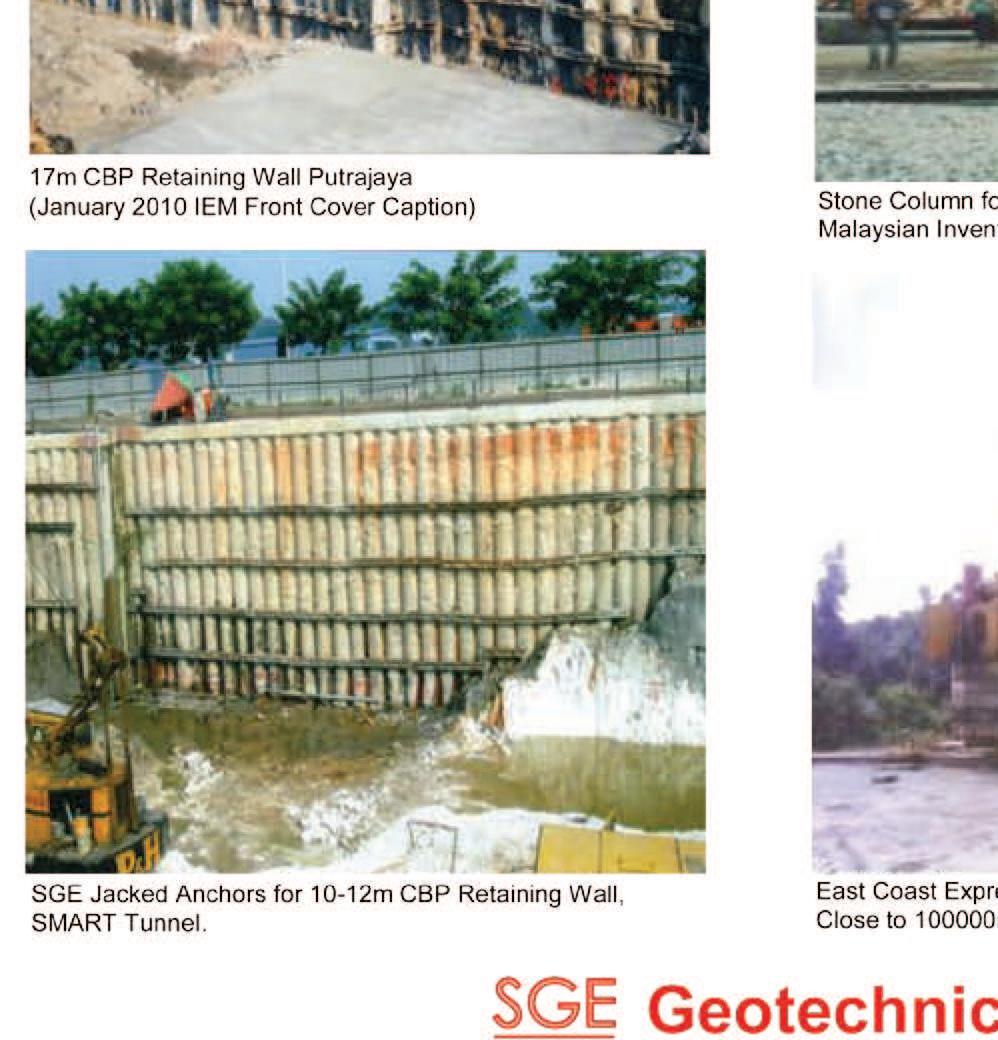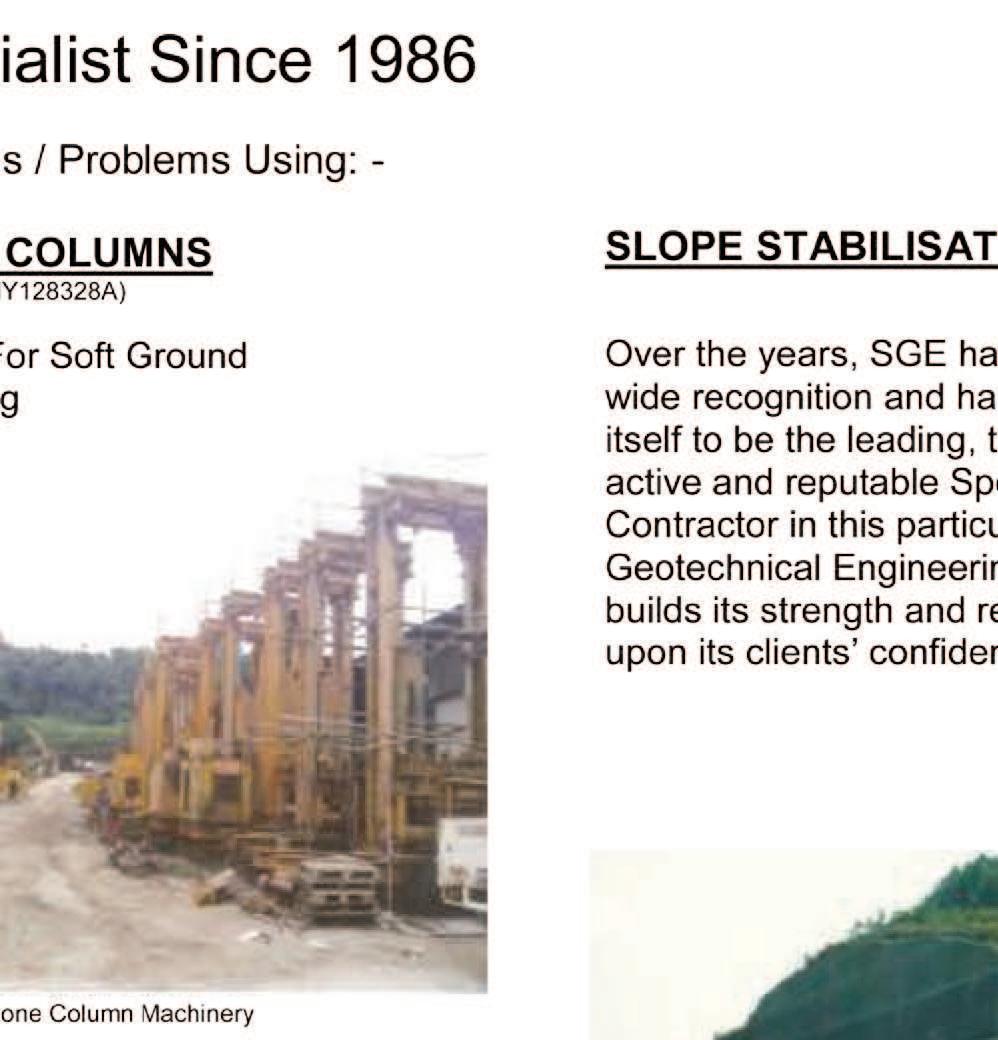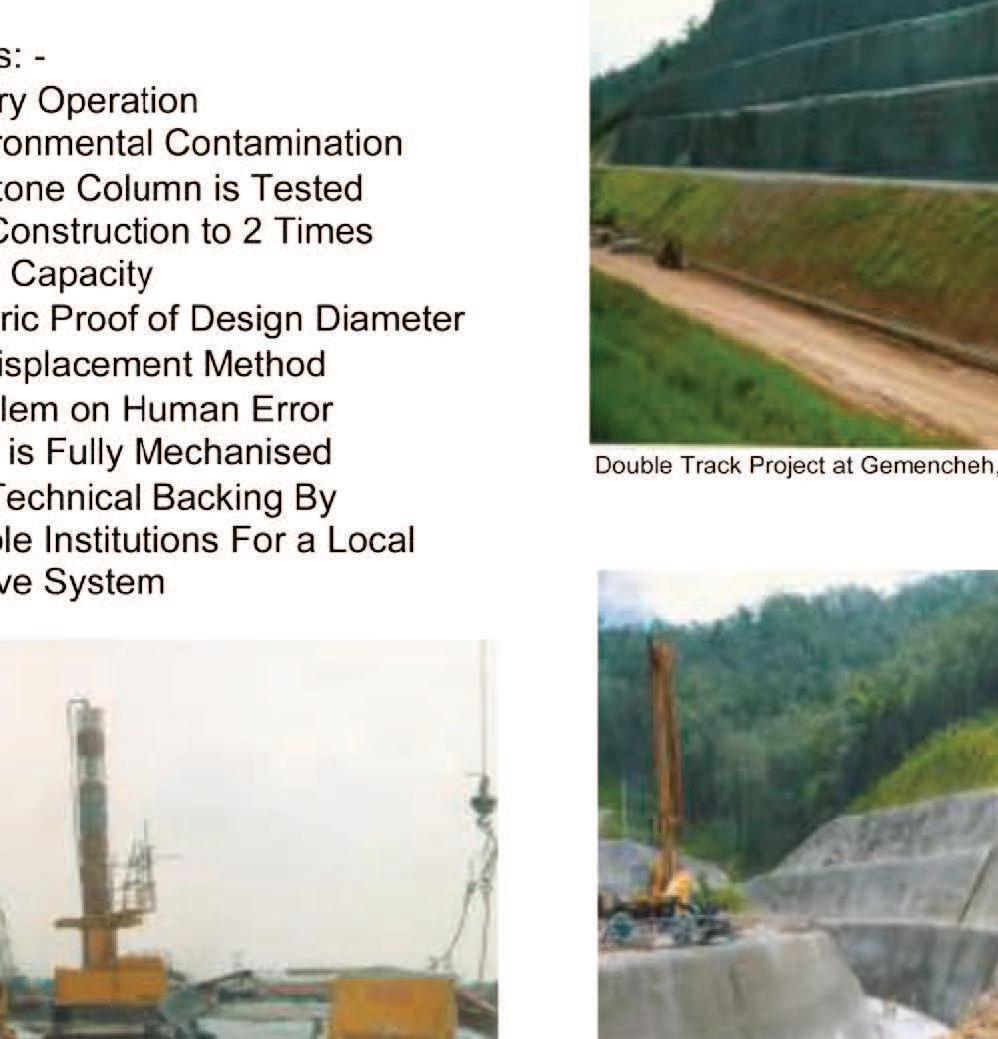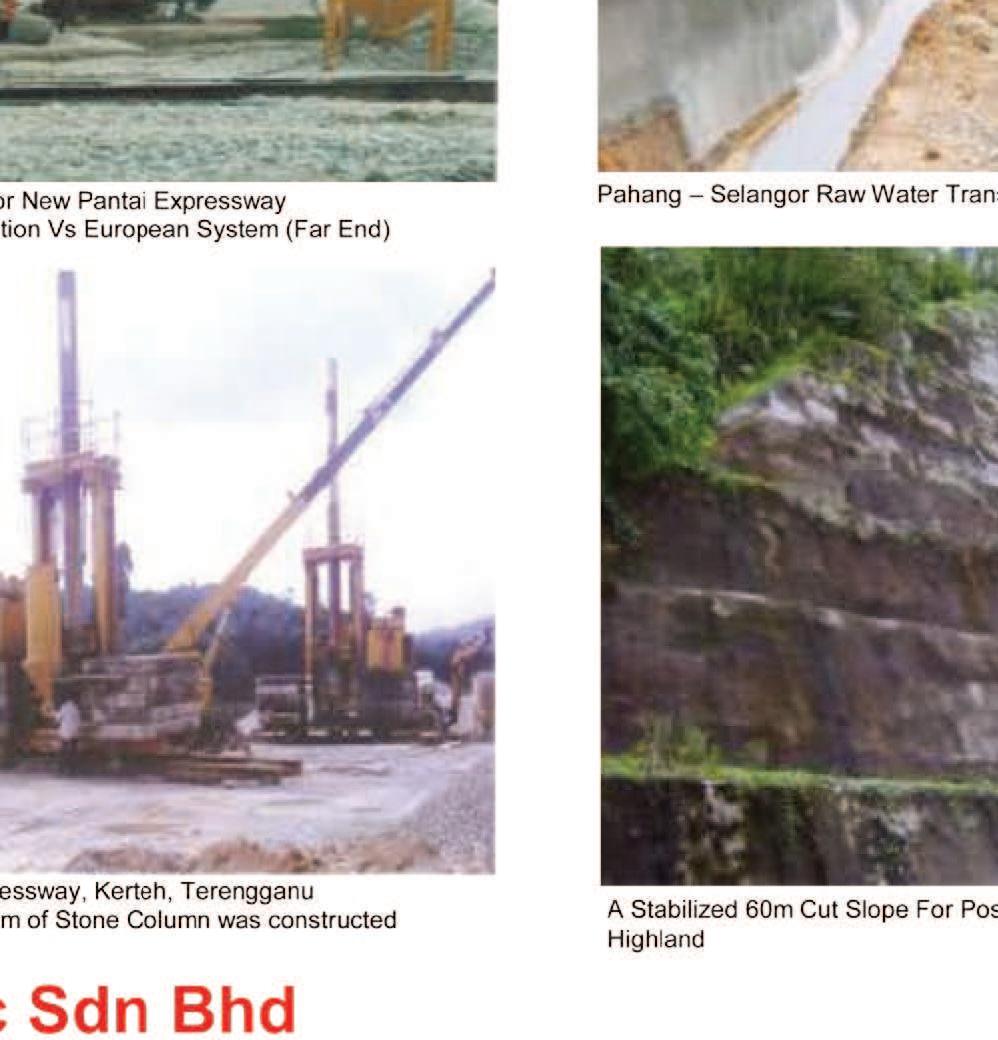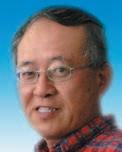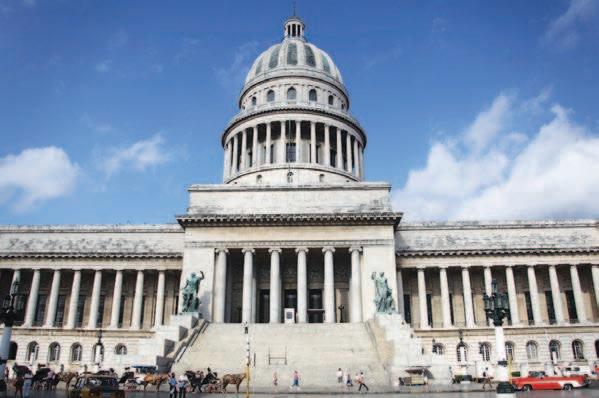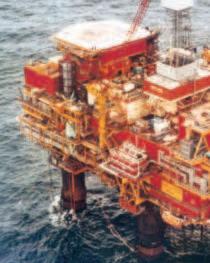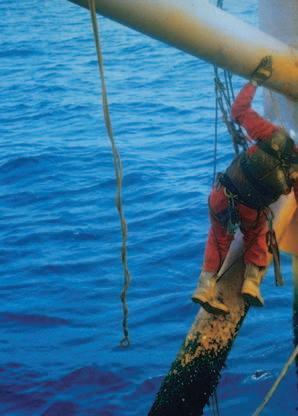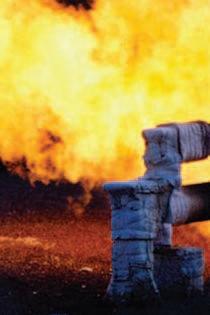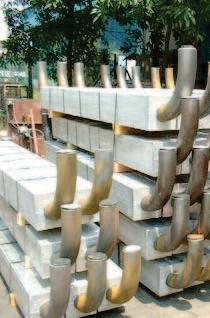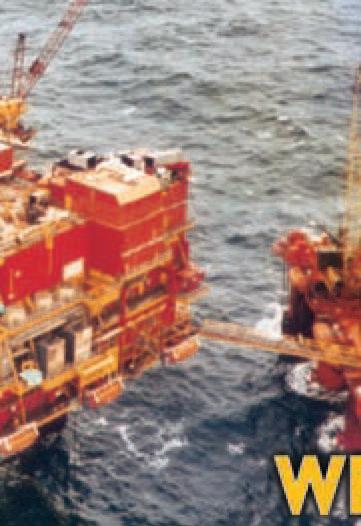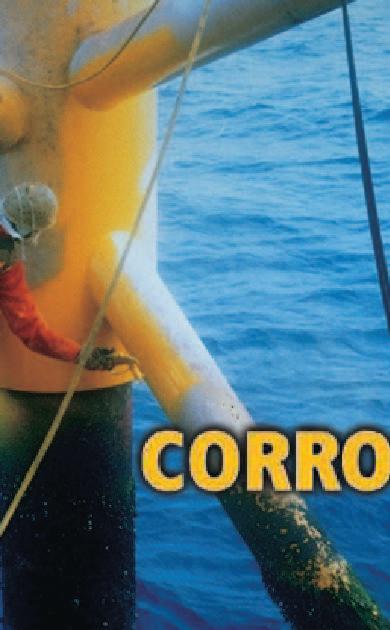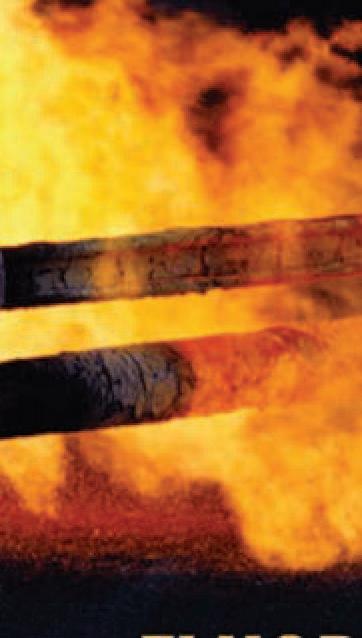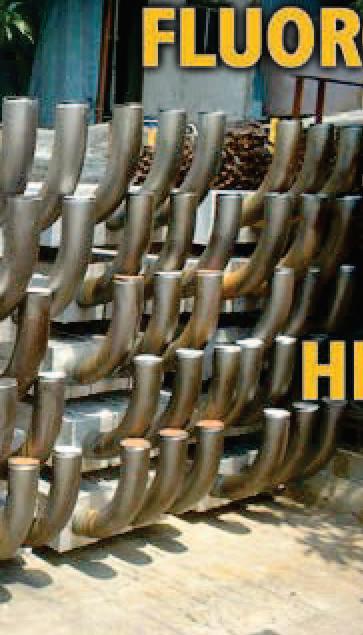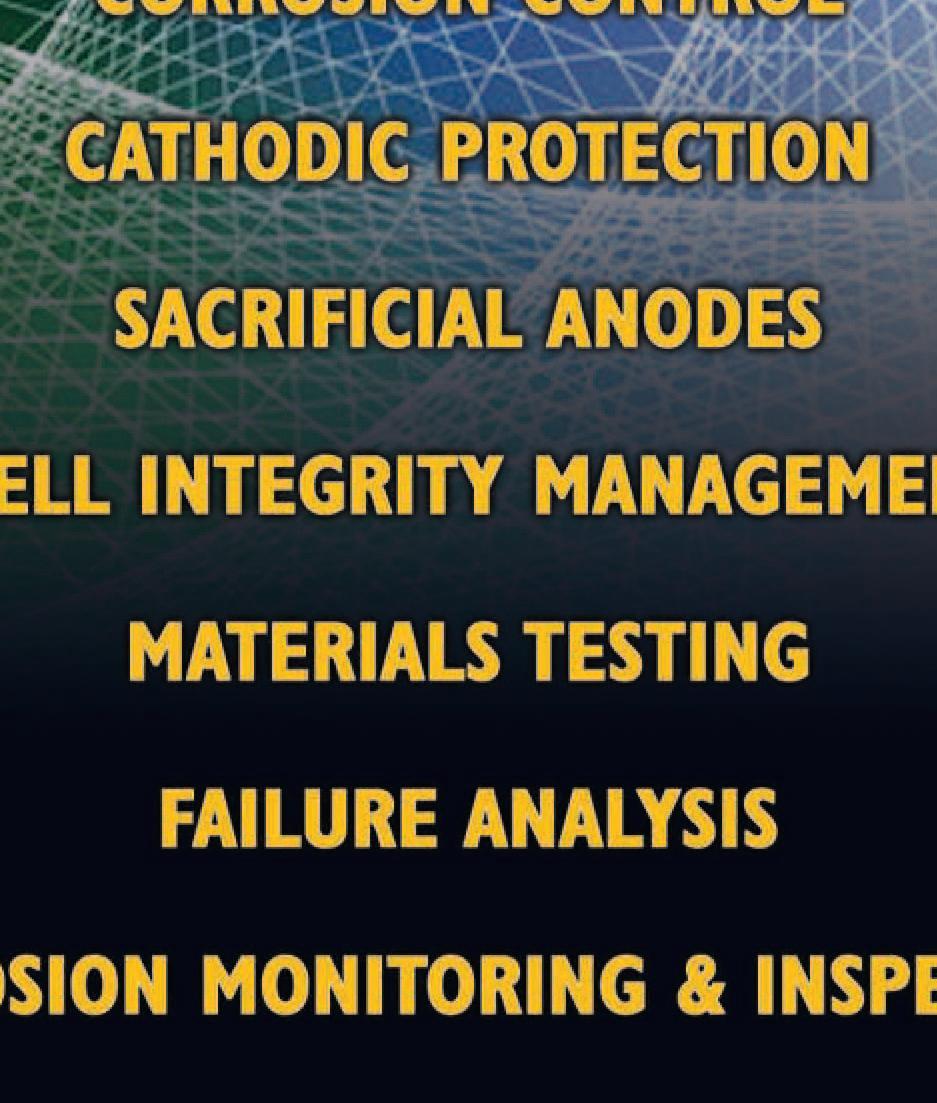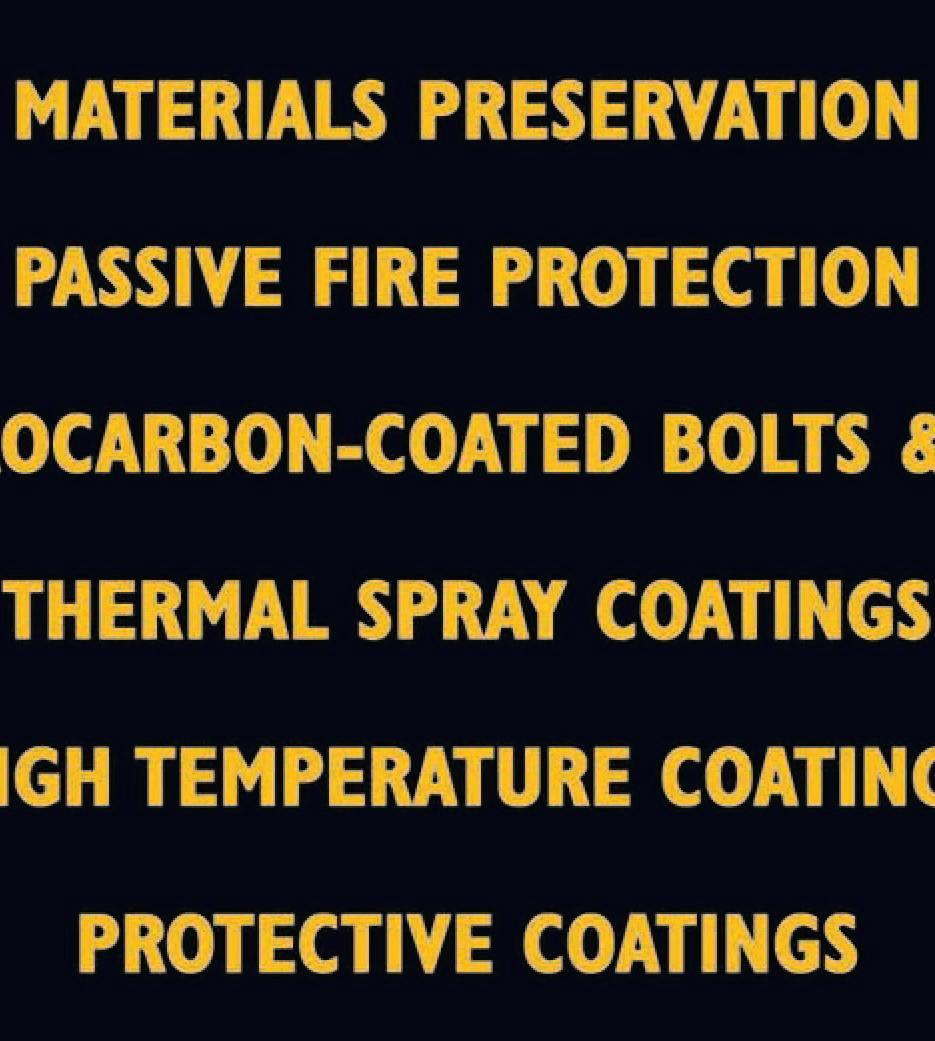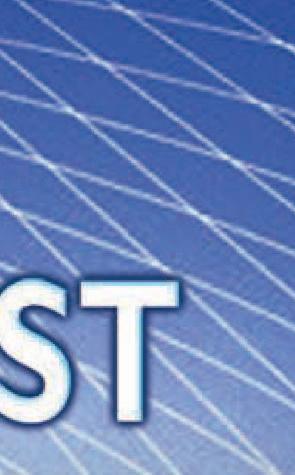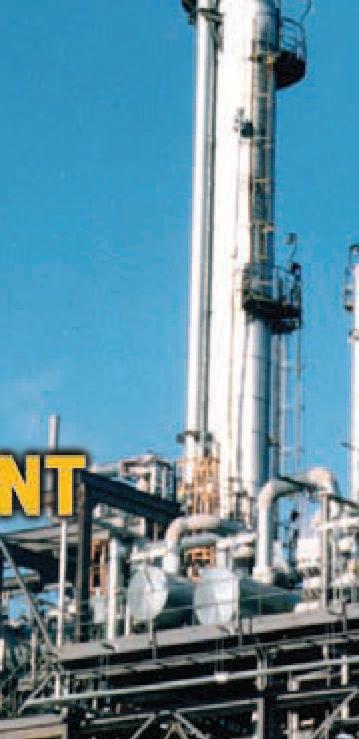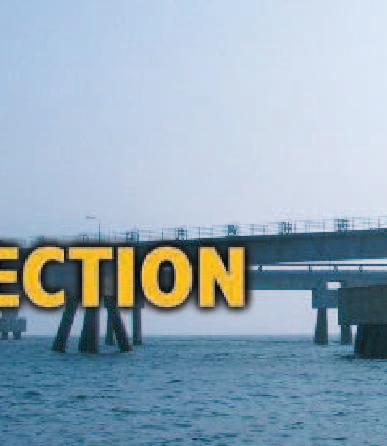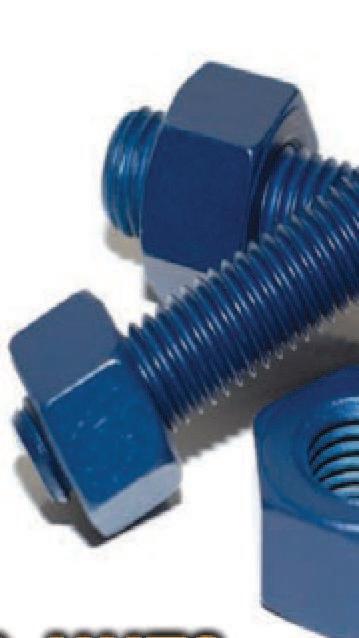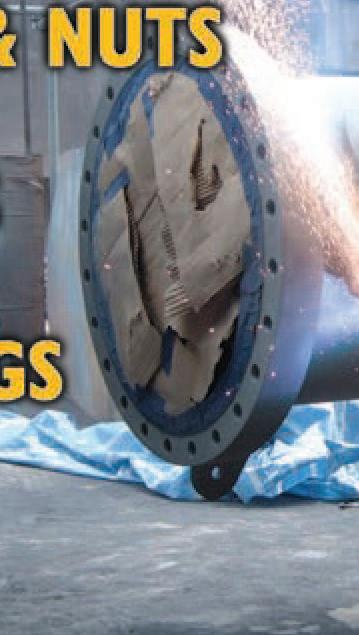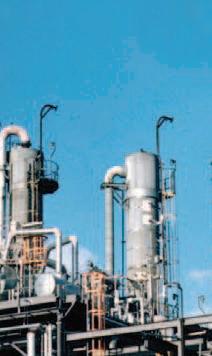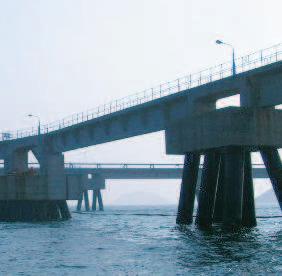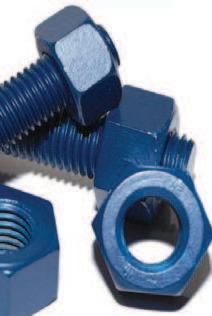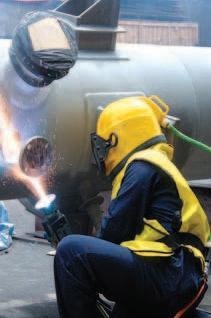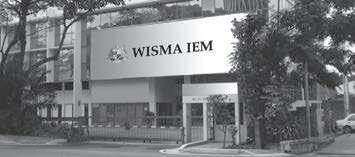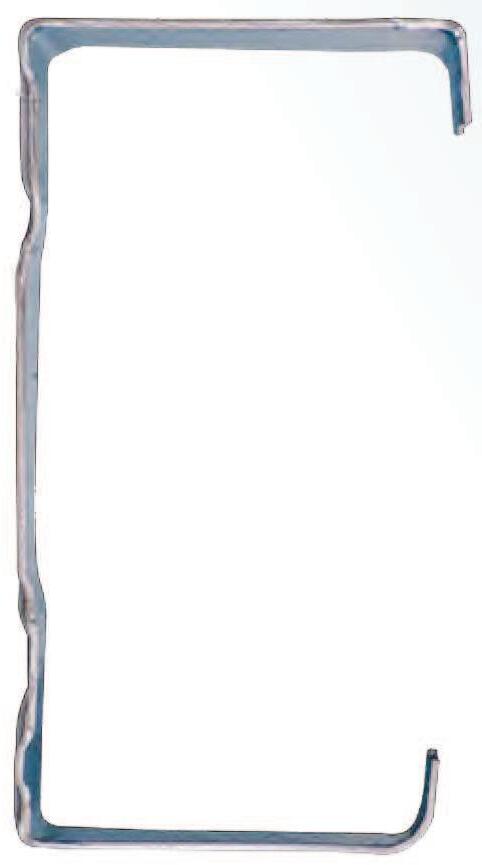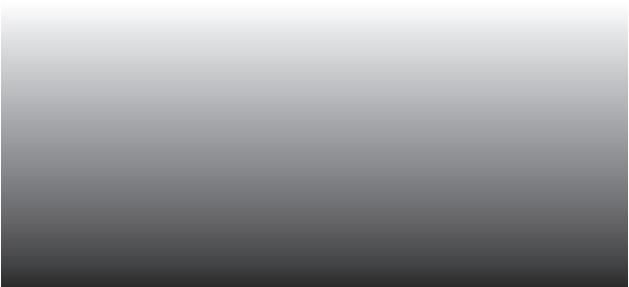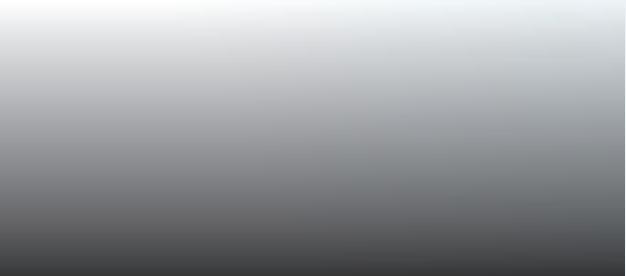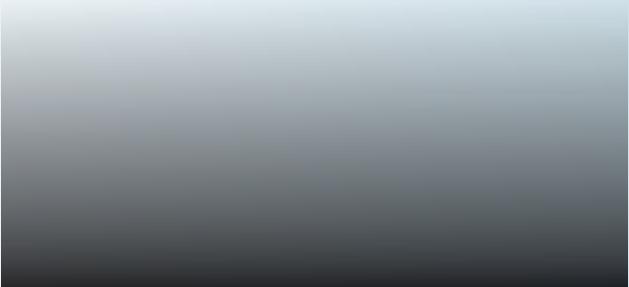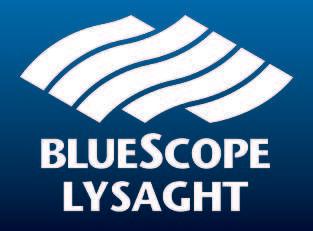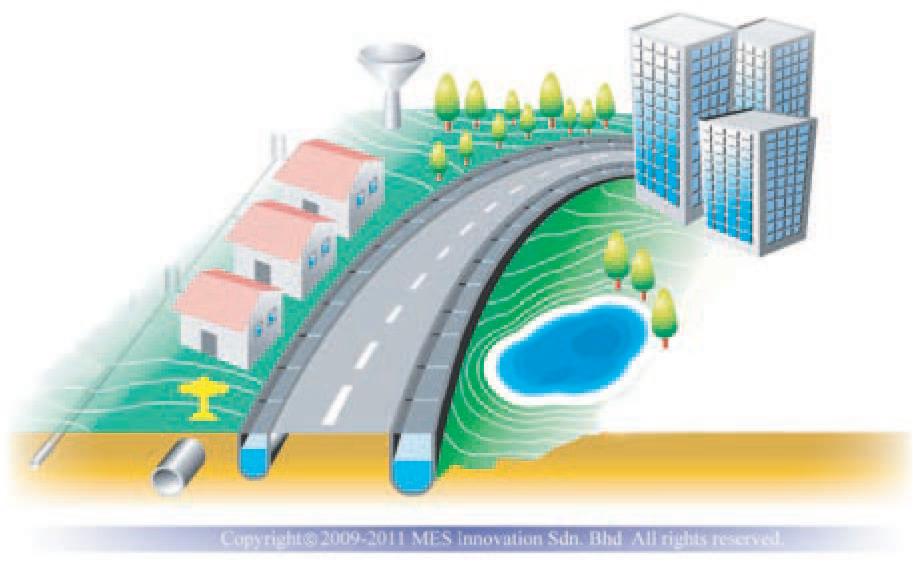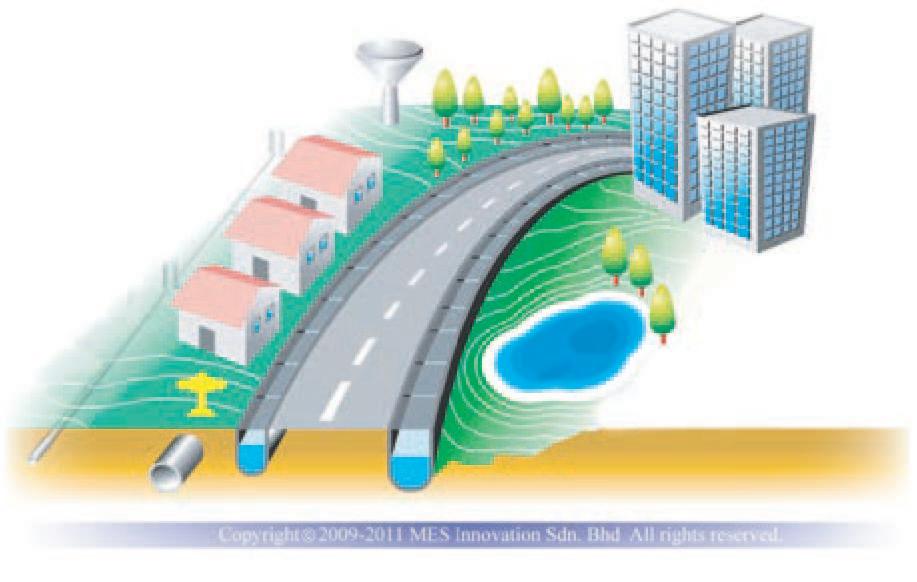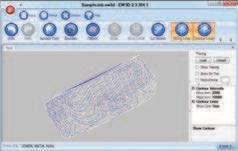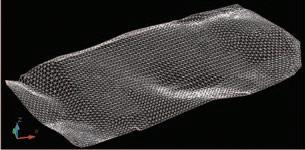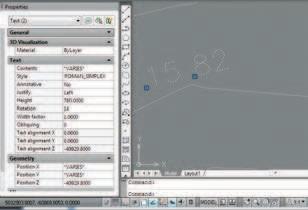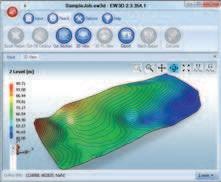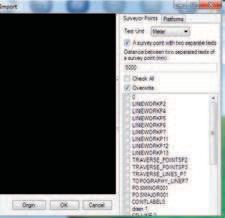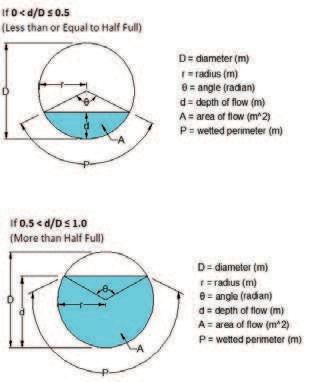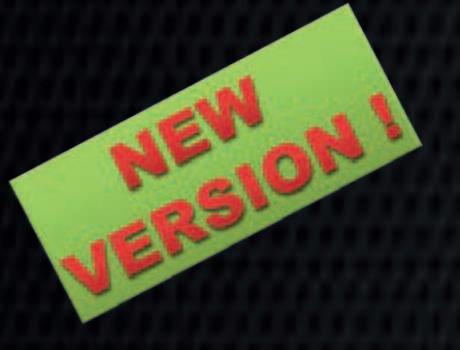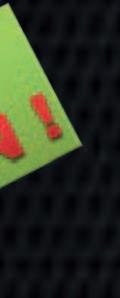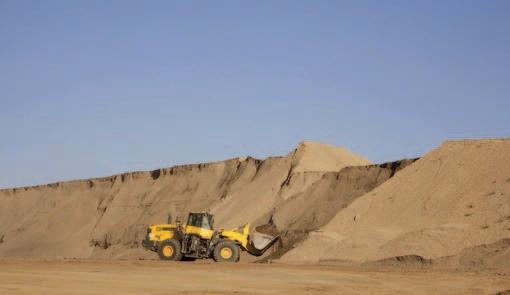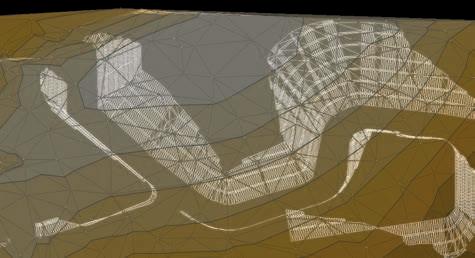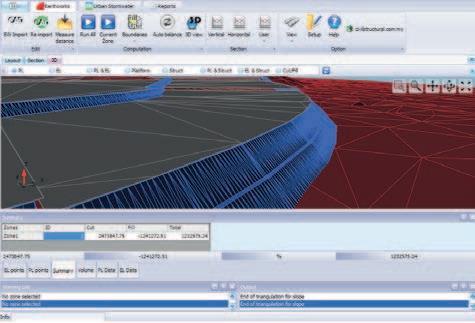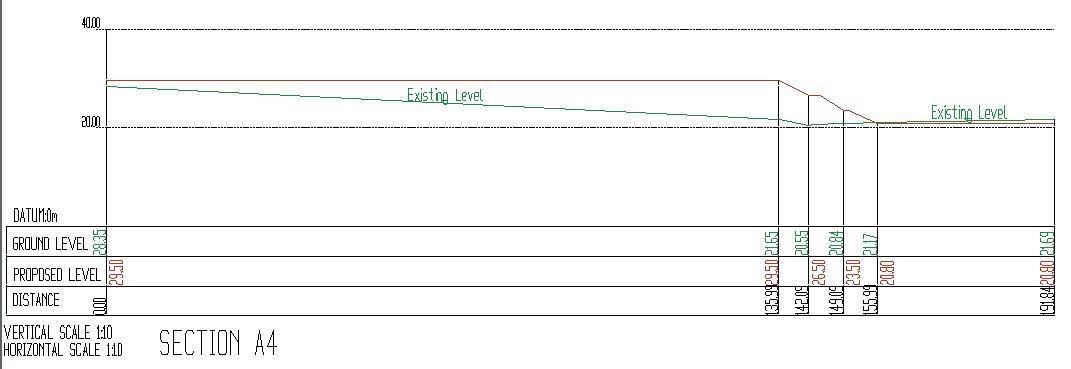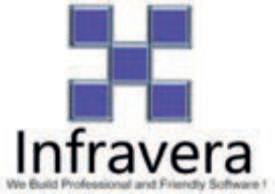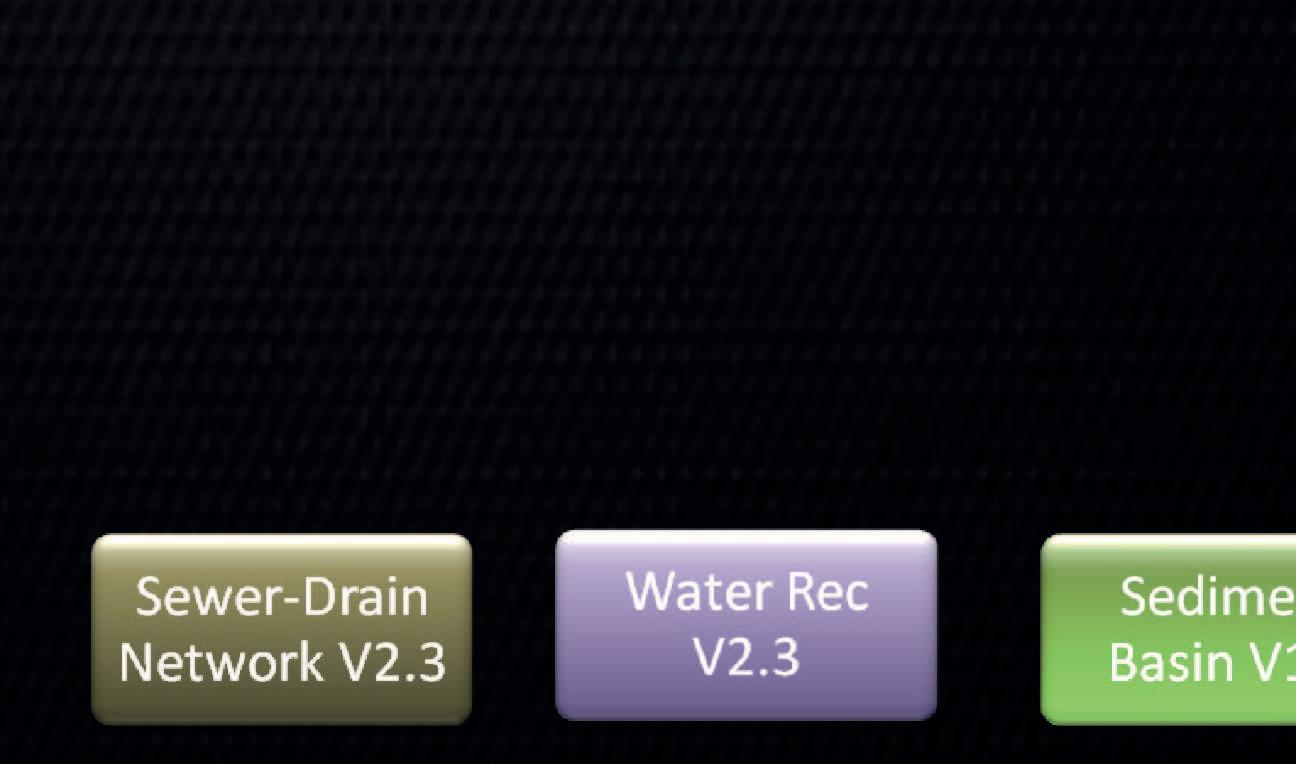PROFESSIONAL INTERVIEW
To All Members, CANDIDATESAPPROVEDTOSITFOR
Date: 15 February 2012
YEAR 2012 PROFESSIONALINTERVIEW
The following candidates have been approved to sit for the Professional Interview for 2012.
year 2012 Professional Interview. a month
Ir. Prof. Dr Lee Teang Shui Honorary Secretary,
NEWAPPLICANTS
Name
CHEMICALENGINEERING
RAMLI BIN MATBSC (AKRON) (CHEMICAL, 1988) MSC (VICTORIA) (CHEMICAL, 1993) PHD (UTM) (CHEMICAL, 2007)
CIVILENGINEERING
AHMAD IRFAN BIN HASANBE HONS (UKM) (CIVIL, 2000)
FAIZELBINABDULMALIKBE HONS (UTM) (CIVIL, 2004)
KHOO HUI KIANGBE HONS (UNIMAS) (CIVIL, 2004)
ME (UTM) (CIVIL, 2006)
LAM WEI HAURBE HONS (UTM) (CIVIL, 2001) MSC (UTM) (COMPUTER, 2003) PHD (BELFAST) (CIVIL, 2008)
MAHRAN BIN MAHAMUDBE HONS (USM) (CIVIL, 2002)
NORAZMAH BINTIAHMADBE (MONASH) (CIVIL, 1986)
PHOON CHEE HOEBE HONS (UPM) (CIVIL, 2008)
SALMAH BT MOHD SOOMADV DIP (UITM) (CIVIL, 1986)
YASOTHA RAMACHANDRAN CHETTY BE HONS (UTM) (CIVIL, 2000)
ELECTRICAL ENGINEERING
ARIF BINAWANGBE HONS (UTM) (ELECTRICAL, 2003)
ARSAD BINABDAZIZBE HONS (UM) (ELECTRICAL, 1986)
MOHAMAD MOHYDDIN BIN
MOHAMED NOR BE HONS (UTM) (ELECTRICAL, 1995)
NORAZMAN BINABDUL RAMAN BE HONS (UITM) (ELECTRICAL, 1997)
SHAMSUDDIN B.ABUBE HONS (UTM) (ELECTRICAL, 2009)
SUM TSU KUANGBE HONS (UMS) (ELECTRICAL & ELECTRONICS, 2005)
WONG CHIN WENG, ROGER BE HONS (UNITEN) (ELECTRICAL& ELECTRONIC, 2002) ME (UM) (ELECTRICAL, 2010)
IEM DIARY OFEVENTS
Approved CPD/PDP : 6 hours
Time : 8.15 a.m. – 5.10 p.m.
NEW APPLICANTS
Name
ELECTRONICENGINEERING
PAHKRULRAZI BIN HARONBE HONS (UTM) (ELCECTICAL, 2003)
SALINABINTIABDULSAMADBSc HONS (TENESSEE) (ELECTRICAL, 1986) PhD (NOTTINGHAM) (ELECTRICAL, 1995)
WANADNAN BIN WAN CHIKBE HONS (STRATHCLYDE) (ELECTRONIC & ELECTRICAL, 1995) ME (UiTM) (ELECTRICAL, 2006)
INDUSTRIALENGINEERING
BARAN RAZALIBSC (POLYTECHNIC BROOKLYN) (INDUSTRIAL, 1992)
MECHANICALENGINEERING
AHMADAPANDI BIN LAKINADV DIP (UiTM) (MECHANICAL, 1995)
AHMAD ZULHAIMI HAFEEZ BIN ZULKEFLI BE HONS (UTM) (MECHANICAL, 2007)
KUSYAIRI BIN BOSTANIBE HONS (UTM) (MECHANICAL, 1995)
NORAZMI BIN MOHD JAMALBE HONS (UiTM) (MECHANICAL, 1996)
WANABDULRAHMAN BIN WAN MANSOR BE HONS (UTP) (MECHANICAL, 2008)
TRANSFER APPLICANTS
Name
CHEMICAL ENGINEERING
25552NG YEAN MINBE HONS (UPM) (CHEMICAL, 2004)
22452SYLVIAPRESENNA A/P SAMUEL INBARAJ BE HONS (UM) (CHEMICAL, 2000)
Time : 9.00 a.m. to 1.00 p.m.
Time : 7.00 p.m. to 11.00 p.m.
TRANSFER
APPLICANTS
Name
CIVIL ENGINEERING
14808AZHAM MALIK BIN MOHD HASHIM BE (NEW SOUTH WALES) (CIVIL, 1992)
26520AZMILHIZAM BIN MD ISA BE HONS (UNITEN) (CIVIL, 2004)
36309CHONG BOON HUIBE HONS (CURTIN) (CIVIL, 2007)
41327GAN CHIN PHANGBE HONS (UM) (CIVIL, 2008)
21863GAN KOK WEEBE HONS (CIVIL, 2000)
28804LEE HONG YONGBE HONS (KUITHO) (CIVIL, 2005) ME (UTM) (CIVIL, 2009)
24288LUKE JETIEANAK BENJAMIN BE HONS (USM) (CIVIL, 2005)
38846MOHD FAIZ BIN MOHD FAUDZI BE HONS (UITM) (CIVIL, 2007)
20354NG KAM LONGBE HONS (USM) (CIVIL, 1999)
25885NG KAR HONGBE HONS (USM) (CIVIL, 2002)
38908SALWAHIDAYAH USMANI BINTI OTHMAN BE HONS (USM) (CIVIL, 2002) MSC (UPM) (WATER, 2006)
20654TAN CHIN THIAMBE HONS (UTM) (CIVIL, 2001) ME (UTM) (CIVIL, 2003)
ELECTRICAL ENGINEERING
34009ADDIEAHMADBE HONS (BRIGHTON POLYTECHNIC) (ELECTRICAL& ELECTRONIC, 1990)
48095AHMADSUHAIMIBIN MOHAMED BE HONS (UM) (ELECTRICAL, 2004)
49439HOCHEEMINGBE HONS (UNITEN) (ELECTRICAL& ELECTRONIC, 2007)
36663LEECHENGPAYBE HONS (UM) (ELECTRICAL, 2008)
39963LOOWAICHIANBE HONS (USM) (ELECTRICAL, 2002)
39960MOHDIKHMIL FADRIZANBINMOHD HANIF BE (UTEM) (ELECTRICAL, 2007)
38884MOHDKHAIRUDIN BINMDALI BE (UTEM) (ELECTRICAL, 2007)
34355TAYBOONCHUANBE HONS (UTM) (ELECTRICAL, 2005)
ELECTRONICENGINEERING
34315SHAIFULNIZAM BIN SAMIN BE HONS (UKM) (ELECTRICAL& ELECTRONIC, 2002)
INSTRUMENTATION AND CONTROL ENGINEERING
44602WANAMINUDDIN BAKIBINABDUL KHALID BE HONS (UTM) (ELECTRICAL, 2003)
MECHANICALENGINEERING
43807ASHLIE BINABDUL RAHIM BE HONS (UTP) (MECHANICAL, 2001)
38076CHEN KIN SEONGBE HONS (UTHM) (MECHANICAL, 2007)
46865GOH SU KINBE HONS (MMU) (MECHANICAL, 2006)
32604LEE KOK SIONGBE HONS (PORTSMOUTH) (MECHANICAL, 1999)
23672LOURDES RAJA/L DHOMNIC BE HONS (UTM) (MECHANICAL, 2002)
43814NOR HAZLIN BT MOHAMMAD BE HONS (UPM) (MECHANICAL, 1998)
26984TANG YU CAIBE HONS (MMU) (MECHANICAL, 2004)
Ir. Prof. Dr Lee Teang Shui Honorary Secretary,
TRANSFER TO THEGRADEOF FELLOWMEMBER
Name
CIVIL ENGINEERING
05375ABDAHIR BINABDUL MAJID BSC (STRATHCLYDE) (CIVIL, 1973) MSC (PURDUE) (CIVIL, 1979)
05864LIM GU WOONBE HONS (UM) (CIVIL, 1978)
13151SHARIFAHAZLINA BT RAJAKAMAL PASMAH BSC (CHRISTIAN BROTHERS COLLEGE, USA) (CIVIL, 1990)
MECHANICAL ENGINEERING
12370MD HISMABIN HASHIM BE HONS (UTM) (MECHANICAL, 1977)
TRANSFER TO THEGRADEOFMEMBER
Name
AGRICULTURAL ENGINEERING
24903LIM SWEE SANGBE HONS (UPM) (BIOLOGY &AGRICULTURE, 1999)
CHEMICAL ENGINEERING
29743HO POOI KWAN BE HONS (UKM) (CHEMICAL, 2007)
CIVIL ENGINEERING
6196ANG EK KOON BSC (MANITOBA) (CIVIL, 1982)
27536ANG TENG HONG BE HONS (USM) (CIVIL, 2004)
16426ARIFFIN BIN NGAH BE HONS (UITM) (CIVIL, 1996)
23035CHEAH WENG CHOON BE HONS (HERTFORDSHIRE) (CIVIL, 2000)
41173CHIAKETYAU @ VICTOR BE HONS (QUEENSLAND) (CIVIL, 2004)
20700CHUNG TECK HIONG BE (AUCKLAND) (CIVIL, 1999)
28409DESMOND TEO LI KIAT BE HONS (UM) (CIVIL, 2007)
37052GOH NIAN TEE BE HONS (UTM) (CIVIL- CONSTRUCTION MANAGEMENT, 2006)
20868GUSLIN BINABD RASAK BE HONS (UTM) (CIVIL, 1998)
36810HUANG KAH YONGBE HONS (UTM) (CIVIL, 2000)
08312KONG SIN KOOI BE HONS (MONASH) (CIVIL, 1984)
26475LEONG SEE YOONG BE (HONS) (UTHM) (CIVIL, 2002)
21265LIEW CHEE SEONGBE HONS (UTM) (CIVIL, ENVIRONMENTAL, 2002)
43590LIM FU YEEBE HONS (UTM) (CIVIL, 2005)
12425LIM SIEW HOWEBE HONS (LIVERPOOL) (CIVIL, 1989)
45313MD YUFI FAJARI BIN MOHD YUSOFF BE HONS (UITM) (CIVIL, 2004)
38920MD ZARULAZAM BIN MD EUSOPE BE HONS (UPM) (CIVIL, 2004)
29022MOHAMAD EMRAN BIN BAHARUDIN BE HONS (UITM) (CIVIL, 2006)
33942MOHD ZAILANI BIN MOD NOR BE HONS (UTM) (CIVIL, 2001)
10032NG SEE SHINGBE HONS (UTM) (CIVIL, 1989)
18332NORZEHAN BINTI HAJI MANSOR BSC HONS (HARTFORD) (CIVIL, 1989)
22099PAU TING TIMGBE HONS (UNIVERSITY OF CANTERBURY) (CIVIL, 2000)
38789SUFIAN BIN BAHAROM BE HONS (UTHM) (CIVIL, 2006)
28379TAN WEI MINGBE HONS (UPM) (CIVIL, 2002) MSC (UPM) (HIGHWAY& TRANSPORT, 2005)
22324TEH SWEE LOONBE HONS (UTM) (CIVIL, 2001)
23921TOH DING KIONGBE (MONASH) (CIVIL, 2001)
20982UARNZDERANAK
JUNAIDI KUTOI BE HONS (UITM) (CIVIL, 2001)
TRANSFER TO THEGRADEOFMEMBER Name
24786VOO YEN LEIBE HONS (NEW SOUTH WALES) (CIVIL, 2001)
42533WONG CHEN TONGBSC (LEEDS) (CIVIL, 2003) MSC (SURREY) (BRIDGE ENGINEERING, 2007)
25507WONG KET VUIBE HONS (UNIMAS) (CIVIL, 1999)
ELECTRICAL ENGINEERING
31725HANAFIAH SHAMSUDIN BE HONS (NORTHUMBRIA) (ELECTRICAL& ELECTRONIC, 1997)
13037MOKHTAR BIN HARUN BE (GANNON UNIVERSITY USA) (ELECTRICAL, 1988) MSC (TOLEDO, USA, 1995) PHD (UTM) (ACOUSTICS ENGINEERING 2005)
17677MOHD FADILBIN ABU SAMAH BE HONS (UTM) (ELECTRICAL, 2000)
18604MOHD KHAIRILBIN RAHMAT BE HONS (SOUTHAMPTON) (ELECTRICAL, 1996) MSC (STRATHCLYDE) (ELECTRICAL POWER, 2004) PHD (STRATHCLYDE) (ELECTRONIC & ELECTRICAL ENGINEERING, 2008)
24197MOHD SANY BIN MD SO'OD BE HONS (RMIT) (ELECTRICAL, 1998)
27130PANIR SELVAN S/O VEERAN BSC (HERTFORDSHIRE) (ELECTRICAL& ELECTRONICC, 1988)
23271TEOH TIAN LENG BE HONS (UTM) (ELECTRICAL, 1996)
ELECTRONIC ENGINEERING
29591AMIR FARID BIN ABDULMAJID
BE HONS (UKM) (ELECT, ELECTRONIC & SYSTEMS, 2002) MSC (SHEFFIELD) (CONTROLSYSTEMS, 2005)
23408FAM DENG FONGBE (UNITEN) (ELECTRICAL & ELECTRONIC, 2004)
43585FAZLINABINTI NGAH BSC (SOUTHERN CALFORNIA) (ELECTRONIC, 2003)
46773LIM CHOT HUNBE HONS (MMU) (ELECTRONICS -TELECOMMUNICATIONS, 2003)
42469MAAMOR BIN NAIMBE HONS (UTM) (ELECTRICALINSTRUMENTATION & CONTROL, 2000)
20932ONG SHY BOON BE HONS (STAFFORDSHIRE) (ELECTRONIC, 1995)
27638SURAESHA/L BALAKRISAN BE HONS (UTM) (ELECTRICALELECTRONICS, 2004)
INSTRUMENTATION ANDCONTROL ENGINEERING
28823LAU WENG HOONG BE HONS (UTM) (ELECTRICAL, 2006)
MANUFACTURING ENGINEERING
34865LOKMAN BIN ABDULLAH BE HONS (UIAM) (MANUFACTURING, 2005) ME (COVENTRY) (MANUFACTURING SYSTEMS, 2007)
MECHANICAL ENGINEERING
30629ABDULDAN BIN ADTONG BE HONS (UTM) (MECHANICAL, 1994)
17102ADNAN BIN MOHAMAD BE HONS (UTM) (MECHANICAL, 1994)
42442AZMAN BIN SAUBIRAN BE HONS (UTM) (MECHANICAL, 1999)
25407 CHEN FUN CHIEN BE (HONS) (UM) (MECHANICAL, 2002)
18304CHIN CHEE SEONG BSC (SEOULNATIONAL UNIVERSITY) (MECHANICAL, 1994)
36260FAZLEE BINAYOB BE HONS (UTM) (MECHANICAL, 2001)
TRANSFER TO THEGRADEOFMEMBER
Name
MECHANICAL ENGINEERING
27114LEE CHANG QUAN BE HONS (UTM) (MECHANICAL, 2005)
37292MOHD FARID JAMLUS BE HONS (UITM) (MECHANICAL, 2004)
29216MOHD HAZERY BIN MD. SHAMSI BE HONS (UITM) MECHANICAL, 2006)
24131NORHAZREE BIN AZMAN BE HONS (UNITEN) (MECHANICAL, 2001)
25188ONG CHEW PING BE HONS (SOUTH AUSTRALIA) (MECHANICAL& MANUFACTURING, 2004)
13267SUFIAN BIN HUSINBE HONS (UTM) (MECHANICAL, AERONAUTICS, 1994)
33962TAN CHIAT JOON BE HONS (USM) (MECHANICAL, 2006)
24895THIRUMURUGAN S/O MANIKAM BE HONS (UNITEN) (MECHANICAL, 2001)
43932TIAN FOO HOWE BE HONS (UM) (MECHANICAL, 2006)
15123ZAINOLARIFEN BIN SAID BE HONS (UTM) (MECHANICAL, 1991)
25272ZAIRY JUAZRY BIN ZAKI @ MOHD ZAKI BE HONS (UMIST) (MECHANICAL, 1999)
ELECTIONTOTHE GRADE OF MEMBER Name
MECHANICAL ENGINEERING
MOHD KHAIRULARIFFIN BIN SAMIN BE HONS (USM) (CHEMICAL, 2005)
CIVIL ENGINEERING
ABD HADI BINABDULAZIZ BSC HONS (GLASGOW) (CIVIL, 1984)
ADZRI BIN HUSSAIN BE HONS (UM) (CIVIL, 2001)
AMIRUDDIN BIN JOHARI BSC (CALIFORNIASTATE) (CIVIL, 1989)
FATHEEYAH BINIT ZAINUDDINBE HONS (UTM) (CIVIL, 2001) ME(UITM) (CIVIL, 2008)
MUHAMAD YUSRI BIN ZAINAL BE HONS (UTHM) (CIVIL, 2005)
PHOON HUNG LEONG BE HONS (UTM) (CIVIL, 2002)
WAN IKRAM WAJDEE BIN WAN
AHMAD KAMAL BE HONS (UTM) (CIVIL,2004) ME (UTM) (CIVILSTRUCTURE, 2006)
AB. RAHMAN BIN M. NOR BE HONS (UTM) (CIVIL, 1995)
FAZLI BINABDULRAHMAN BSC (LEHIGH, USA) (CIVIL, 1999)
LIM CHUN HONG BE HONS (UTM) (CIVIL, 2006) MSC (NUS) (GEOTECHNICAL ENGINEERING, 2009)
MOHAMAD MUHAYADIN BIN
MOHAMAD LIP BSC (SUNDERLAND POLYTECH,CNAA) (CIVIL, 1986)
MOHD PESOLBIN MAN BE HONS (UTM) (CIVIL, 1999)
MOKHTAR BINA.RASHID BE HONS (POLYTECH OF CENTRALLONDON, CNAA) (CIVIL, 1987)
CIVIL ENGINEERING
NASITABT SARWADIBE HONS (UPM) (CIVIL, 2002)
NOR ZAIRY BIN NASIRUDIN BSC (PORTLAND STATE UNI.) (CIVIL, 1991)
ROSYIDI BIN LAT BE HONS (UTM) (CIVIL, 2000)
WAN MOHDAZIMAN BIN WAN
IBRAHIM BE HONS (UPM) (CIVIL, 1998)
YOW JAW PERNG BSC ( UTAH) (CIVIL, 1999)
ZAIMIN BINABDULLAH BE HONS (UTM) (CIVIL, 2004)
ELECTIONTOTHE GRADE OF MEMBER
Name
ELECTRICAL ENGINEERING
ADRIAN LEO MOSIGIL BE (COVENTRY UNI, CNAA) (ELECTRICAL& ELECTRONIC, 1992)
KUAN LEE CHOO BE HONS (UNITEN) (ELECTRICAL& ELECTRONIC, 2001)
NURSYARIZALBIN MOHD NOR BE HONS (UTM) (ELECTRICAL,1998) MSC (UMIST) (ELECTRICAL POWER, 2001) PHD (UTP) (ELECTRICAL & ELECTRONICS ENGINEERING, 2010)
ELECTRONIC ENGINEERING
CHANG YOONG CHOON BE HONS (NORTHUMBRIA) (ELECTRICAL& ELECTRONIC, 1999) ME (MMU) (SCIENCE, 2003) PHD (MMU) (ERROR CONTROLTECHNIQUES FOR VIDEO TRANSMISSION OVER WIRELESS CHANNEL, 2008)
NAZRULANUAR BIN NAYAN BE (UNIVERSITY OF TOKYO) (INFORMATION@ COMMUNICATION ENGINEERING, 1998) ME (GIFU UNIVERSITY) (ELECTRICAL &ELECTRONIC, 2008) PHD (GIFU UNIVERSITY) (ELECTRONICS & INFORMATION SYSTEMS ENGINEERING, 2011)
ROSDIADEE BIN NORDIN BE HONS (UKM) (ELECTRICAL &ELECTRONIC, 2001)
ROSMAN BIN RADZALI BSC (WASHINGTON) (ELECTRICAL, 1995)
VISHNU MONN BASKARAN BE HONS (UNITEN) (ELECTRICAL& ELECTRONIC, 2004)
INSTRUMENTATION ANDCONTROL
ENGINEERING
ANG TEOH ONG BE HONS (UKM) (ELECTRICAL, ELECTRONIC & SYSTEMS, 1995) MSC (UKM) (ELECTRICAL, ELECTRONICAND SYSTEMS ENGINEERING, 2007)
MATERIAL ENGINEERING
ABDULROHIM BIN MD SAID BSC (PENNYSYLVANIA) (MECHANICAL, 2000)
MECHANICAL ENGINEERING
ABDULRAHMAN BINADAM BSC (SOUTHERN ILLIONIS AT CARBONDALE, USA) (MECH-THEMAL& ENVIRONMENTAL, 1984) MSC (UNION COLLEGE, SCHENECTADY, NY) (ENG, 1996)
EZZARHAN BINABDULLAHBE HONS (UITM) (MECHANICAL, 2000)
LUDHSIAH BINTI MUHAMAD SAIRI BE HONS (UTM) (MECHANICAL, 1992)
MOHAMMADAZZEIM BIN MAT JUSOH BE HONS (SAGA, JAPAN) (MECHANICAL, 2000)
MOHD FZMIZALBIN ISHAK BE HONS (UKM) (MECHANICAL, 2004)
MOHD YUSRIZALBIN MOHD YUSOF BSC (MICHIGAN) (MECHANICAL, 2000)
PIONG YEE HWONG BE HONS (GLASGOW) (MECHANICAL, 1991) MSC (WARWICK) (MANUFACTURING SYSTEM, 1993)
PRABAKARAN S/O NANDAKUMAR BE HONS (NORTHUMBRIA,NEWCAS TLE) (MECHANICAL, 1998)
SANJEEV SABESAN BE HONS (UNITEN) (MECHANICAL, 2000)
TUANAB. RAHMAN BIN TUAN MUDA BSC (LEEDS) (MECH, 1980)
Name CIVIL ENGINEERING
THEN SIN EAUBE HONS (USM) (CIVIL, 2001)
ELECTRICAL ENGINEERING
CHEONG HARBE HONS (UM) (ELECTRICAL, 1970)
HASSAN BIN KAMALBE HONS (UTM) (ELECTRICAL, 1992)
MECHANICAL ENGINEERING
MD ISABIN DAUD BE HONS (UM) (MECHANICAL, 1995)
TRANSFERTOTHE GRADE OF GRADUATE
Name
AERONAUTICAL ENGINEERING
35758SHALINIA/P DARMARAJU
B.E.HONS.(UTM) (MECHANICALAEONAUTICS,11)
AGRICULTURAL ENGINEERING
29590MOHDAZRIAZHIM BIN NOORAZMI
BIOMEDICAL ENGINEERING
B.E.HONS.(UPM) (AGRICULTURAL, 09)
42230CHAN KUAN PHANGB.E.HONS.(UTAR) (BIOMEDICAL, 10)
20000YEONG MUN WAIB.E.HONS.(MALAYA) (BIOMEDICAL, 03)
BIOTECHNOLOGY ENGINEERING
40785NURRISABINTI ASRUL
CHEMICAL ENGINEERING
B.E.HONS.(IIUM) (BIOCHEMICALBIOTECNOLOGY, 11)
49370LIEW SHAN QINB.E.HONS.(UTAR) (CHEMICAL, 11)
CIVIL ENGINEERING
28388AHMAD SHAIRAZI BINAZMAN
31546FARAH IZZABINTI MD. SABERI
B.E.HONS.(UITM) (CIVIL, 10)
B.E.HONS.(MALAYA) (CIVIL, 07)
37137GOH KER SHINB.E.HONS.(UTM)(CIVIL, 11)
31197GOH WAN INNB.E.HONS.(UTHM) (CIVIL, 11)
41703ISMAILBIN HAMZAHB.E.HONS.(UITM) (CIVIL, 09)
30106KANG WEI XUNGB.E.HONS.(UKM)(CIVIL& STRUCTURAL, 11)
41743KHOR YUAN RUHB.E.HONS.(UNITEN) (CIVIL, 11)
29364LEE WEI WENB.E.HONS.(UKM)(CIVIL& ENVIRONMENTAL, 11)
32090LIANG YIT CHUNGB.E.HONS.(UPM) (CIVIL, 10)
38960LIM CHEE HINB.E.HONS.(USM)(CIVIL, 11)
33123MOHAMMAD BIN NORAKMAL
33122MOHDAZAM BIN ZAINALABIDIN
32064MOHD BUKHARI BIN MOHD KASIM
37360MOHD KAMALBIN MOHD SOFI
38955MOHD SHERIDAN BIN SAMSUL BAHARIN @ MOHD ROFAA
40932MOHD ZULFADHLI BIN JOHARI
B.E.HONS.(UTP)(CIVIL, 10)
B.E.HONS.(UITM) (CIVIL, 08)
B.E.HONS.(UITM) (CIVIL, 08)
B.E.HONS.(USM) (CIVIL, 11)
B.E.HONS.(UTHM) (CIVIL, 10)
B.E.HONS.(UTP) (CIVIL, 11)
26018NGO SIEW KEEB.E.HONS.(UMP) (CIVIL, 11)
41730NOR HELMIE SHAHREEN BIN MOHDALI
41730NURAJLAABINTI MAHMOOD
31547NURHAZIYAH BINTI MAHDAN
B.E.HONS.(UTHM) (CIVIL, 07)
B.E.HONS.(UKM)(CIVIL& ENVIRONMENTAL, 11)
B.E.HONS.(UTM) (CIVIL, 11)
31882OOI CHIN WAYB.E.HONS.(UTHM) (CIVIL, 11)
TRANSFERTOTHE GRADE OF GRADUATE
Name
CIVIL ENGINEERING
31882SHAHROM DARMAWAN BIN MOHD YUNUS
B.E.HONS.(UNISEL) (CIVIL, 09)
27001SURIANI BINTI HARON B.E.HONS.(UITM) (CIVIL, 06)
40991TAN ENG SIANGB.E.HONS.(UMP) (CIVIL, 11)
29374TAN KOK HAURB.E.HONS.(UPM) (CIVIL, 10)
42181TAN YIK PINGB.E.HONS.(USM) (CIVIL, 10)
33233ZAHID SUFFIAN BIN ZAINALABIDIN B.E.HONS.(UITM) (CIVIL, 09)
44508ZAKIAH BINTI RAZAKB.E.HONS.(UITM) (CIVIL, 11)
ELECTRICAL ENGINEERING
37644ABDULQAYYUM BIN ZULKIFLI B.E.HONS.(UITM) (ELECTRICAL, 11)
24573CHEE WENG PEOWB.E.HONS.(USM) (ELECTRICAL, 05)
44341KWAN CHON FAIB.E.HONS.(UTEM) (E'TRICAL-INDUSTRIAL,11)
38489MOHD RUSYDI BIN SHARI B.E.HONS.(UTM) (ELECTRICAL, 10)
44280MUHAMMAD FAHMI BIN GHAZALI B.E.HONS.(UTEM) (E'TRICAL-CONTROL INSTRUMENTATION & AUTOMATION, 11)
39105NURULFARHANA BINTIABDULRAHIM B.E.HONS.(UTP)E'TRICAL & E'TRONIC, 10)
39008VIVEKASUGHAA/L GUNAALAN B.E.HONS.(UNITEN) (ELECTRICAL-POWER, 11)
ELECTRONIC ENGINEERING
21437VOON SEAN MENGB.E.HONS.(MMU) (ELECTRONIC, 03)
ENVIRONMENTAL ENGINEERING
28592ABDULMAZLI HAFIZ BINABDULMALIK B.E.HONS.(MALAYA) (ENVIRONMENTAL, 07)
MECHANICAL ENGINEERING
28883ABDULHAKIM BIN ABDULLAH B.E.HONS.(UPM) (MECHANICAL, 08) MSC(UPM) (MECHANICAL, 11)
32306AHMAD FAZILAH BIN MOHD YUSOF B.E.HONS.(UITM) (MECHANICAL, 10)
28169ARVINTHANA/L VENUGOPAL B.E.HONS.(UTM) (MECHANICALAEONAUTICS, 09)
28652DZULHAFEZ BIN YACOB B.E.HONS.(UTHM) (MECHANICAL, 08)
29253LEE CHOO MOUB.E.HONS.(LIVERPOOL JOHN MOORES) (MECHANICAL& MANUFACTURING, 05)
30983LEE KEAN YEWB.E.HONS.(UNIMAS) (MECHANICAL& MANUFACTURING, 08)
45047LEONG FOOK LIMM.E.(HONS) (NOTTINGHAM) (MECHANICAL, 11)
21688MOHAMAD FAIZAL BIN IBRAHIM B.E.HONS.(UTM) (MECHANICAL, 11)
30266MOHD FIRDAUS BIN AB HAMID @ FAUZI B.E.HONS.(UTEM) (MECHANICAL-DESIGN & INNOVATION, 11)
30379MOHD HADRI BIN MOHAMED NOR B.E.HONS.(UITM) (MECHANICAL, 10)
26119MOHD SYIHAN BIN MOHAMAD B.E.HONS.(UITM) (MECHANICAL, 06)
37664SEE THOO CHAO YING B.E.HONS.(UTAR) (MECHANICAL,11)
MECHATRONICS ENGINEERING
45950CHONG HAU HUAB.E.HONS.(UCSI) (MECHATRONIC,11)
30922JAMELRAWI BIN SHAHRUDIN B.E.HONS.(IIUM) (MECHATRONICS,09)
MINERAL RESOURCES ENGINEERING
29937ZUKUFFELY OSMEN BINABDULRASHID B.E.HONS.(USM)(MINARAL RESOURCES,09)
Note: Remaining list of the “ADMISSION TO THE GRADE OF GRADUATE AND INCORPORATED MEMBER” would be published in the April/12 issue. For the list of approved admissions to the grade of Student member, please refer to the IEM web portal at http://www.myiem.org.my.
(Revised September 2011)
Candidates applying to sit for the Professional Interview (PI) for IEM Corporate Membership are required to take note of the following new guidelines
I. THE PROFESSIONAL INTERVIEW
The Professional Interview is a peer review process comprising an examination on the professional competency of the candidate by Corporate Members of IEM with respect to:
a)Grasp and application of engineering fundamentals
b)Ability to communicate clearly both orally and in writing
c)Demonstration of ethical judgement in the conduct of all works
d)Ability to accept professional responsibility
e)Awareness of engineering sustainability, health and safety issues
A successful candidate in the Professional Interview would have demonstrated his professional competence attained in all the following areas: Training and Experience Report; Technical Report; Oral Examination; Essay Writing – Section A, and Essay Writing – Section B
means an engineer who has made an application to attend the Professional Interview set by IEM.
means the list of work items, raw materials, etc. and their respective quantities required to complete an engineering work.
With regard to Chemical Engineering or related engineering discipline, the “Material and Energy Balance” in lieu could be considered as the Bill of Quantities.
means an Applicant who has been approved by IEM to attend his Professional Interview.
means the period, in man months, of training and
executedesign work, feasibility study, research and development work, or operation and maintenance work under a Supervising Engineer.
With regard to Civil and Electrical Engineering disciplines, the Candidate has to
means the detailed design calculations on an engineering assignment,
means the second session of the Professional Interview, whereby the Candidate is required to write two essays.
means the technical essay written by the Candidate during the second session of his Professional Interview, whereby he will write on one of the two alternative subjects selected by the Interviewers relating to his practical experience.
means the second essay written by the Candidate during the second session of his Professional Interview on the Regulations of Professional Conduct. The Candidate will be asked to answer one question from two alternative questions selected by the Interviewers from a list of questions previously available to the Candidate.
means a document describing the feasibility study, evaluation or analysis of potential and impact of a proposed engineering project to determine its out designated tasks related to the said project. The Report must be submitted
Supervising Engineer or Mentor.
IEM is the abbreviation for “The Institution of Engineers, Malaysia”.
means a member of IEM who has been admitted or transferred into the grade of Member (MIEM) or Fellow (FIEM) upon satisfying the IEM Council that he has attained such standard and criteria as set by the Council
means the elected governing body of IEM with the mandate to direct and manage all property and affairs of the Institution, including conducting the Professional Interview for the purpose of admission as Member of IEM (MIEM).
means a member of IEM who has been admitted or transferred into the grade of Graduate Member (Grad IEM).
means the training scheme organized by IEM to provide guidance to a proper practical training for IEM Graduate Member entering for his transfer to be a Member of IEM.
Through the IEM Log Book Training Scheme, the IEM Graduate Member shall become a mentee who would obtain his practical experience under the supervision of a Mentor for a minimum period of three (3) years. The IEM Graduate Member shall maintain a log book of his training, which shall be endorsed quarterly by his Mentor. Every year the log book has to be submitted to IEM for record and endorsement. means the monthly bulletin called ‘JURUTERA’ published by IEM to communicate to its members information on matters affecting the Institution in particular and the engineering profession in general.
The names of all Applicants will be published in this Bulletin. If any IEM Corporate personfor election or transfer as a Member of IEM (MIEM), he should communicate in writing to the Honorary Secretary. Such communication should be lodged within a month from the date of publication.
The names of successful Candidates will be published after the IEM Council has approved the election to Member of IEM (MIEM).
means the candidate who is engaged in lecturing an accredited engineering degree in an Institution of Higher Learning at the time of less than twelve (12) months. He has to have the equivalent of one year’s practical engineering experience, which can be made up of separate parts. In addition to these prerequisites, he must have not less than three (3) years’ experience, which may include a period on:
a)an approved course of full time post-graduate study, or b)on research for the award of a higher degree, or c)research done whilst holding the position of lecturer in an accredited degree course. means a Member of the Institution of Engineers, Malaysia (MIEM).
means an IEM Corporate Member of the same discipline, who has been assigned to supervise the practical training of an IEM Graduate Member under the IEM Log Book Training Scheme.
means the candidate whose experience lies in the operation and maintenance of engineering plant or system, which forms the prerequisite for him to qualify to attend the Professional Interview. means the Technical Report to be submitted by an Operation and Maintenance Candidate to the Principal Interviewer. The report
Candidate will be questioned by two Professional Interviewers on his training and experience with particular reference to its quality.
is a process used for checking the work performed by one’s equal
means an IEM Corporate Member assigned by the Professional Interview Board to conduct the Professional Interview.
means Form IEM/PI (2) which either the
has been executed by the Candidate under his general supervision.
means the unit within the Institution assigned by the IEM Council to organize the Professional Interview.
means the Training and Experience Report and the Technical Report.
means the regulations for the conduct of the Professional Interview.
means a set of code intended to cover all eventualities on how an IEM Corporate Member or a professional engineer shall conduct himself, written in general terms based on broad ethical principles.
means the candidate who has been engaged in engineering research work as a prerequisite for his practical experience in engineering to qualify him to attend the Professional Interview, and is doing research at the time of his
(5) years of experience made up of the following:
a)responsibleposition in engineering research; research for the award of a post graduate Master or Doctorate degree could be considered for an aggregation up to a maximum of one or two years respectively depending on the duration of the research; and
b)a minimum of two (2) years practical experience aggregated of one year on site and one year of approved relevant experience and under the supervision of a Corporate Member of the Institution of the same discipline. means the Technical Report to be submitted by a Research Candidate to the Principal Interviewer. The Report must be submitted
Supervising Engineer or Mentor.
means an IEM Corporate Member appointed by the Principal Interviewer to assist him in the Professional Interview. means the period of training and experience of the Candidate work, conducting his research and development work, or being involved in operation and maintenance work.
inspections, attending site meetings, but shall have to include activities which situationalproblem solving, clarifying of design uncertainties, proposing of better alternative designs, reviewing parameters and improving work procedures and standard practice, surveys, material testing and work sequencing.
With regard to the Civil Engineering discipline, the Candidate has to spend at least
meansanIEMCorporateMember,orequivalentprofessional Candidate’s roles and responsibility within the same organization or company. means the second of two reports to be submitted by the Candidate to the Principal Interviewer presenting his Design Work, or Feasibility Study, or Research and Development Work (by Research Candidate), or Operation and Maintenance Work (by Operation and Maintenance Candidate).
by the Candidate to the Principal Interviewer describing in details his engineering training and experience throughout his career in chronological order. The Candidate is expected to elaborate on any special problems he has encountered explaining how they were dealt with.
(“the Institution”) is a society established to promote and advance the science and profession of engineering in any or all its disciplines and to facilitate the exchange of information and ideas related to engineering.
Councilthat he has attained such standard and criteria as set by the Council being
Unless the context requires otherwise:
a)words in the singular include the plural and vice versa; b)words importing the masculine gender include the feminine gender.
II. PROFESSIONAL INTERVIEW REGULATIONS
1.1The Professional Interview shall be held throughout the year in Malaysia.
1.2AnApplicant attending the Professional Interview shall: recognized by the Institution; and b)hasat least three (3) years of approved experience (after graduation with an accredited engineering degree) in planning, design, execution and management of such works as are comprised within the profession of an engineer or relevant experience under the IEM Log Book Training Scheme.
1.3AnApplicant for the Professional Interview must submit one (1) copy of the completed Form IEM/PI (1) together with the appropriate fees to IEM. In the course of narrating his experience, the Applicant should state concisely his role and responsibility and the tasks assigned to him.
1.4TheApplicant shall be informed in writing on his eligibility to attend the Professional Interview only after the relevant Committees have approved the application. The name of the Principal Interviewer shall then be communicated to the Candidate. The Principal Interviewer shall notify the Candidate of the timeline by which the Documents (please see Section 2 below) are to be sent to him and the date, time and place of the Professional Interview.
1.5The Documents shall be sent by the Candidate to the Principal Interviewer, properly packed and marked, at the top left hand corner, ‘Professional Interview Documents’. Each sheet of drawing and every report must bear the Candidate’s name and must be fully described in Form IEM/PI (2).
1.6A Candidate will not be permitted to bring any book or any form of reference material, electronic devices such as mobile phones, PDA, laptops, notebooks, iPAD etc , logbook etc during essay writing.
2.1The Candidate is required to submit: a) -two (2) copies of the Report printed on A4 paper, giving an account of all his training and experience in chronological order, conforming to Section 3; and b)
-one (1) copy of the Report printed on A4 paper with supporting sheets, conforming to one of the alternatives in Section 4. -the Report shall include one or more of the following categories; Design Work, Feasibility Study, Research and Development Work, and Operation and Maintenance Work.
3.1Thepurpose of this Report is to provide a detailed description of the Candidate’s engineering training and experience throughout his career. The Report should ideally be of 2,000 to 4,000 words and to be signed by the Candidate.
3.2As an introduction, the Candidate should summarise in chronological order, his employment record inclusive of the dates of each position held. Immediately below this summary, a Candidate, where relevant, must state the total for details).
All time spent in any other capacity should be included to avoid any gaps in this summary.
3.3Inthe Report, the candidate must deal fully with the tasks on which he has been employed, whether in design, construction, operations and maintenance, manufacturing, teaching or research. It should explain clearly the precise position that the Candidate has occupied in each case, and the role and responsibility assigned to him. He should elaborate on any special problems he has encountered explaining how they were dealt with.
The Report must not be a mere inventory of works prepared and executed. He should also elaborate on any subject in which he has specialized or obtained exceptionally good experience. The size and cost of the works should be indicated.
3.4Throughoutthe Report, reference should be made to the Candidate’s employer or immediate superior under whom he has served, giving the name, designation,
This Report shall include one (1) or more of the following categories:
4.1
Document shall include the following:
a)At least two (2) working drawings;
b)Detailed design calculations relating to one (1) or more of the Candidate’s own submitted drawings;
4.2
d)A set of Bill of Quantities (BQ), comprising abstract and take-off sheets relating either to one or more of the submitted drawings, whether or not prepared by the Candidate;
A Candidate may submit an additional drawing not necessarily prepared by him, to illustrate his experience in the engineering work.
A part of a feasibility study involving functional and economic comparison of preliminary designs of an engineering system, OR a comprehensive report of a major engineering project, OR a system design of a major engineering works.
Document should include the following:
a)atleast one relevant drawing conveying essential features of and details of a structure or systems;
work them up into drawings without further guidance;
c)Preliminary stress or systems analysis;
d)Bill of Quantities, cost or economic analysis as appropriate; and
4.3
a)Descriptionof the research and development work detailing the planning, execution (methodology) and deliverables of the work that clearly demonstrate sound application of engineering principles.
Detailsof progressive pilot or prototyping work from computer and/or laboratory models shall also be submitted. The Report will need to include particularly the work actually carried out by the Candidate, appended with any engineering document including drawings produced by him.
b)A critical appraisal of the design on any research experiments or systems which may not be the work of the Candidate may be included.
4.4
a)A detailed description of the operations of the plant or system together with the maintenance schedule, which the Candidate has formulated or designed. In his submission, he should clearly indicate his contribution which would demonstrate a sound understanding of the engineering principles and their application.
b)A critical appraisal of the design of the engineering system which may not be the existing system which are the work of the Candidate should also be submitted.
5.1Every drawing and document (supporting sheet, calculation, table, chart, and diagram) wherever relevant is to be signed by the Supervising Engineer or Mentor
PI (2) that these are the works of the Candidate. If only a portion of the Documents has been prepared by the Candidate, this must be clearly indicated by the Candidate
It is essential that the drawings and document submitted shall be the work of the Candidate in the ordinary course of his employment. Drawings, design and document prepared as exercises for academic purposes or otherwise are not acceptable.
6.1
6.11The Candidate will be required to attend an Oral Examination, conducted by the Principal and Second Interviewers in which his training and experience, not only on time basis but also on merit and quality shall be assessed.
6.12In general, the Oral Examination is intended to assess the Candidate’s:
a)Design Experience – Understanding with full participation
b)Site/Field Experience – Degree of exposure and effective participation
c)Management Experience – Capability to organise assignment and accept responsibility
d)EngineeringApplication – Resourcefulness, ingenuity in giving solution with sound fundamentals
e)Communication Skill – Ability to communicate verbally, clarity in speech
f)Maturity of Thought – Development of professionalism, ability to focus on material issues rather than personal and petty matters
g)ProfessionalResponsibility–Capabilitytoacceptprofessionalresponsibility, have accountability, not passing the buck and blame others
h)Ethical judgement in the conduct of works – Integrity and good governance
i)Awareness of engineering sustainability, health and safety issues
6.13The Candidate will be required to attend an Oral Examination, conducted by the Principal
6.2
6.2.1A Candidate shall, after the Oral Examination, be required to write a technical essay (Section A) and an essay on the Regulations of Professional Conduct (Section B).
6.2.2The essays are intended primarily to test the Candidate’s knowledge and ability to communicate in good English or Bahasa Malaysia, and to marshal his thoughts and then express them on paper in a clear, critical and concise manner. Time allocation for each essay is 1½ hours.
6.2.3For Section A, the Candidate will be required to write an essay on one out of the two questions set by the Interviewers based on the Candidate’s broad experience.
6.2.4For Section B, the Candidate will be required to answer one question from two alternative questions selected by the Interviewers from a list of 13 questions previously made available to the Candidate. These questions will be in relation to the Regulations of Professional Conduct.
PI GUIDELINES
A. CHEMICAL
a)A potential candidate is expected to have knowledge/ experience in areas related to the Chemical Engineering.
b)The candidate is expected to possess and apply Chemical Engineering knowledge including but not limited to Transfer Processes, Unit Operations, Reaction Engineering,Thermodynamics, Control and Instrumentation and Process economics and Costing.
The candidate is expected to have experience in the process and engineering design, fabrication requirements, material selection and erection requirements of process plant balances.
The candidate is expected to have some experience in the start-up and commissioning and operation and/or testing and evaluation studies, trouble-shooting, performance enhancement and maintenance and planning coordination of chemical plants and items of equipment.
This may be in the form of general engineering management which may include Marketing of Engineering Products and Services; Projects; Contracts; R&D; Quality; Technical Services; and Health, Safety and the Environmental aspects of Chemical Engineering Operations including related regulations and legislation control.
The candidate is expected, where appropriate, to submit drawings and calculations for the design and selection, in whole or in part, or an item of work relating to Chemical or Process Engineering e.g. heat exchangers; absorption towers; distillation plant; liquor reports on performance test and feasibility studies.
B. CIVIL
has spent a minimum aggregate of twelve (12) months at site engineer, who has spent a minimum aggregate of twelve (12) months in the
understandhis own limitations. The candidate should also be able to indicate to the interviewers, his ability to develop himself further in his profession.
analysis and detailing of structural elements. The candidate who is involved in earthworks,drainage, water reticulation, sewerage and road works. The candidate who has involved principally in large civil engineering works such as dam, water works and at least understanding of the other areas. Design Coordination or Project Monitoring of the design or site works will not be considered.
d)The candidate should show evidence of having adequate knowledge in the administration of construction contracts, tenders and legislation relevant to Civil Engineering profession in particular, and the construction industry in general such as Uniform Building Bylaws, Registration of Engineers Act, the Street Drainage and Building Act.
submit their documents as follows:
Drawings, calculations and quantities to show adequate knowledge of the practical of the theory of civil engineering design in relation to highway engineering, e.g. geometric design; interchange design; bridge design; retaining walls; earthworks; pavement; drainage; road furniture; and volumesin particular reference to interchange/junction layout; highway material and pavement design; road location in urban or rural areas.
Drawings and calculations for the detailed design tunnels involving soil and rock mechanics such as the stability and deformation of the tunnel and underground space structures, underground caverns, and cut & cover structures; and etc for the purpose of the foregoing.
River basin study, prefeasibility or feasibility study of water resources development,
Drawingsand calculations and quantities for the design of an item of work related to hydrology; resources evaluation.
Acandidateisexpectedtohaveknowledge andexperiencein thedesign,installation, operation and/or maintenance of electrical installation or system with a voltage of at least 400V, three phase and operating current of at least 300A. He is expected to have sound electrical engineering knowledge and the ability to use such knowledge to solve electrical engineering problems that can arise in the course of his work. He is expected to be familiar with rules and regulations relating to the electricity industry, exposure to medium voltage (1kV up to 33 kV).
The candidate is expected to have some experience in design of electrical system, He shall be familiar with basic design principles and shall have a working knowledge of electrical distribution, protection, safety and the rules and regulations that govern them for a minimum of one year covering the following areas.
i)Acts and regulations
ii)Technical standards and their optimal applications and good engineering practices
iii)Assessment of load characteristics (demands, power quality, EMC, earthing, etc) of electrical systems
iv)Safety and health against electrical hazards – direct and in – direct or secondary
v)Characteristics and particulars of low voltage and high voltage system up to 11 kV short circuit
vii)Designand/or specifying and sizing electrical systems / components optimally
viii)Electrical installations of buildings to MS IEC 60364 or equivalent standards.
The candidate is expected to have some experience in the supervision, installation, operation or maintenance of an electrical system, installation, plant or equipment and is expected to have good working knowledge of such system, installation, plant or equipment and the rules and regulations governing their installation, operation or maintenance for a minimum of six months in the following areas.
i)Acts and regulations, technical standards
ii)Comply with safety and health practices
iii)Complywith electrical installations of buildings to MS IEC 60364 or equivalent standards, code of practices and good engineering practices
of projects/works. This may include feasibility studies, costing, budgeting, tendering, contract administration etc.
a)Drawings, charts, calculations, citations, compliance with Acts and regulations, and applications of standards and design rules for the design, installation, construction or operation in whole or part of a system or an item of work related to electrical engineering, and
b)Notes or records on the installation, testing, commissioning, operation and maintenance of the system, plant or equipment, or other related document(s).
a)A potential candidate is expected to have experience in the areas such as Telecommunication, Broadcasting, Multimedia Communication, IT, Information Communication Technology (ICT), Computers (Software & Hardware), Information Systems, Avionics & Aeronautics (Electronics related), Electronic Component Manufacture, Building Automation, Biomedical, Microelectronics, Mechatronics
covering electronics would fall under this category.
b)The candidate is expected to have basic knowledge of Electrical power 400V.
The candidate is expected to have experience in the design of electronic and minimum of six months
The candidate is expected to have some experience in the supervision, installation, operation or maintenance of an electronic/communication system and is expected to have knowledge of the rules and regulations governing their installation, operation or maintenance for a minimum of twelve months
works.This may include feasibility studies, costing, budgeting, tendering, contract administration etc.
a)The candidate is expected to submit drawings, charts, calculations for the design, analysis, installation, testing, commissioning of an item of work.
b)The candidate should include evidence showing experience in management. This may include project work such as operation, maintenance, testing of equipment or
C.
a)A potential candidate is required to have experience in general mechanical
1.General mechanical engineering
2.Measuring and precision engineering
3.Agricultural machinery and equipment
4.Building services engineering
5.Material engineering
6.Facilities and plant engineering
7.Mechatronics and robotics
8.Automation and production
9.Industrial and manufacturing engineering
10.Aeronautical and aerospace
11.Marine and naval architecture
12.Mining and quarrying machinery and equipment
13.Welding and fabrication
14.Micro electromechanical systems
15.Acoustics and vibrations
16.Safety engineering
17.Energy engineering/management
18.Oil and gas engineering
19.Environmental engineering
Thermal
Sound – Internal air quality
20.Piping and pumping
22.Tribology and lubrication engineering
23.Fire engineering
24.Vertical/horizontal transport machinery
25.Air conditioning/Heating and refrigeration
26.Biomedical engineering
27. Automotive engineering
28.Land Transportation
b)Thecandidate is expected to have sound knowledge of mechanical engineering practice. Evidence should be provided as in (a) and (b) below.
components, equipment or a system. The design may include alterations, addition or minimum of six months
fabrication,installation, commissioning, operation and maintenance of mechanical
engineering works and/or other related works and familiar with all regulations and codes minimum of one year
ofprojects/works. This may include feasibility studies, costing, budgeting, tendering, contract administration etc.
a)Thecandidate is expected to submit relevant drawings, calculations, charts, notes and records for the design, analysis, installation, testing and commissioning responsible.
b)The candidate should include evidence showing experience in management. This may include project work such as operation, maintenance, testing of equipment or
a)Where appropriate, drawings and calculations for the design of part of an aircraft or guided missile, or the estimation of the performance of its engines or its structure, maintenance schedules for commercial airlines or the armed services; and
b) Notes or records, such as wind tunnel tests on models of aircraft or on parts thereof; tests; methods of construction and joining parts.
a)Drawings,models and calculations to show adequate practical application of Industrial Engineering in the design of systems for:- material handling, work methods organisation and Ergonomic, Information Resources Management, Manufacturing Planning, Inventory Control and Quality Systems Documentations; and b)Notes or records on the performance of above systems to help achieve strategic improvement.
a)Where appropriate, drawings and calculations for the design in whole or in part, of an item of work related to Marine engineering, such as: steam or internal combustion propulsion, or auxiliary machinery, such as electrical generating sets; and b)Notes or records, such as operation or testing of one or more of the foregoing.
a)Drawingand calculations for an item of work relating to: a design study of a modern ship; the launching of a large ship; a typical ship’s system, eg. oil fuel, ballast, fresh and salt water, ventilation and airconditioning; cargo handling; and b)Notes or records such as: estimate of ship performance including model tests and propeller design; trials at sea; eg propulsive performance; sea keeping; vibration; planning, production and quality control applied to ship building.
